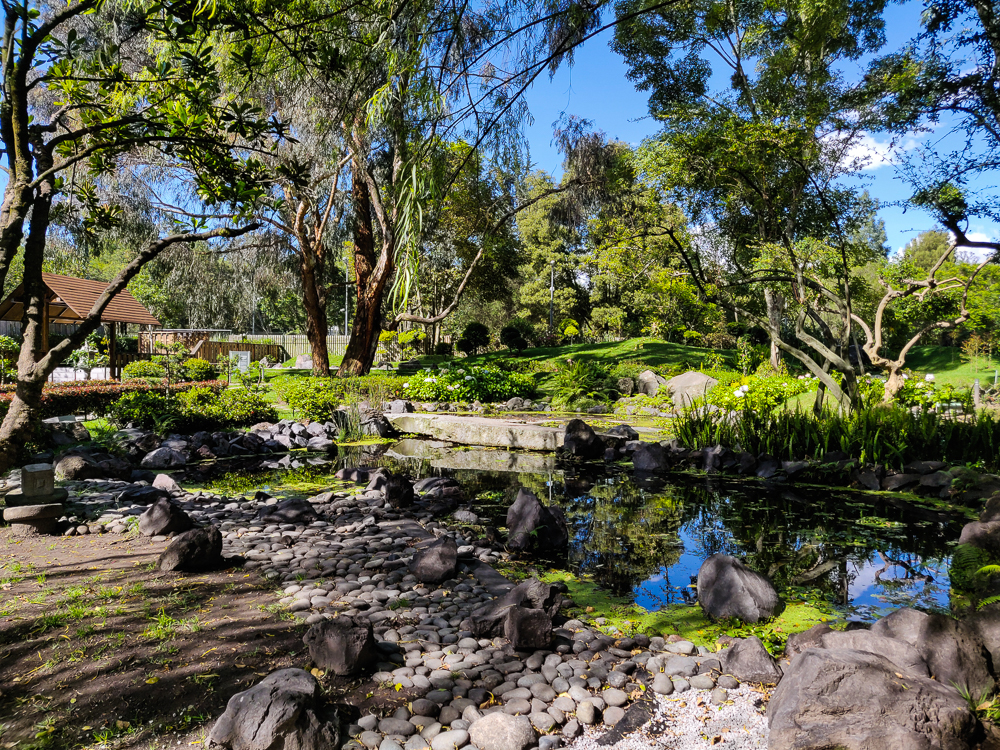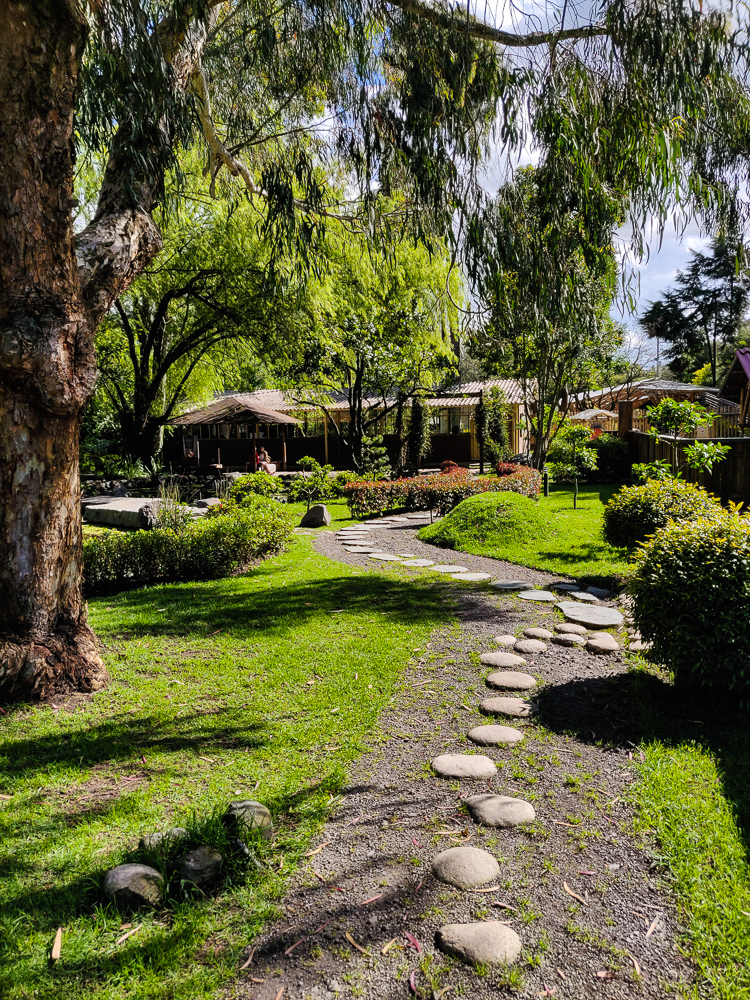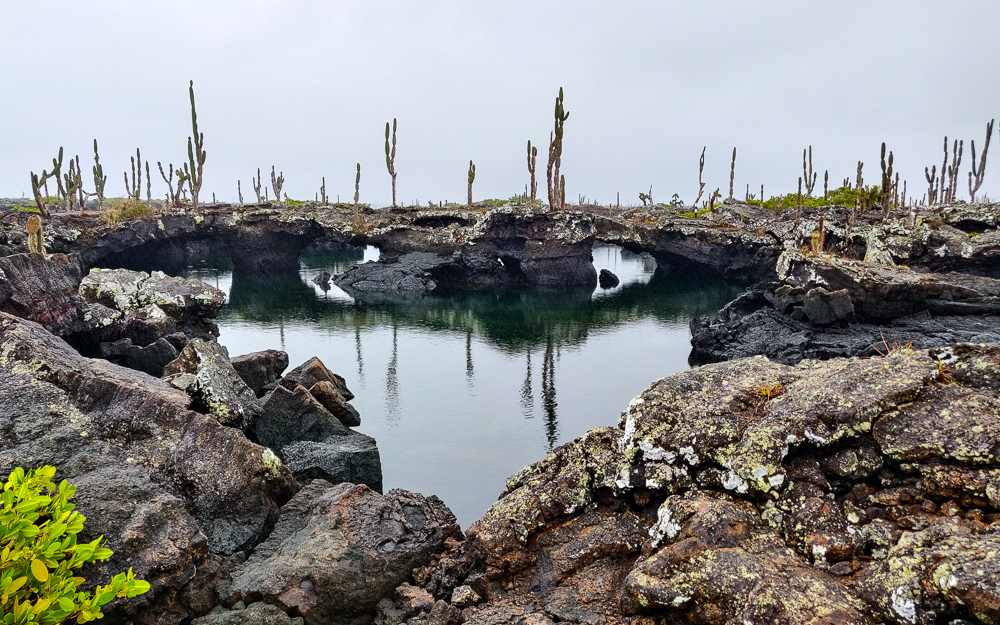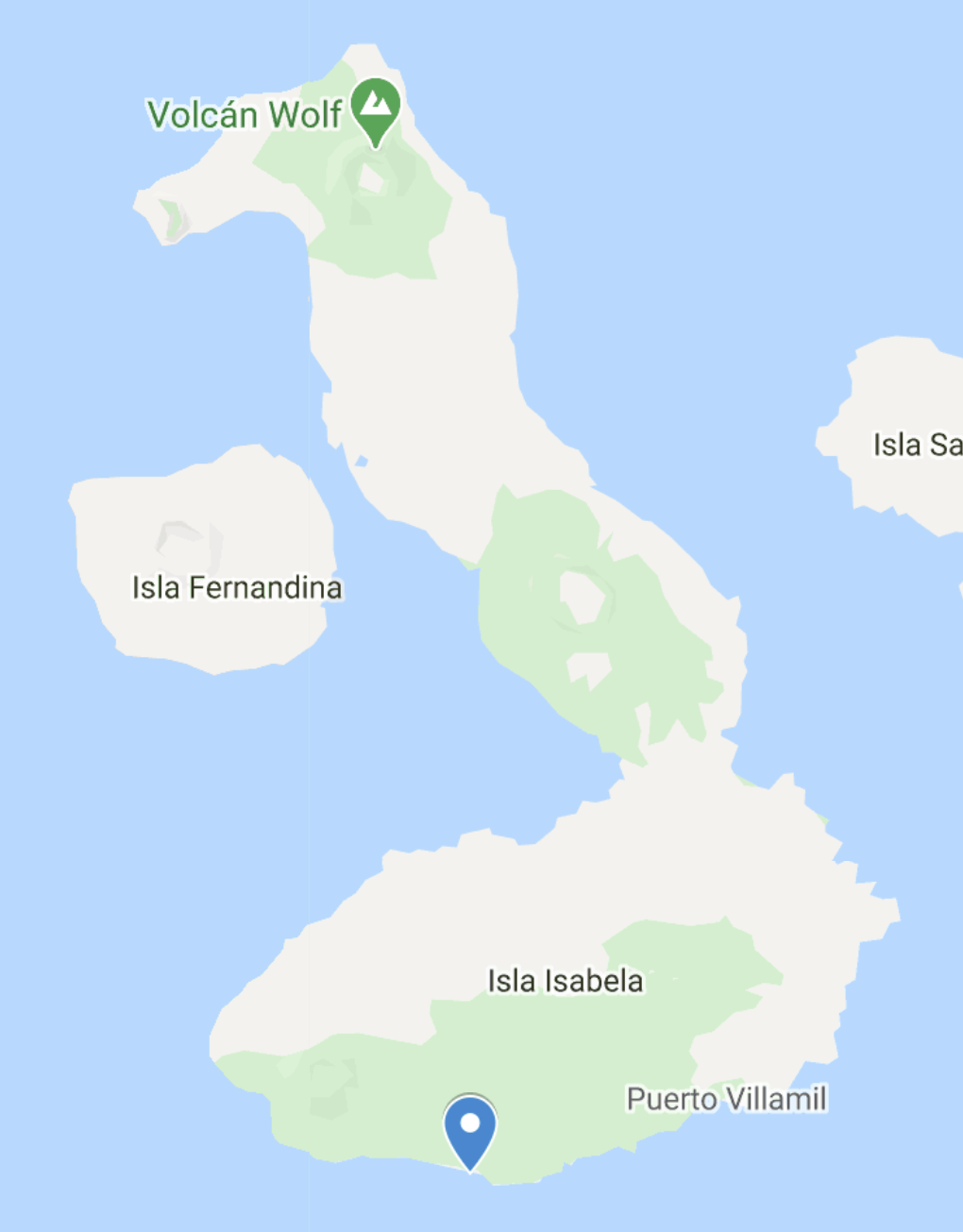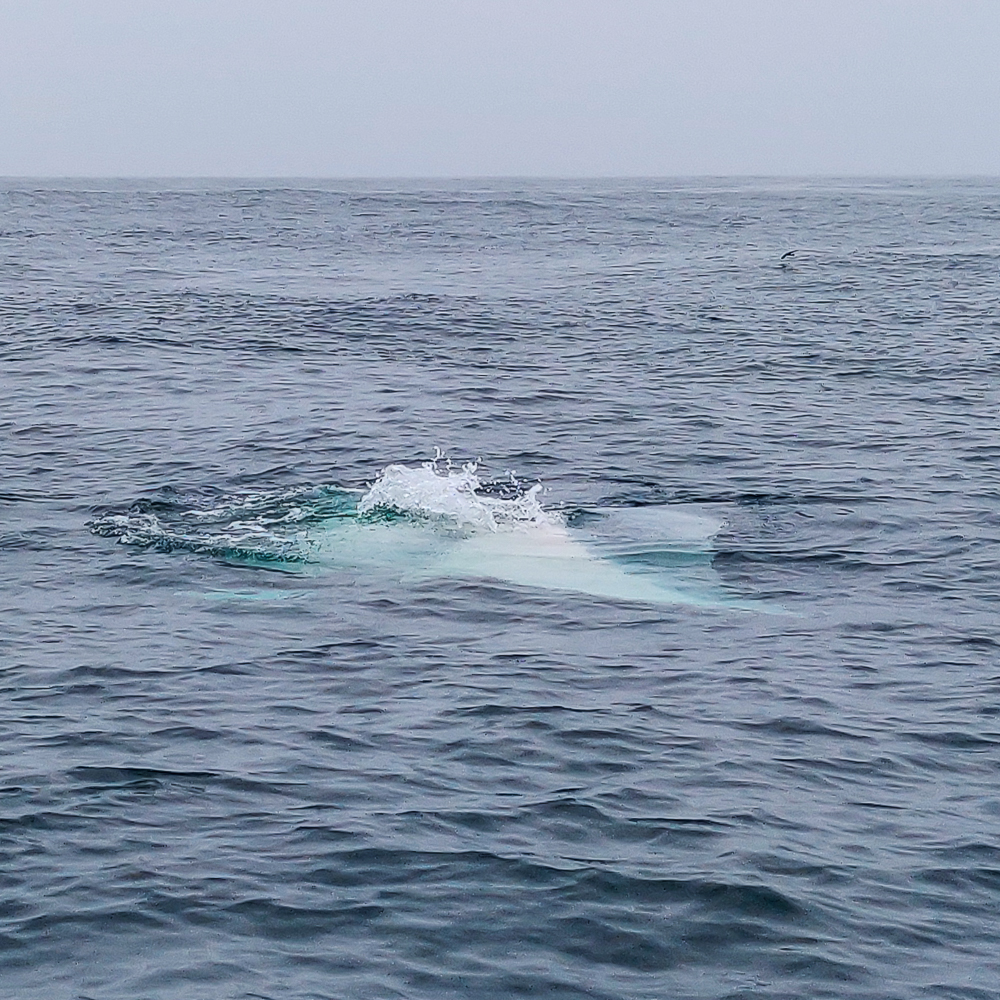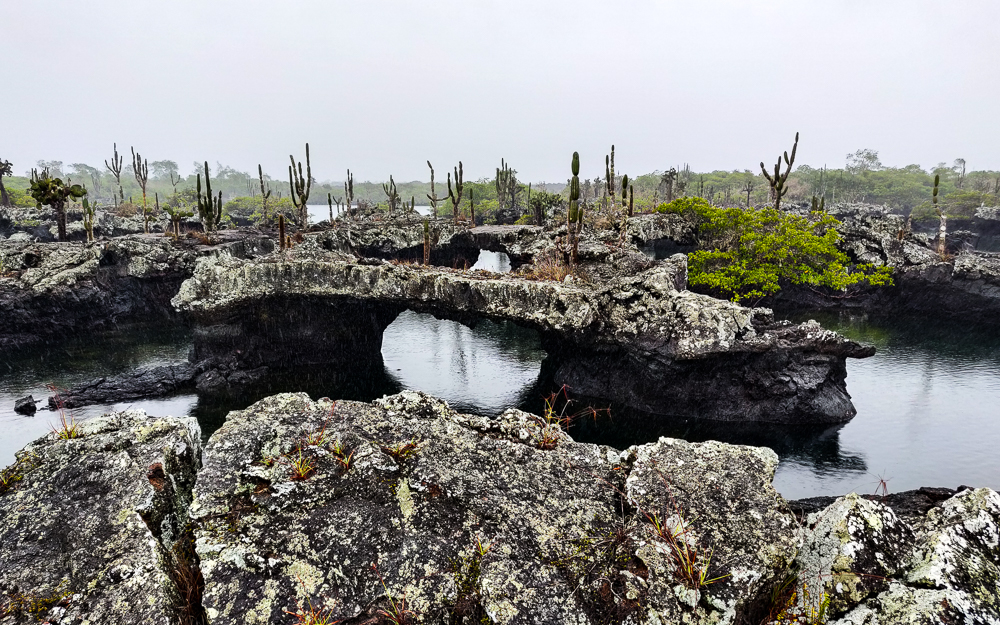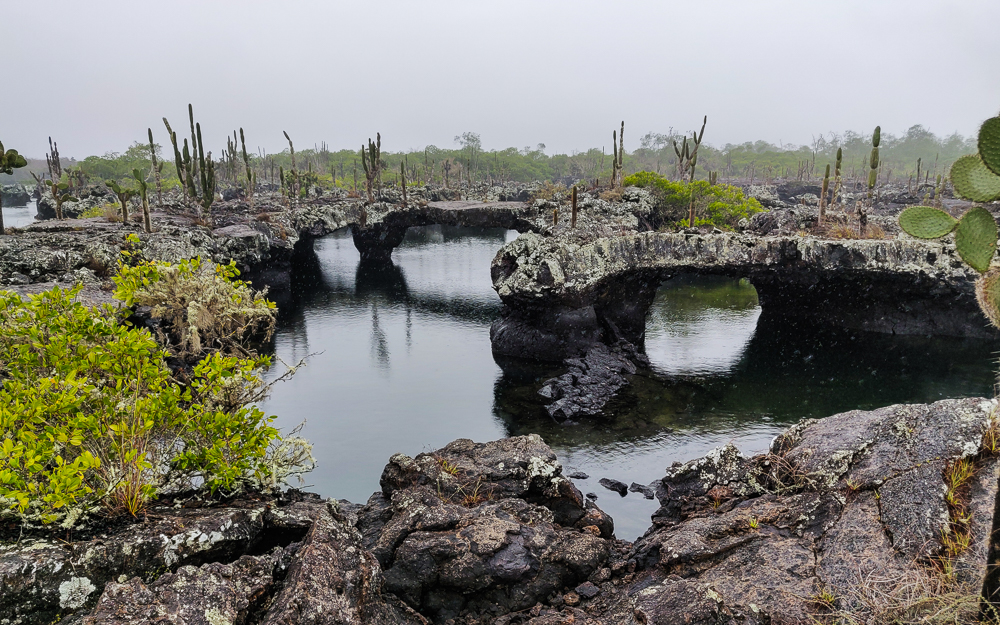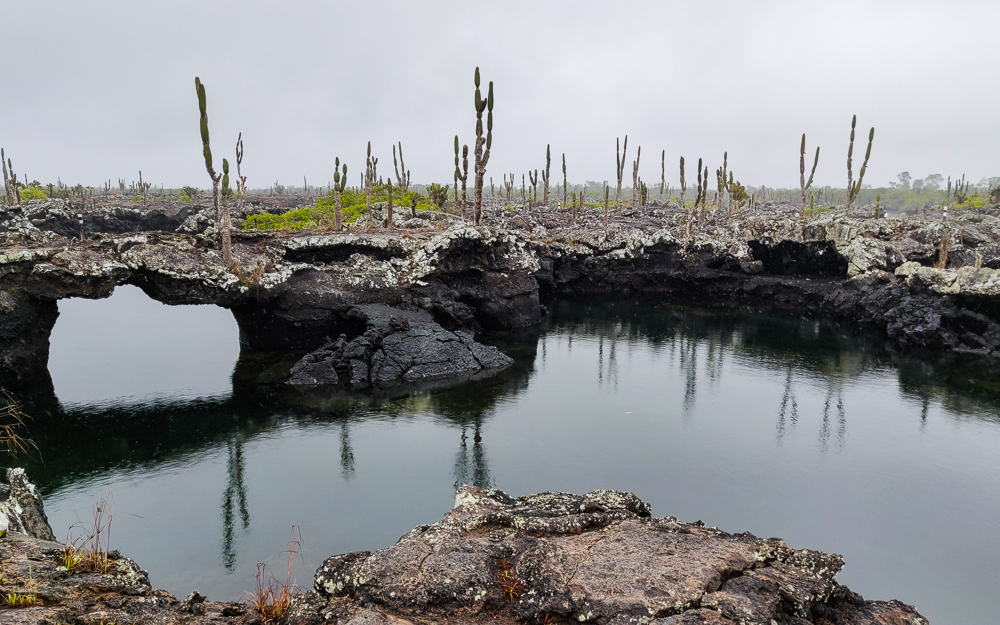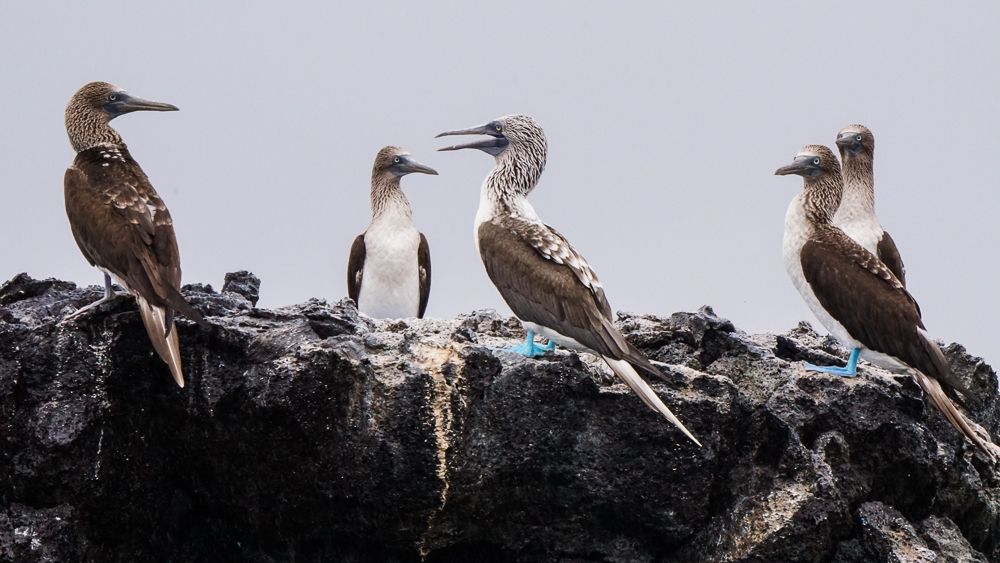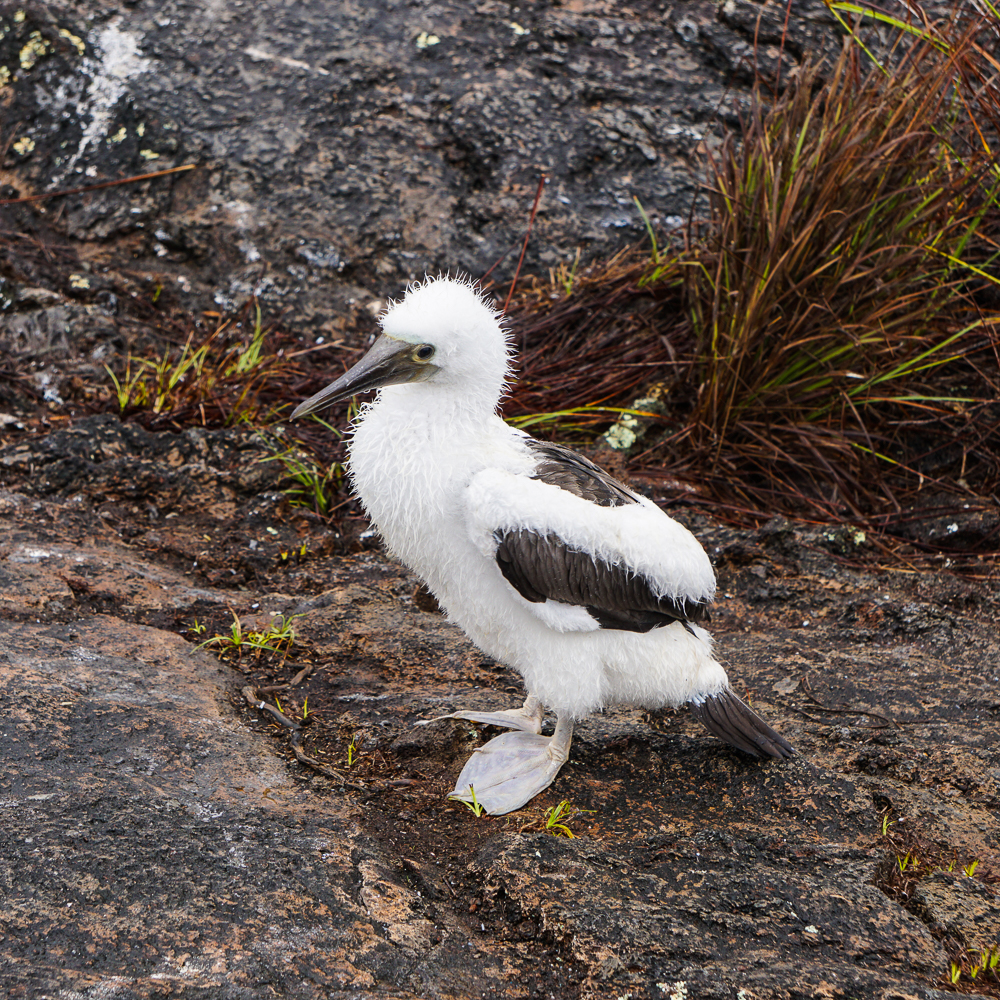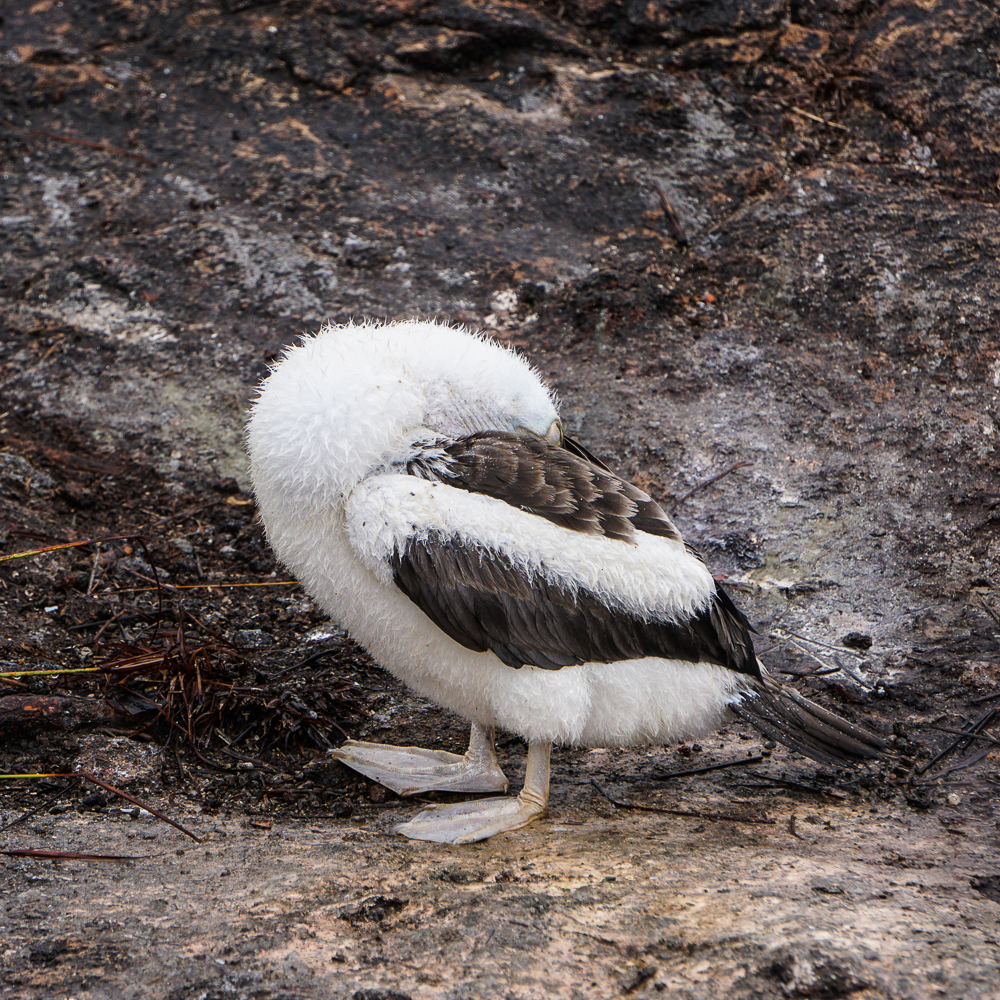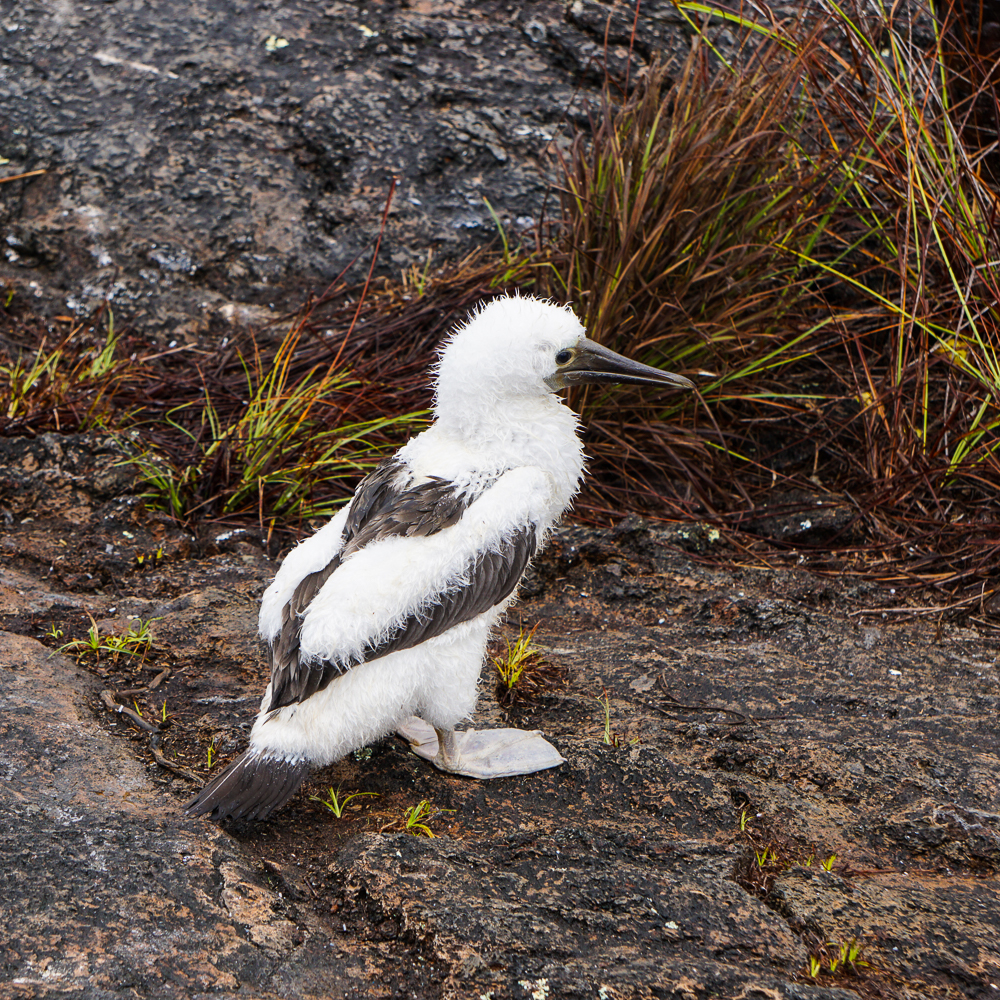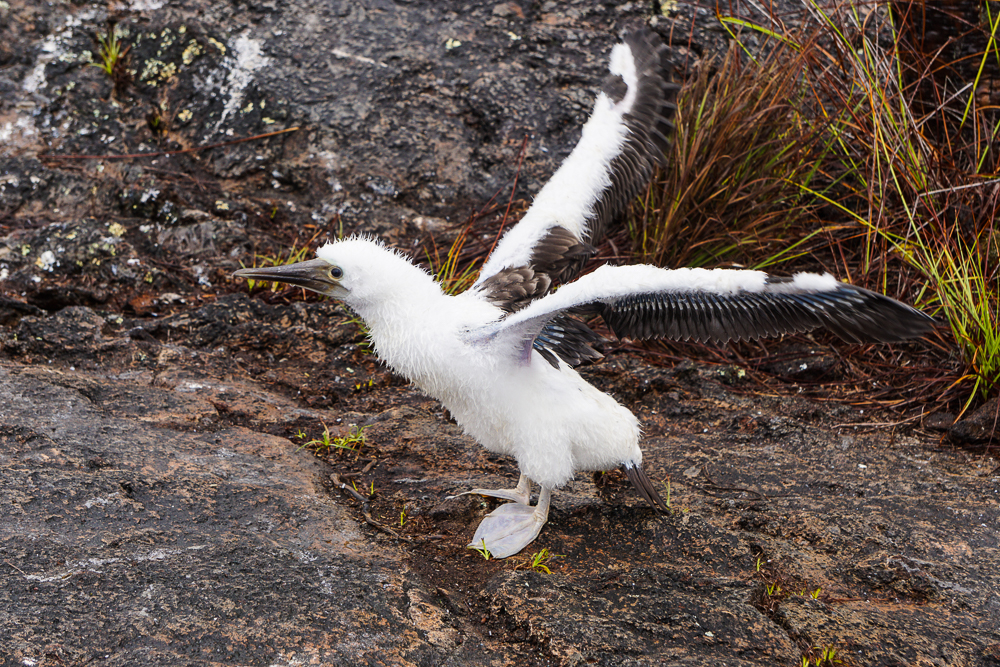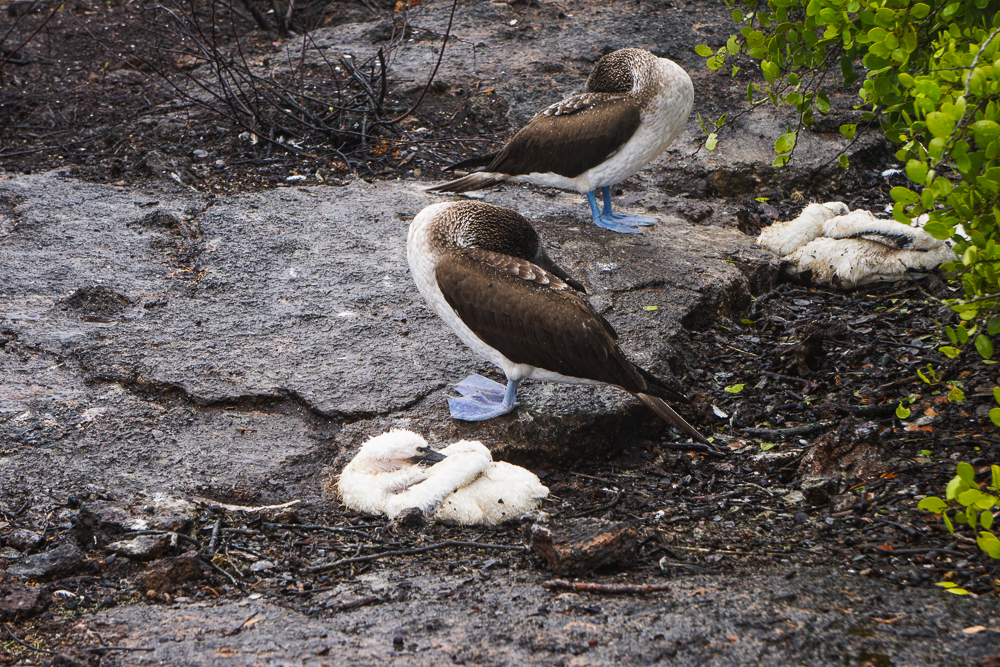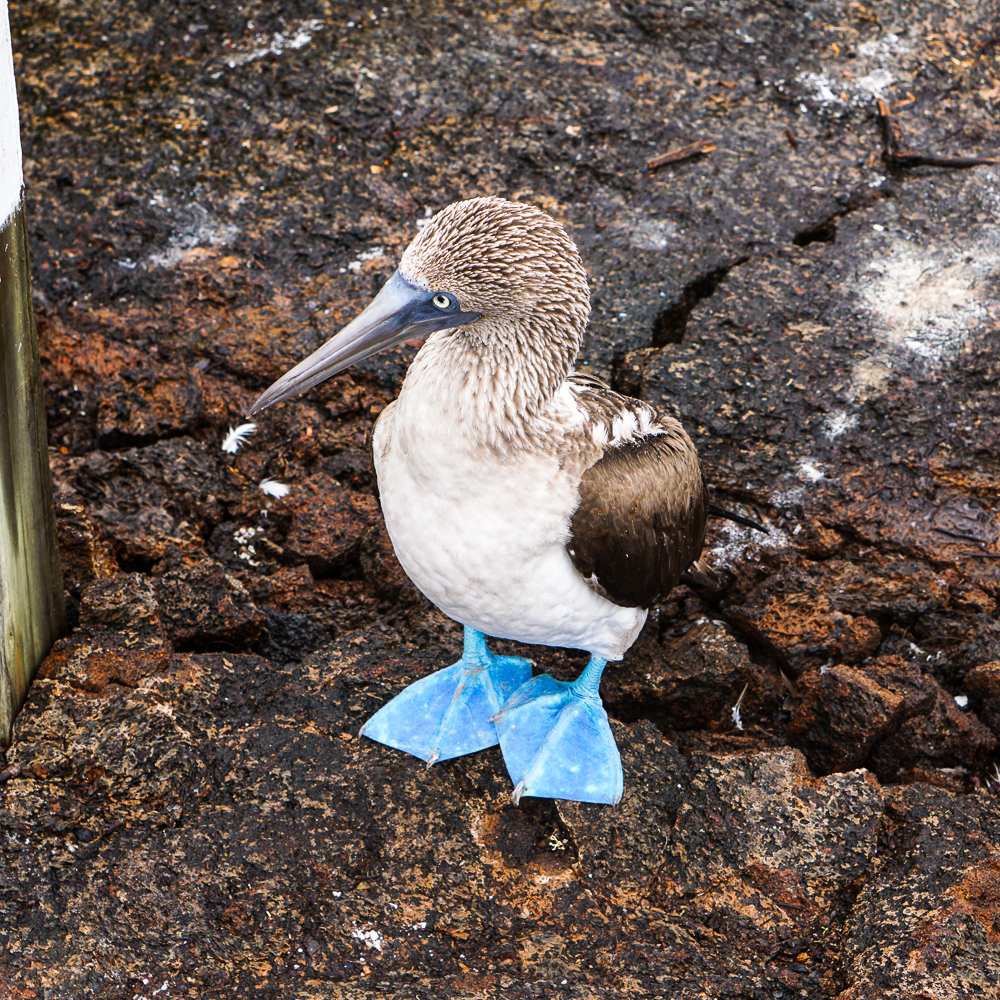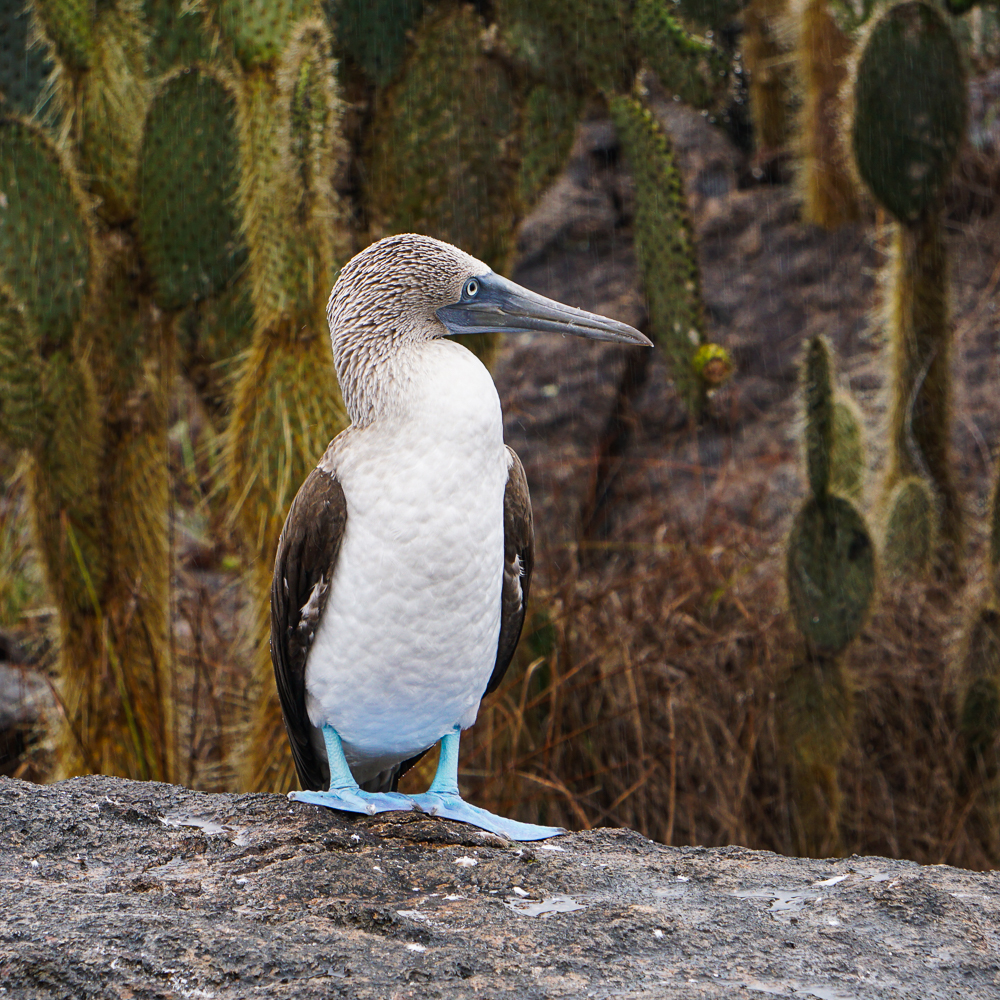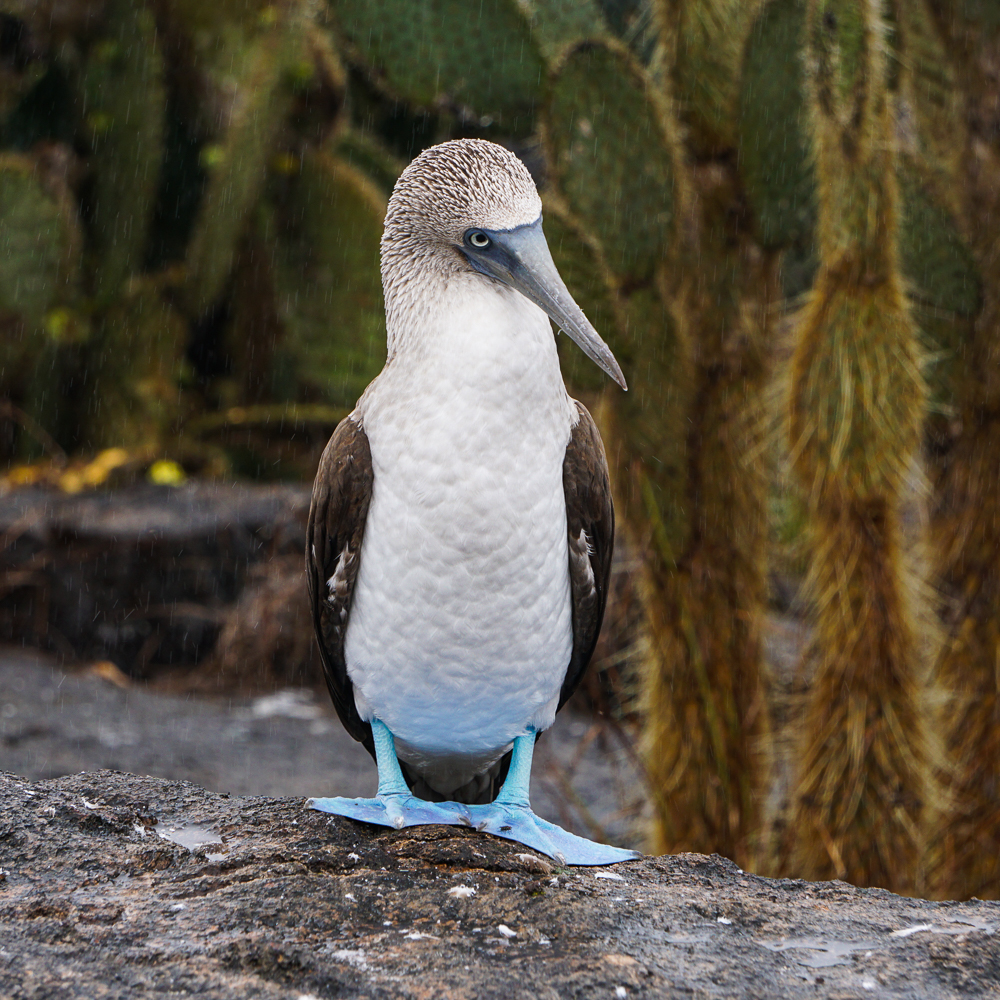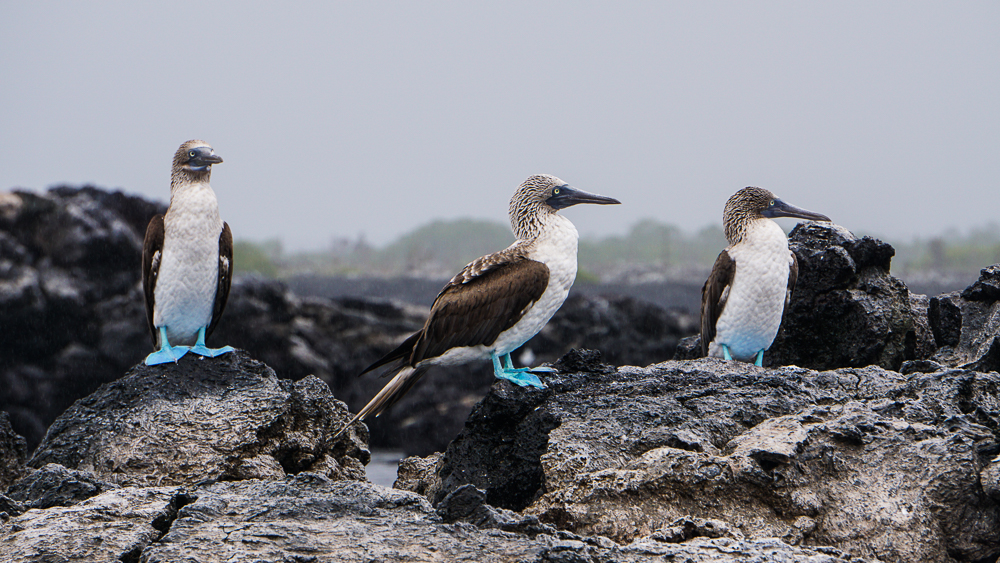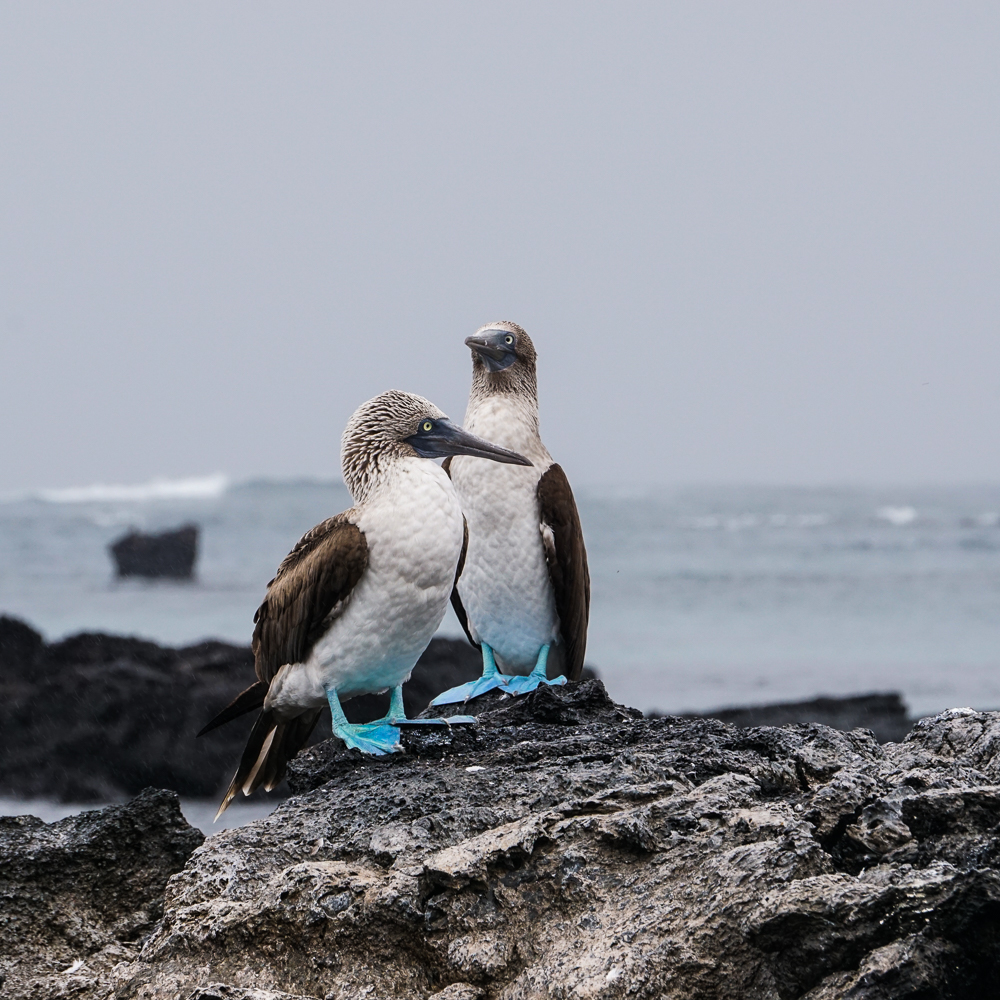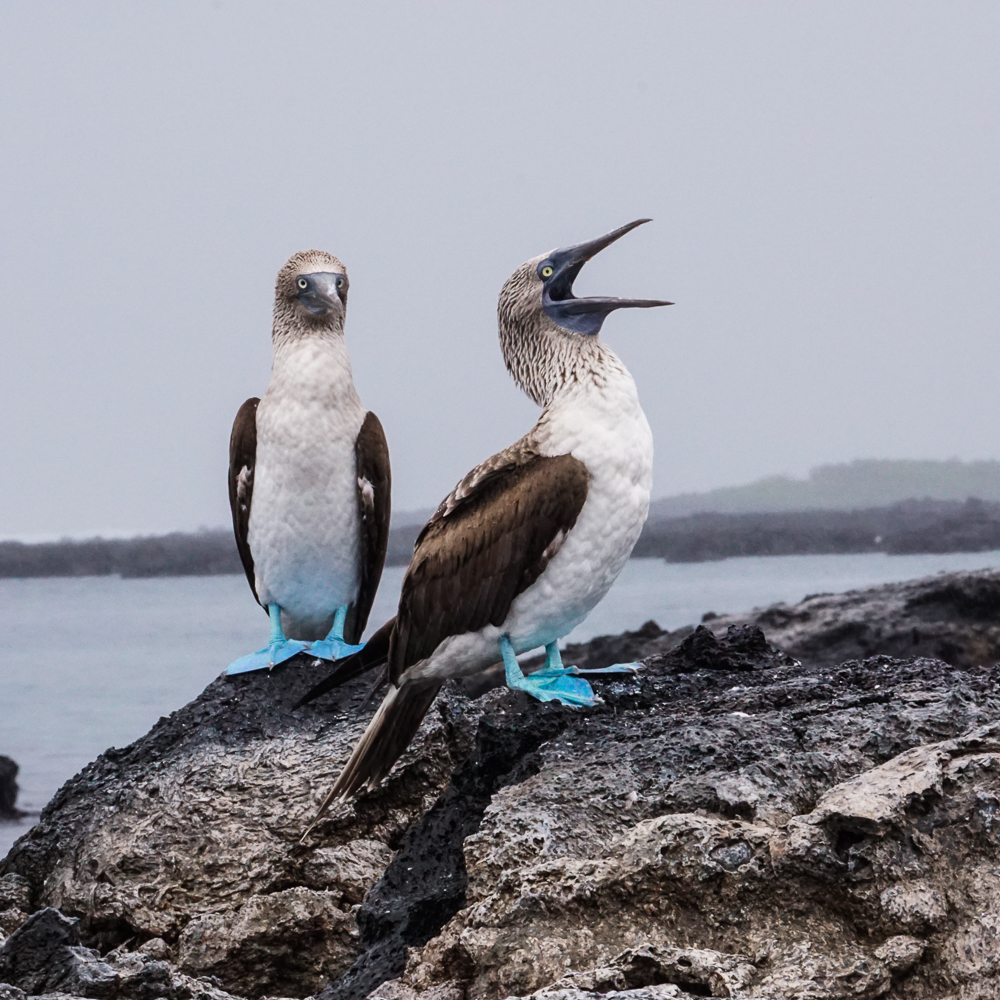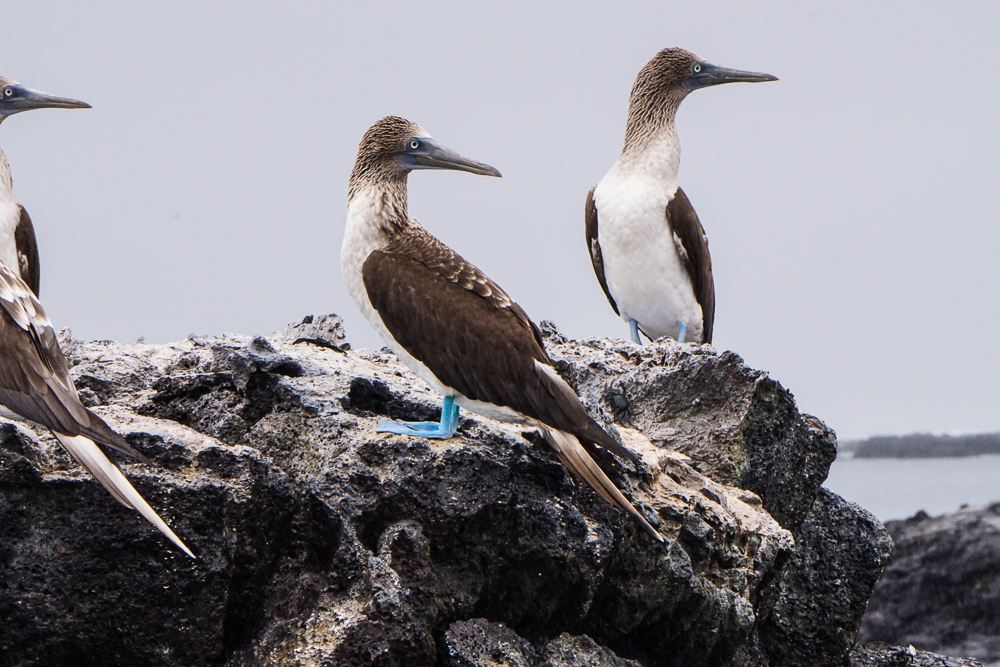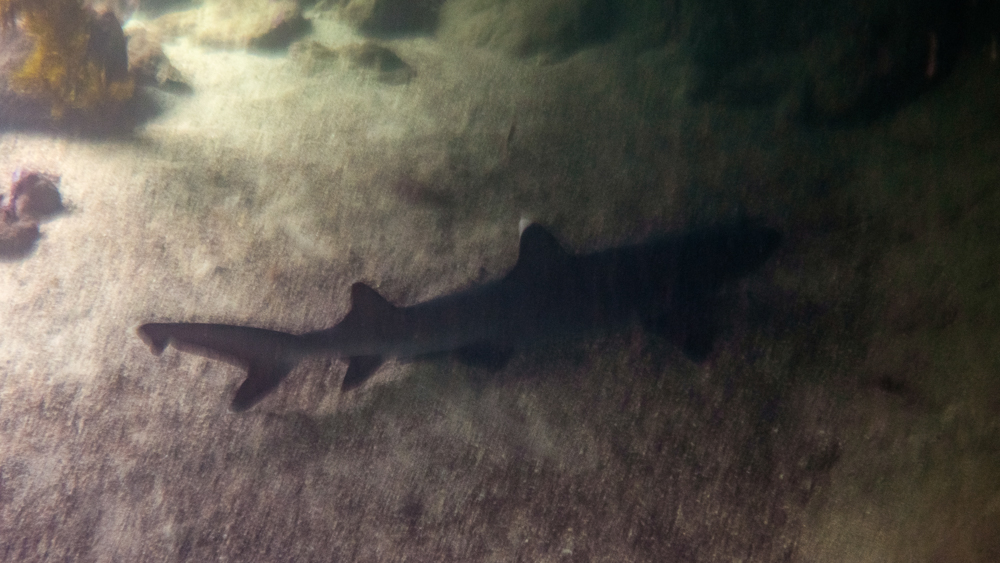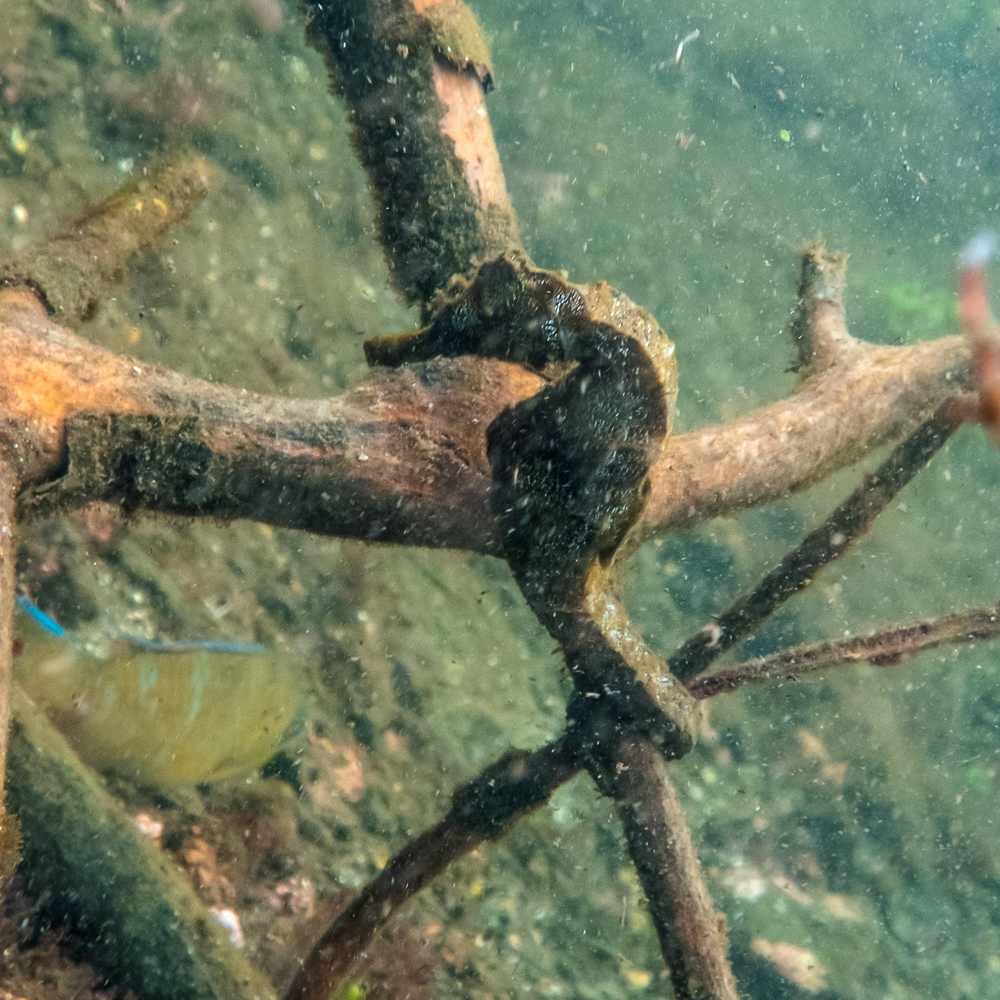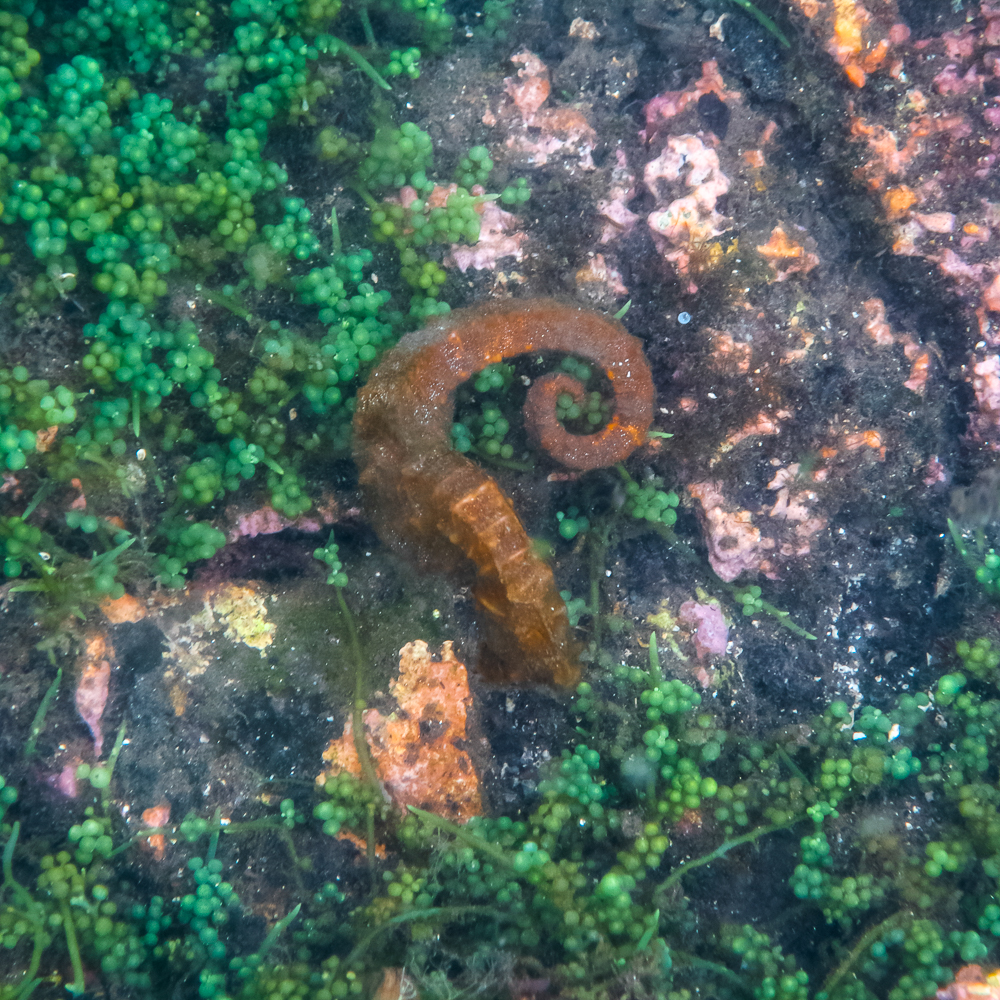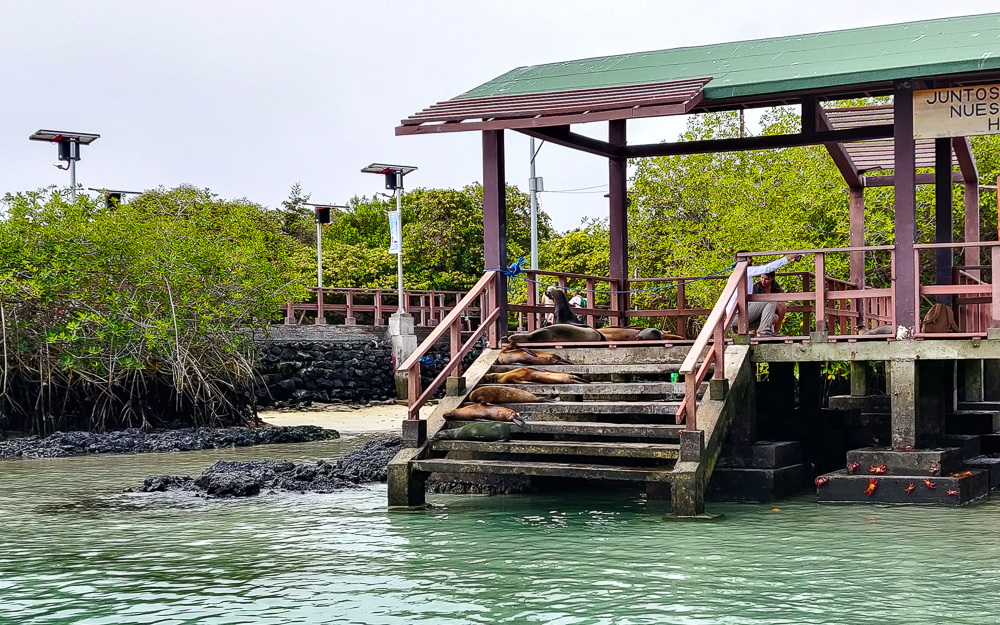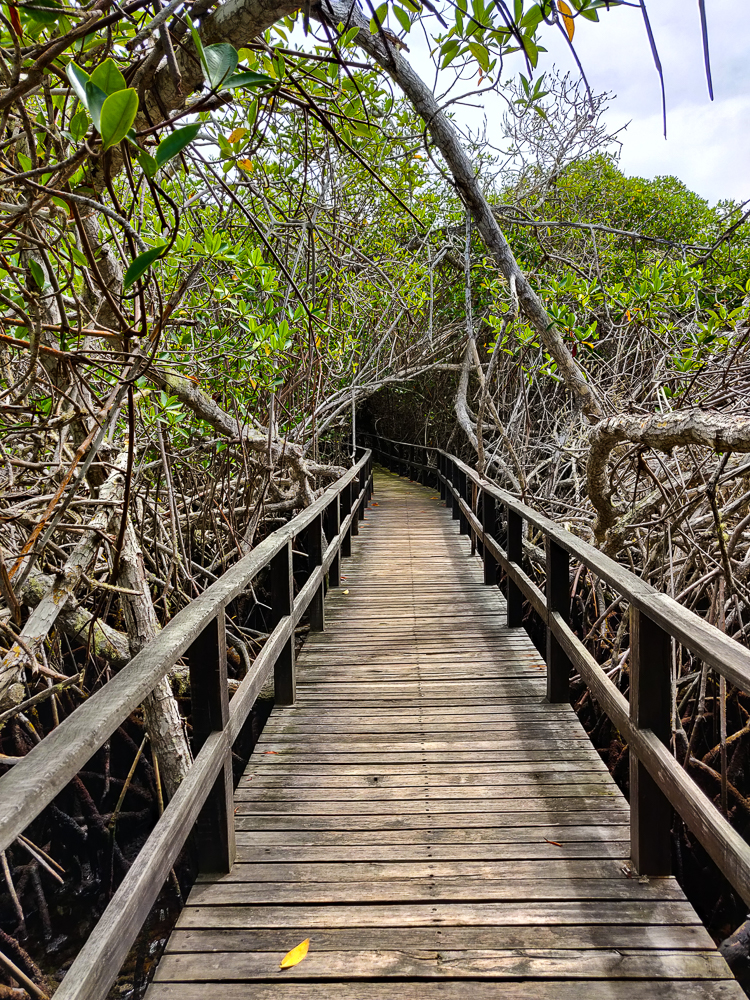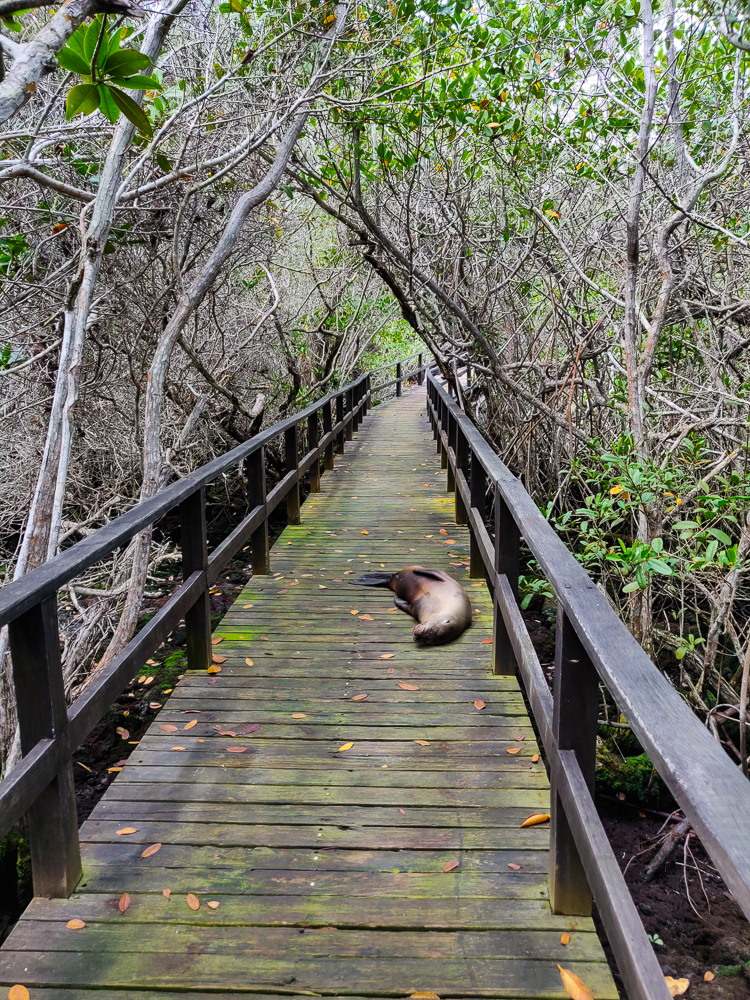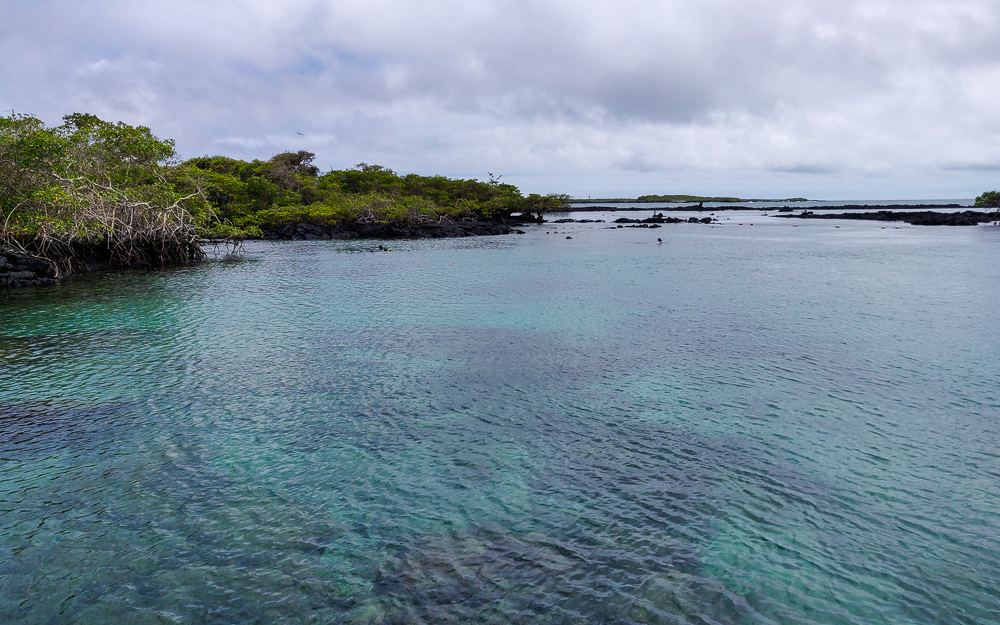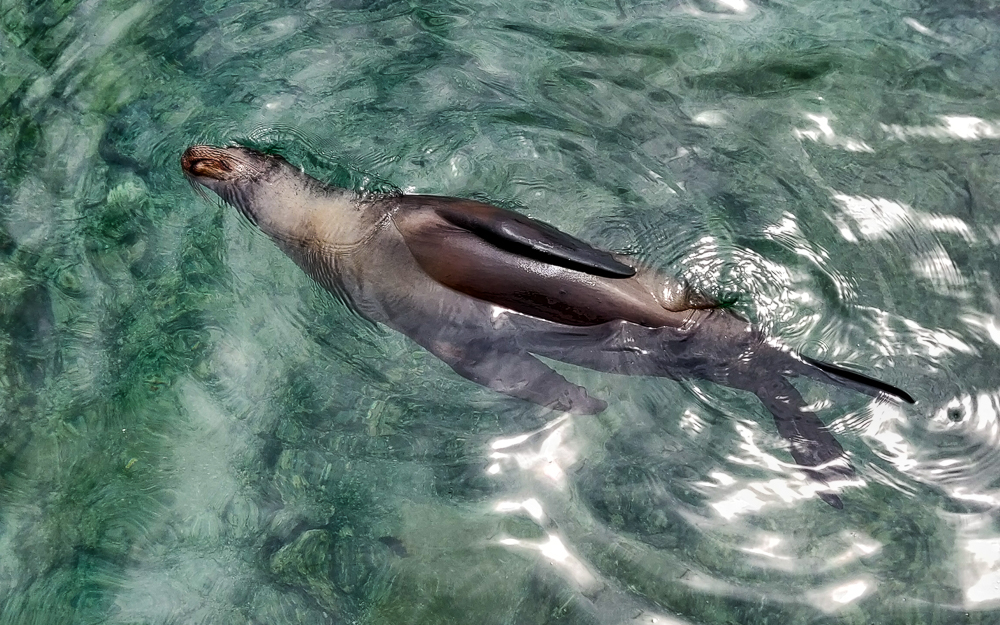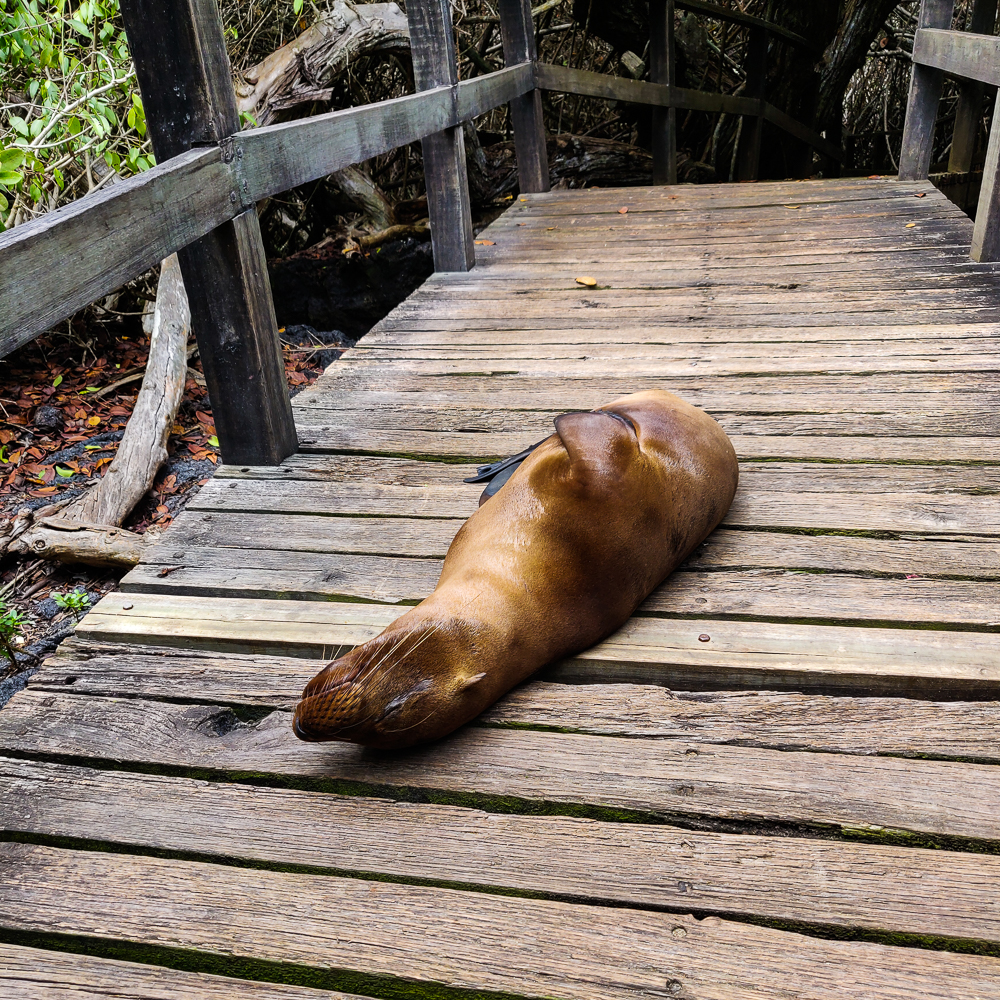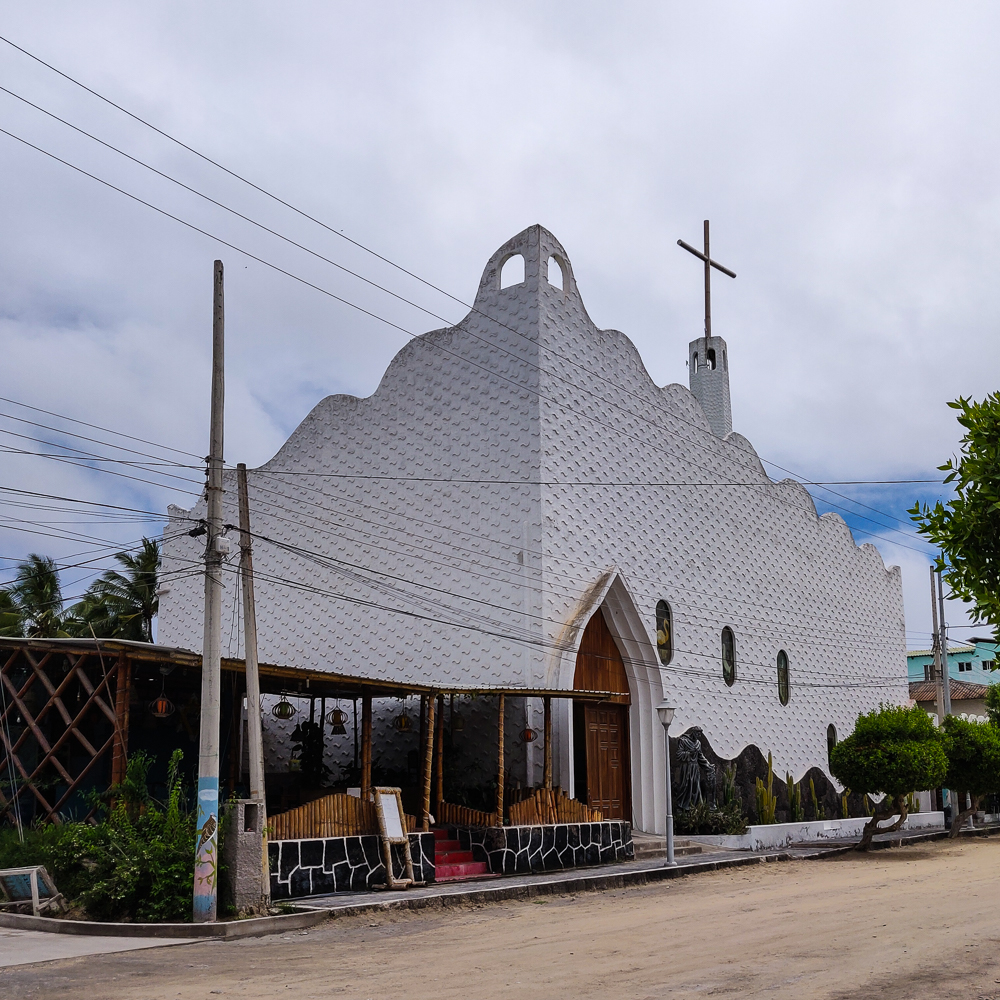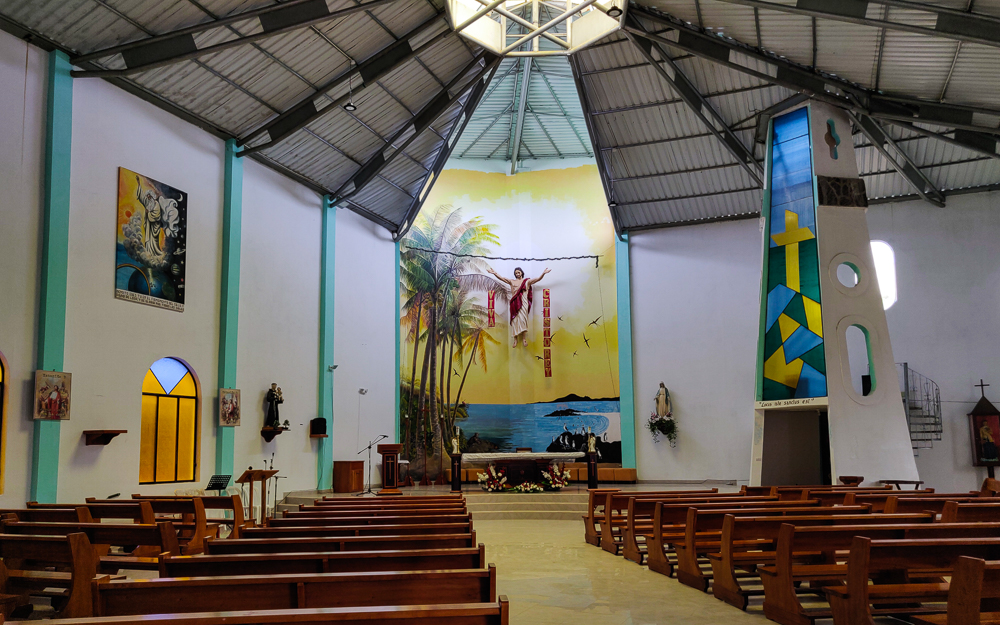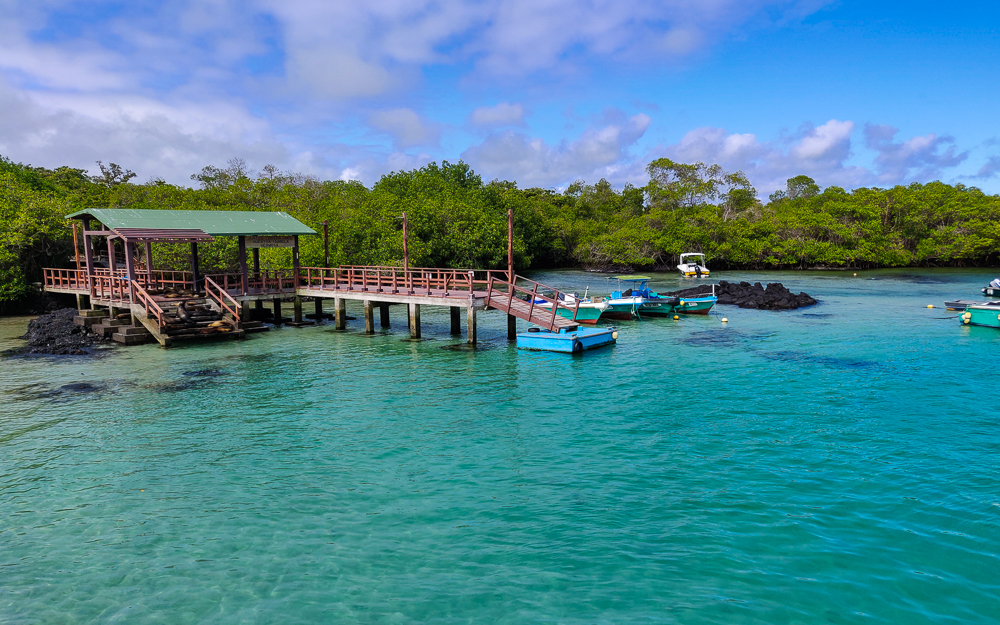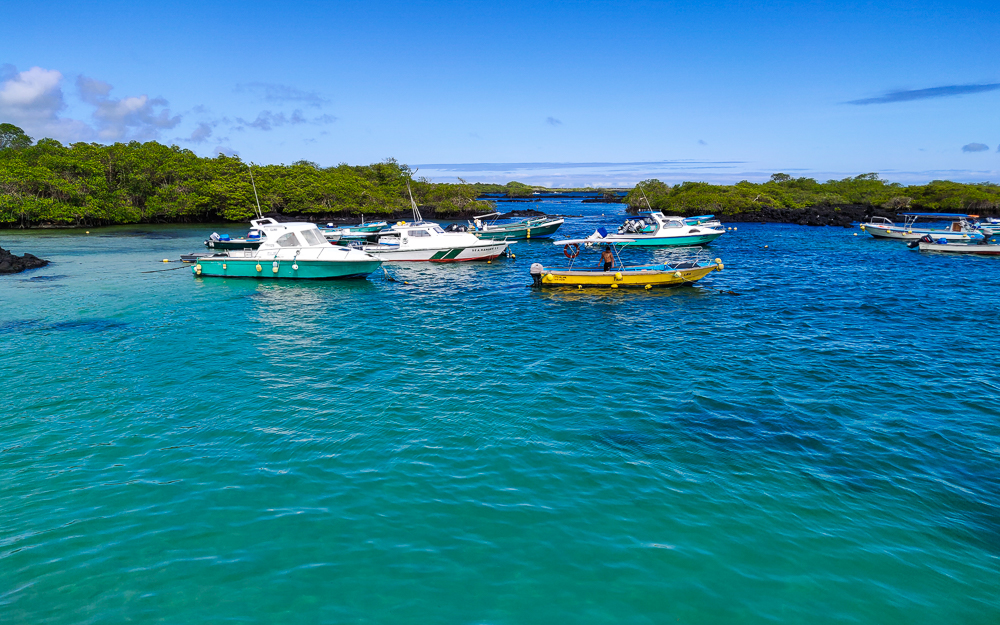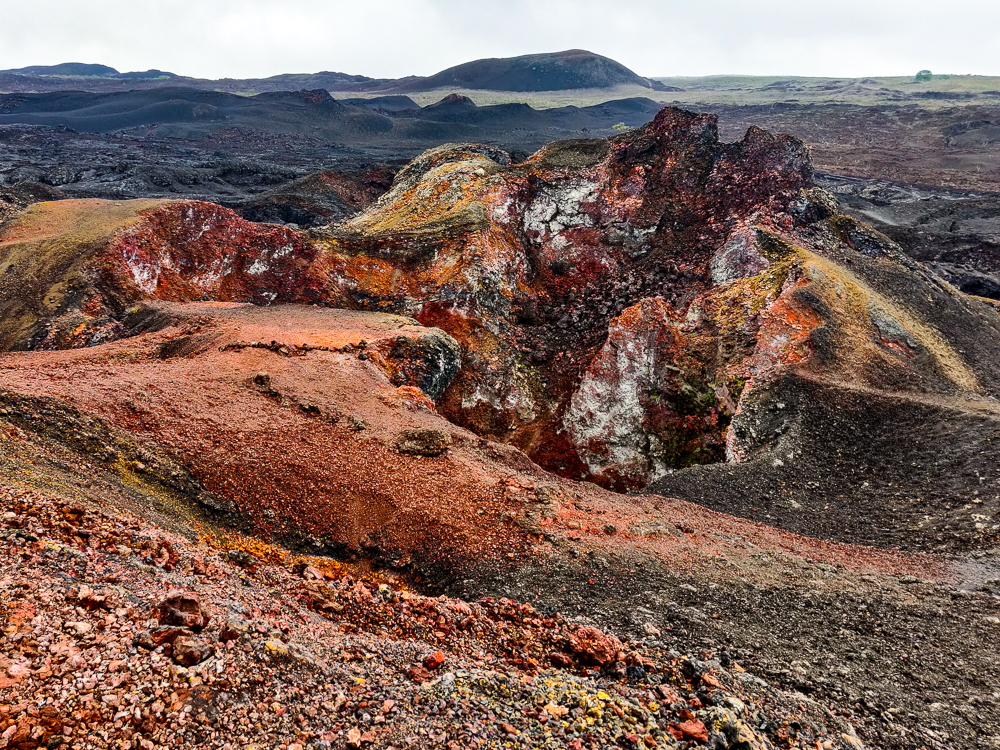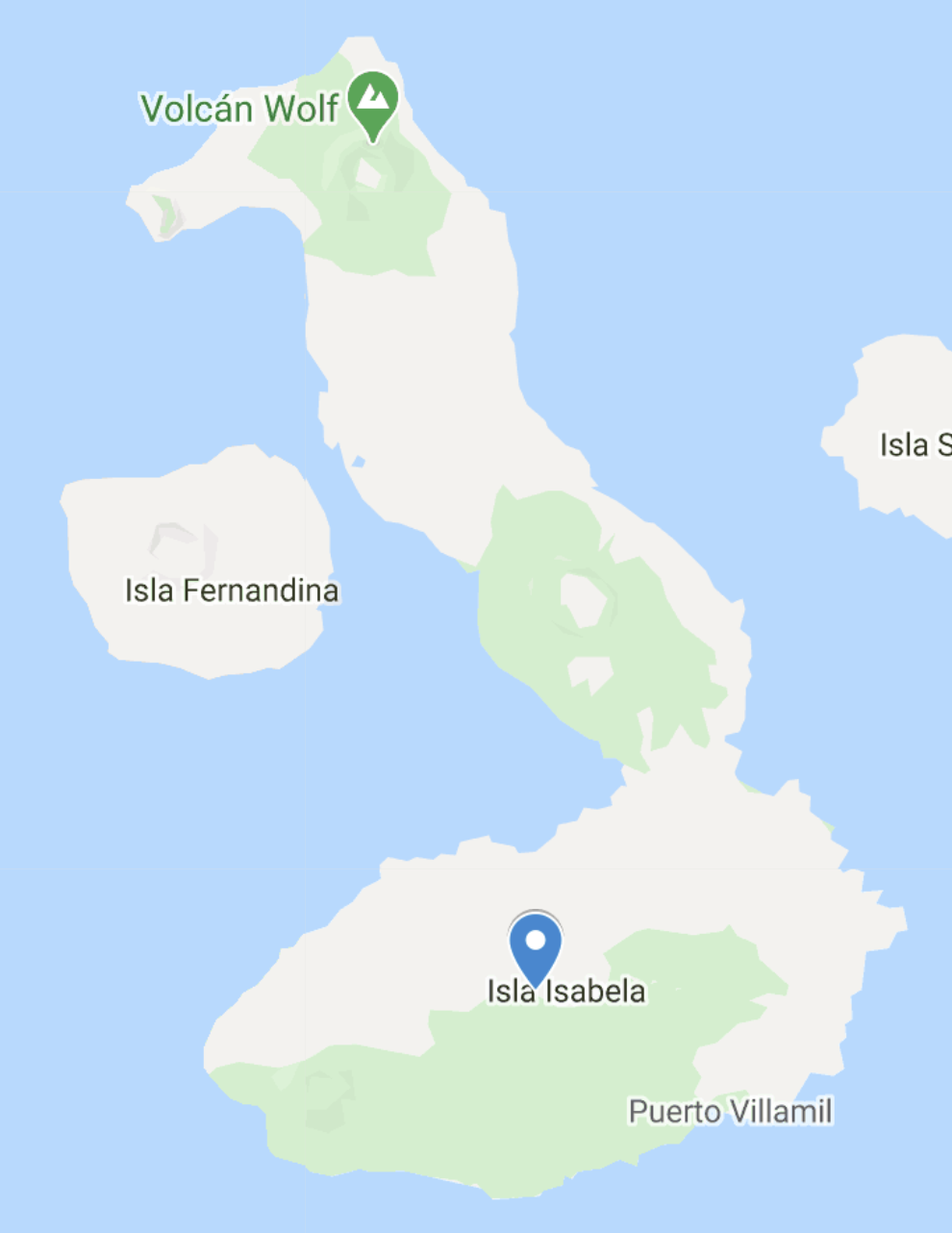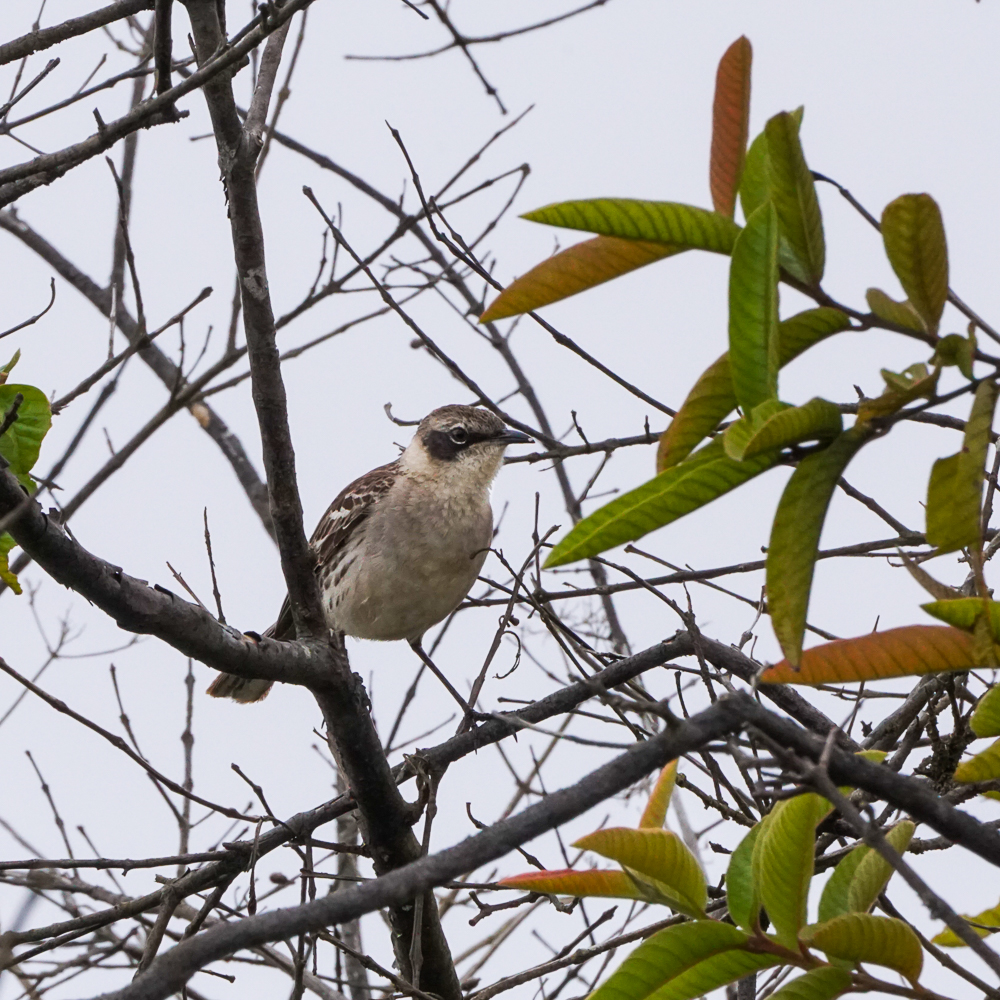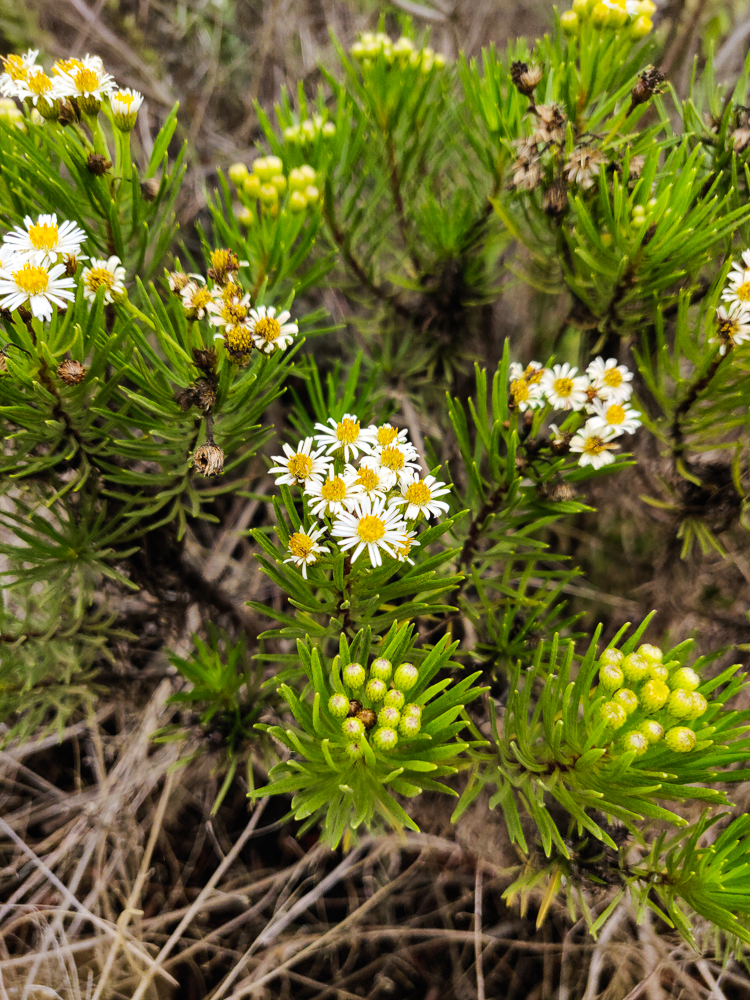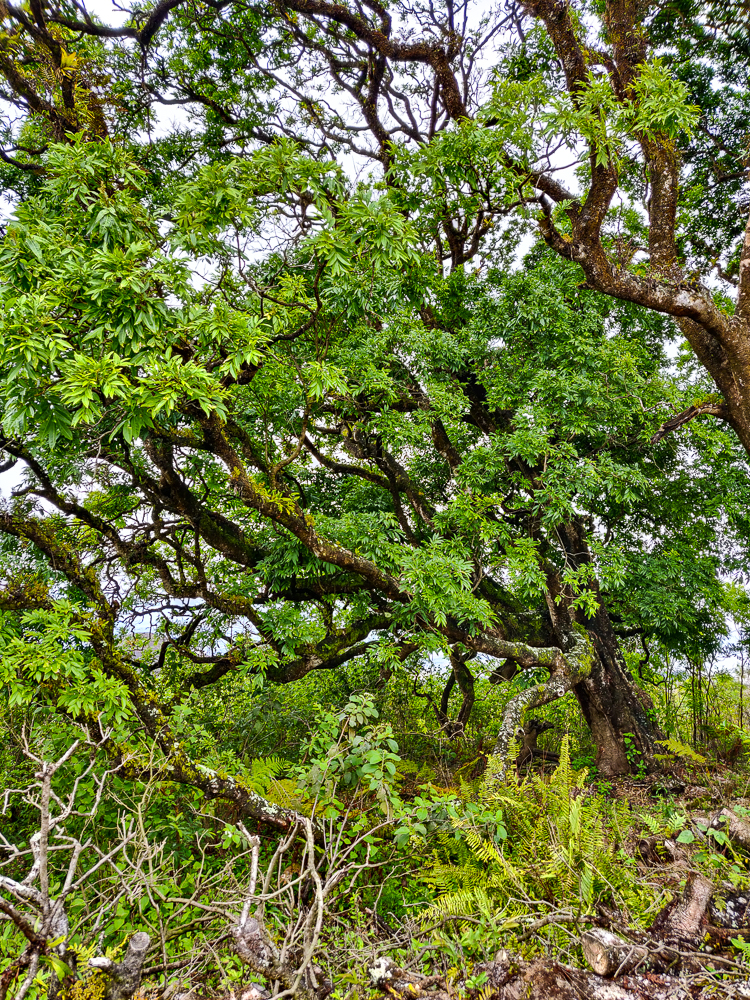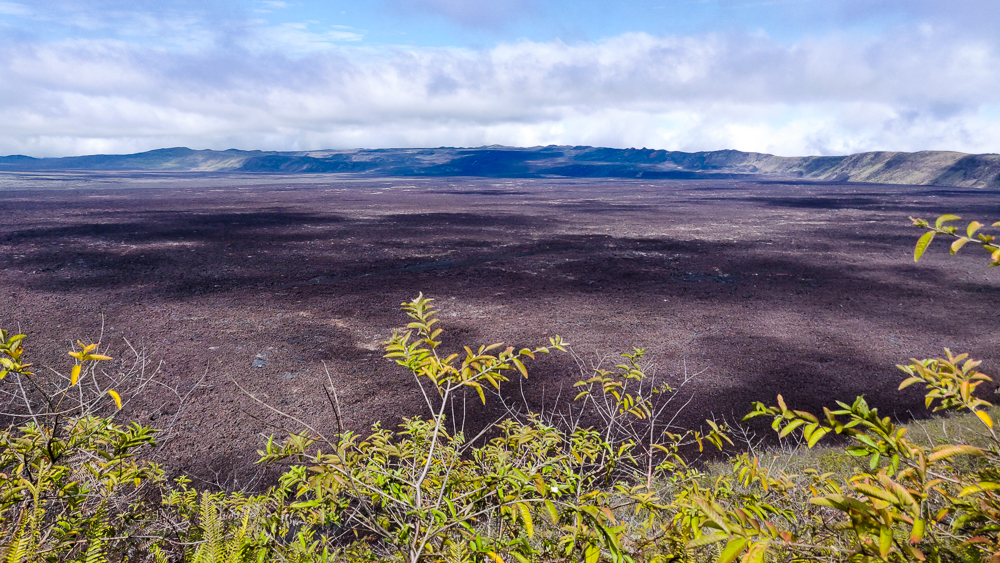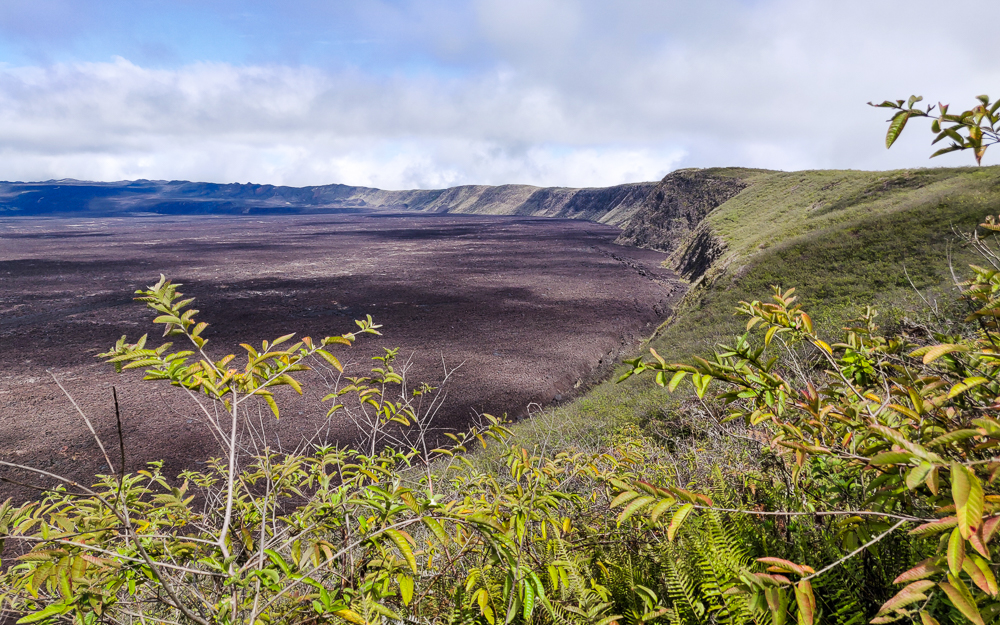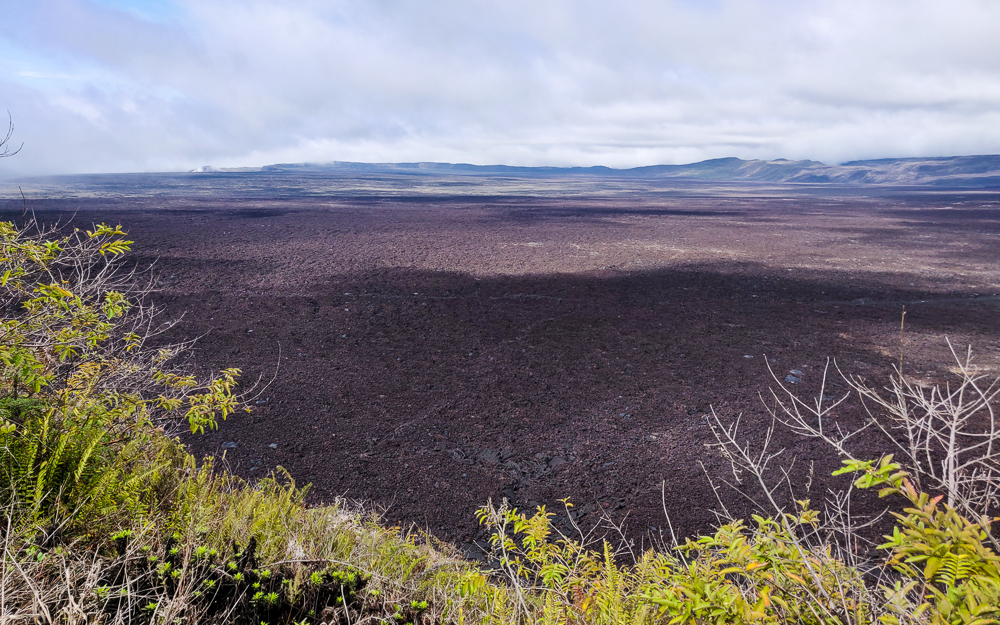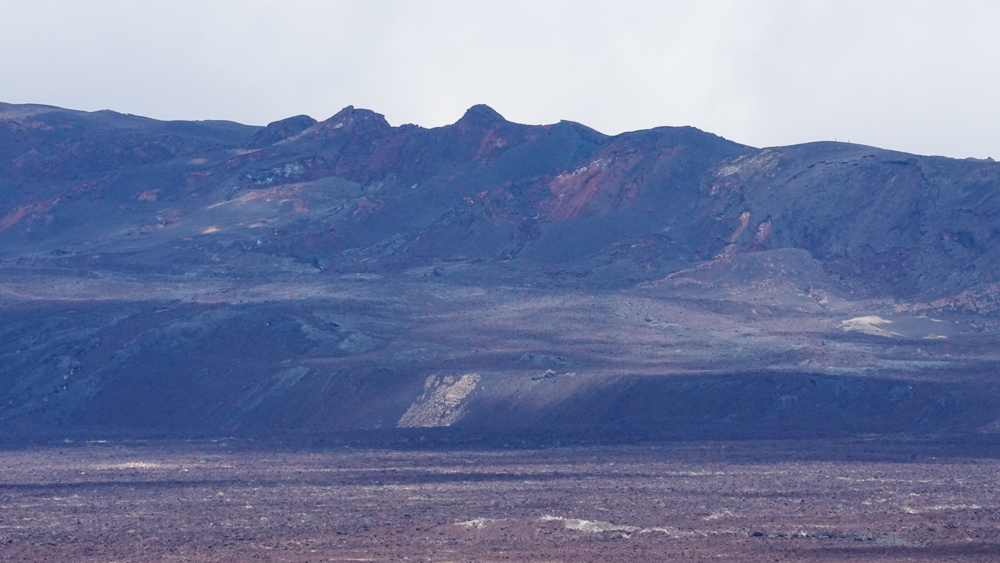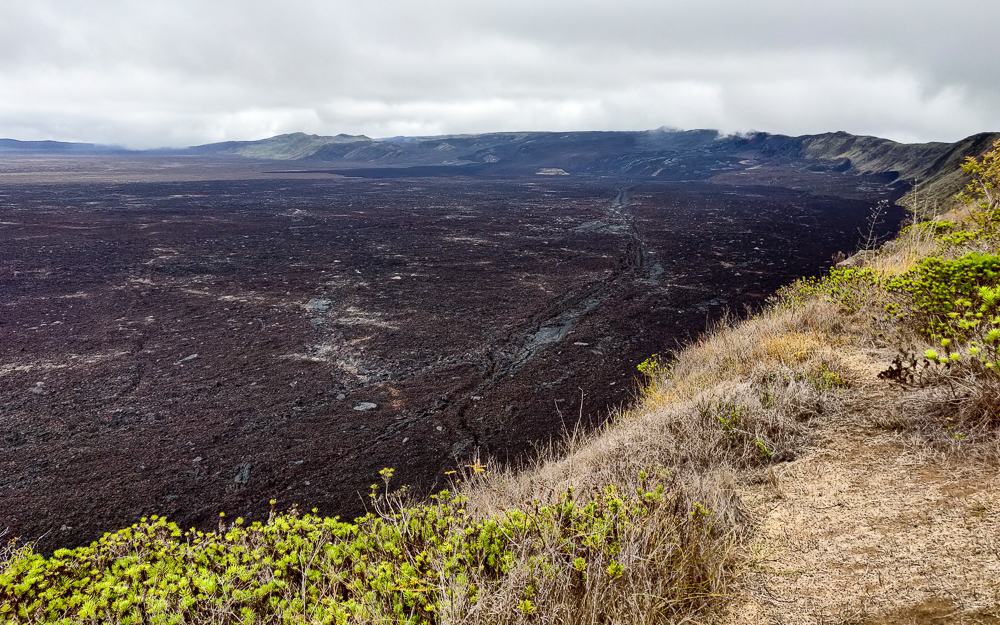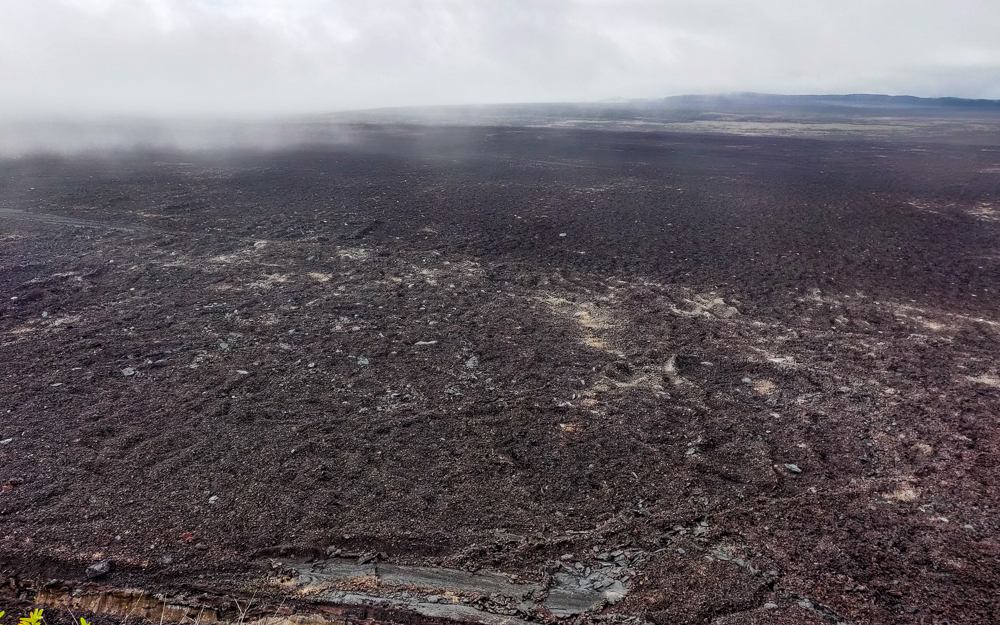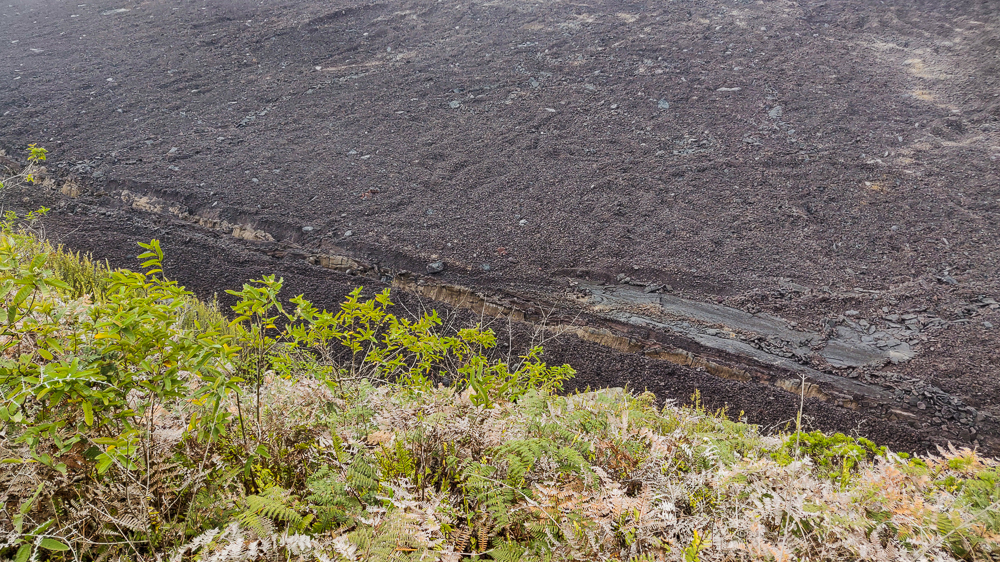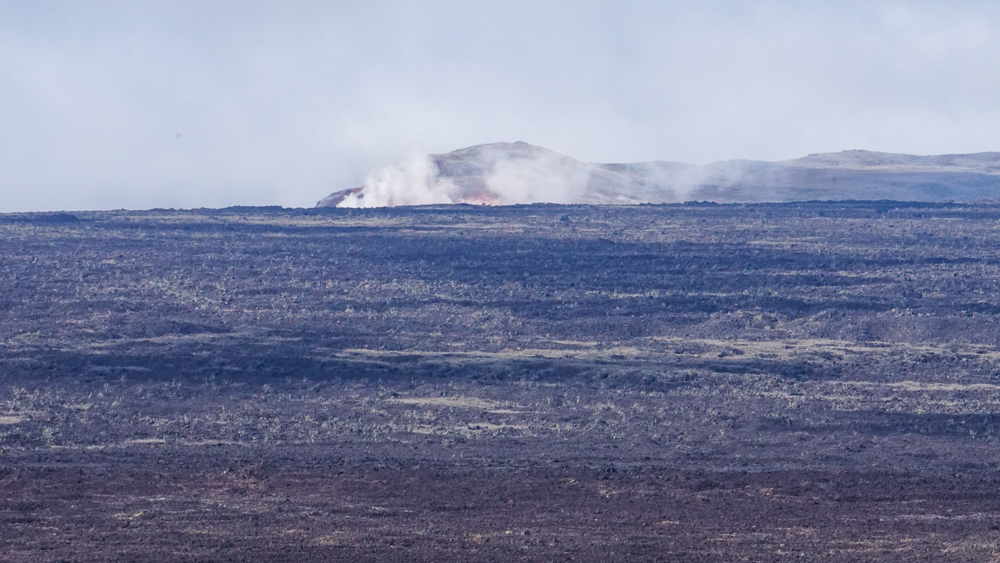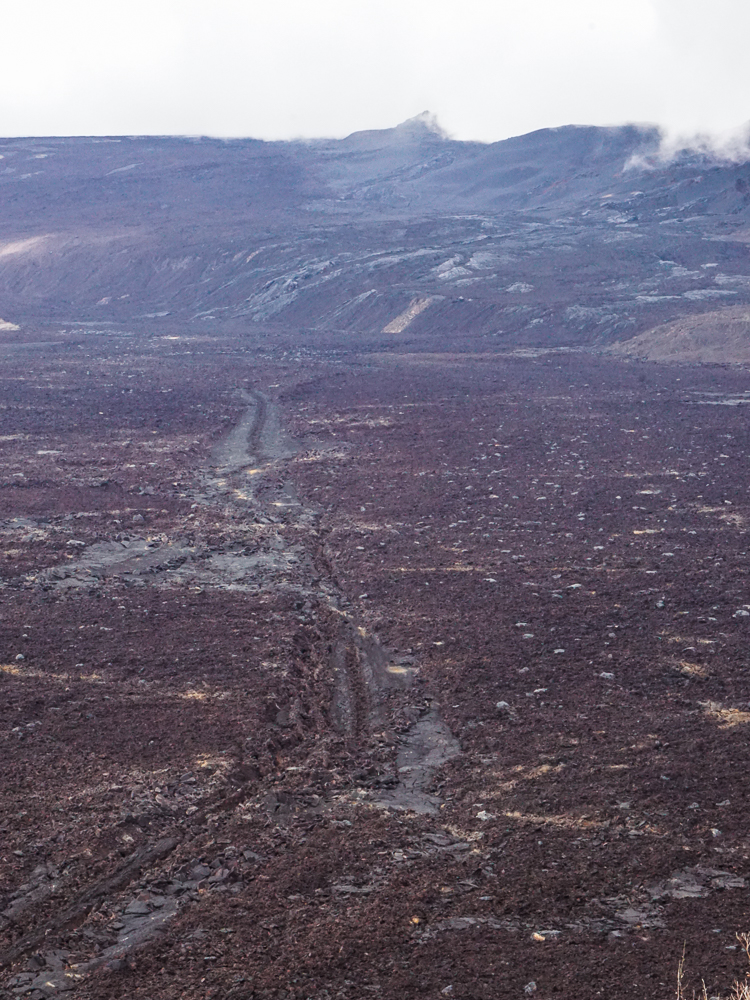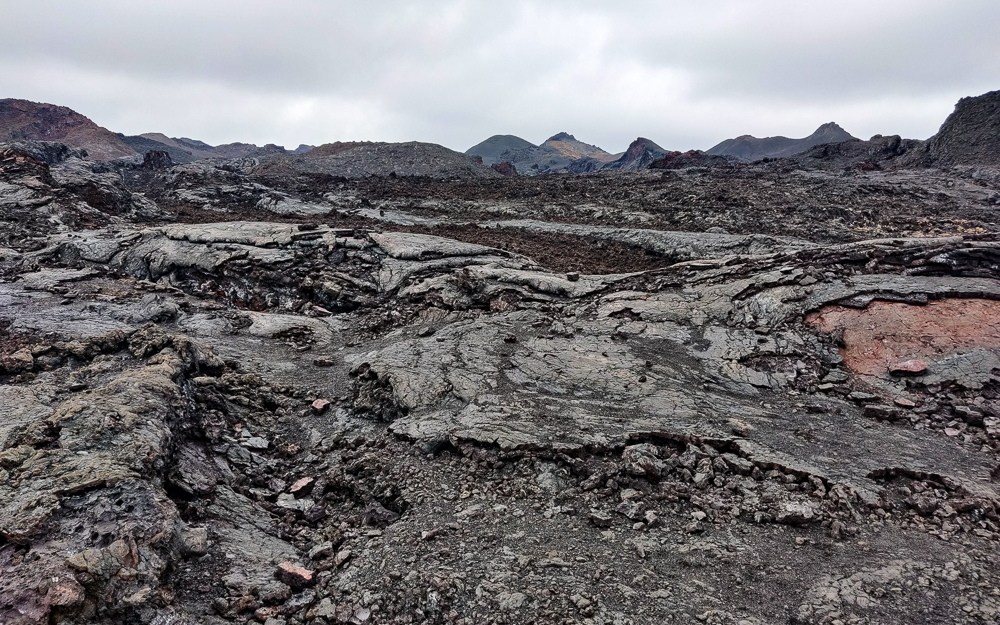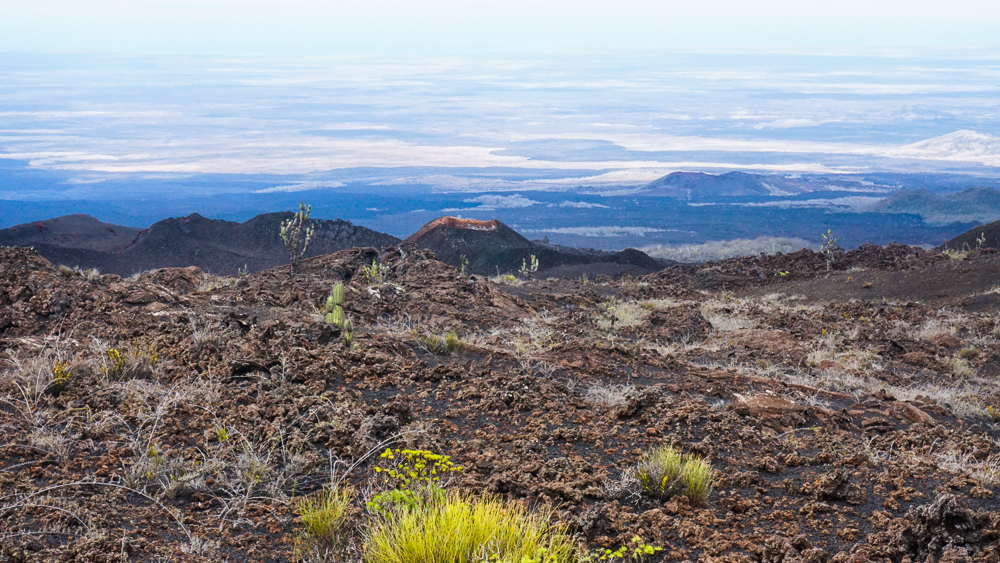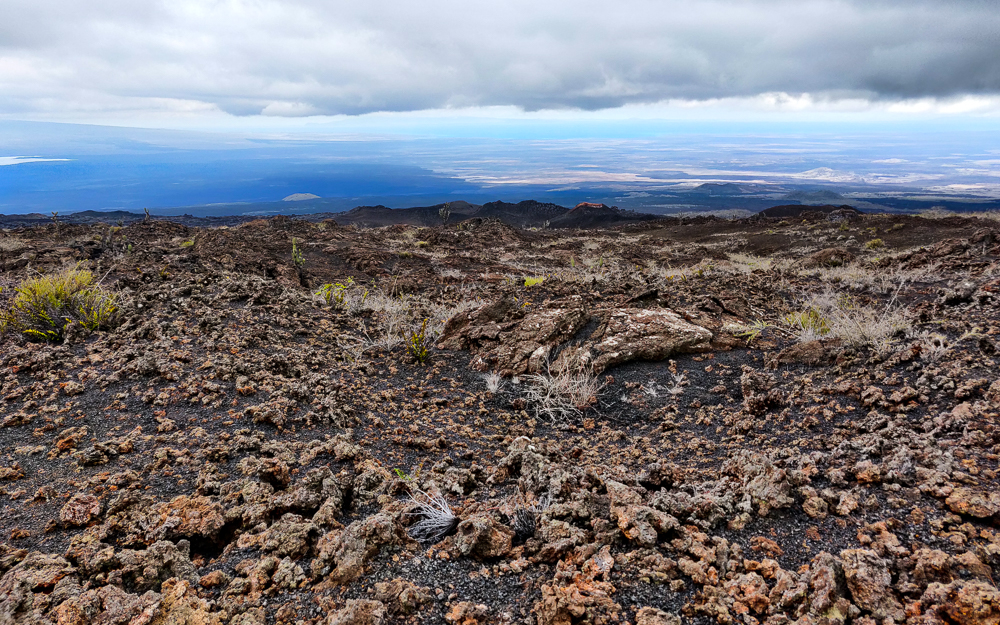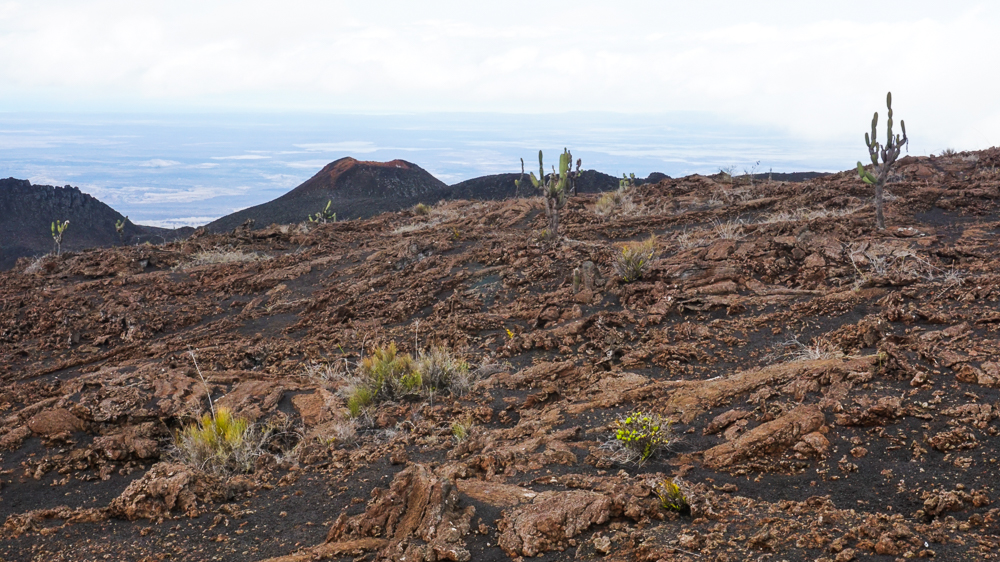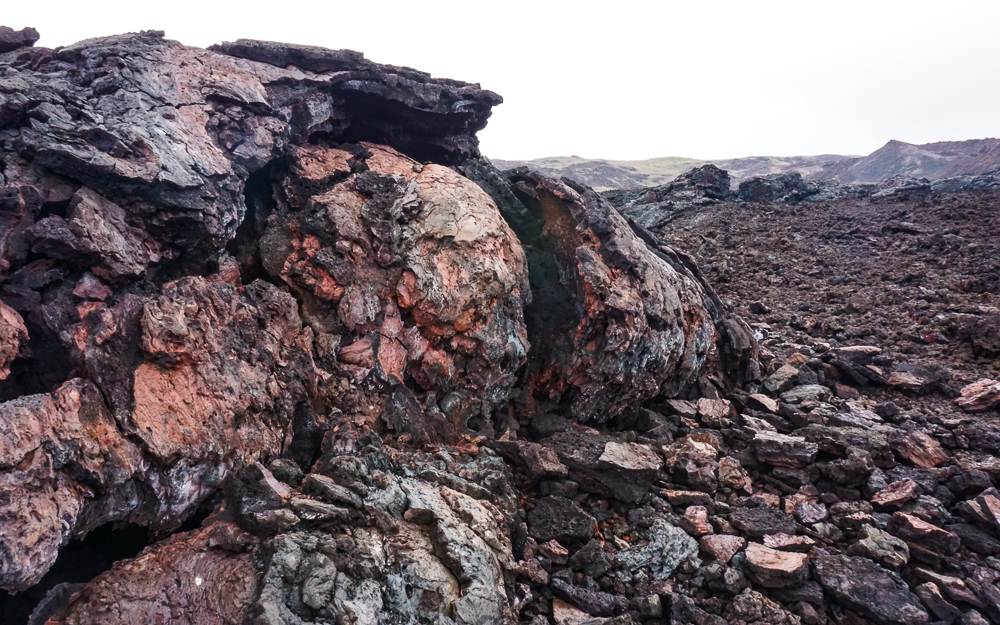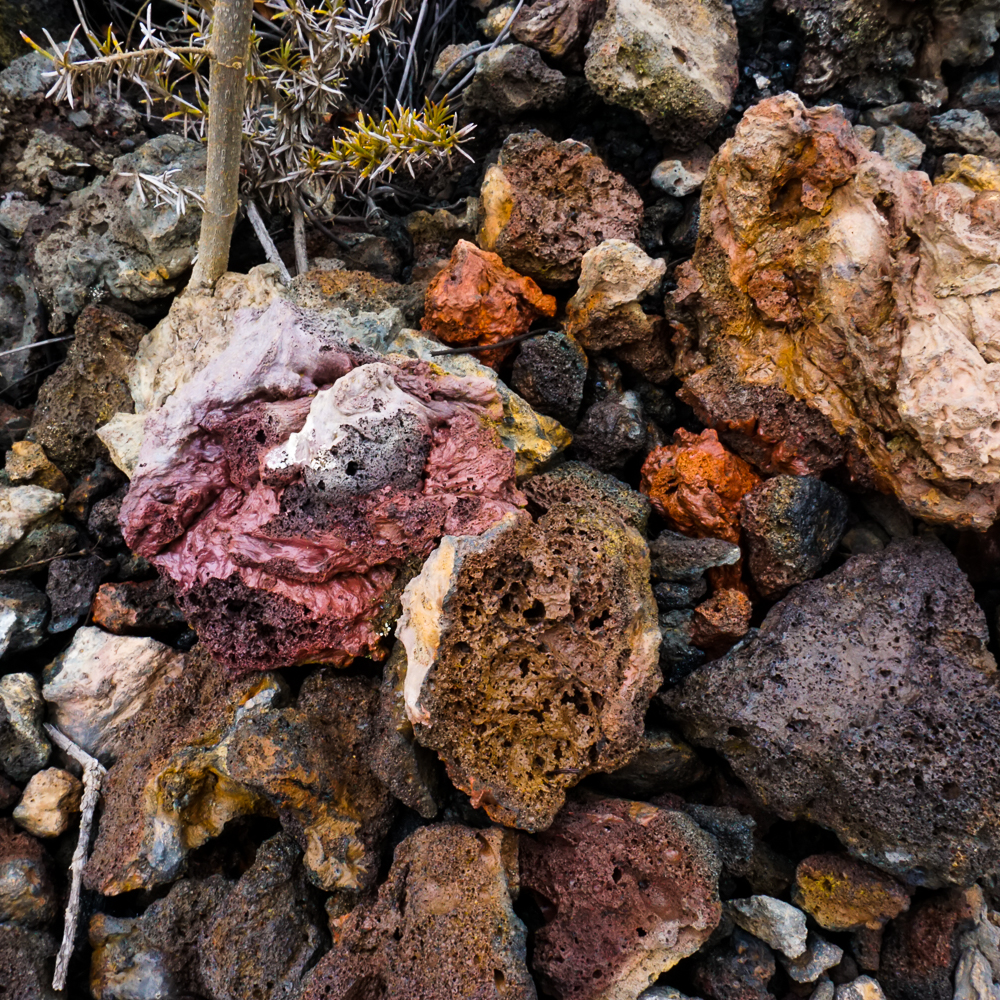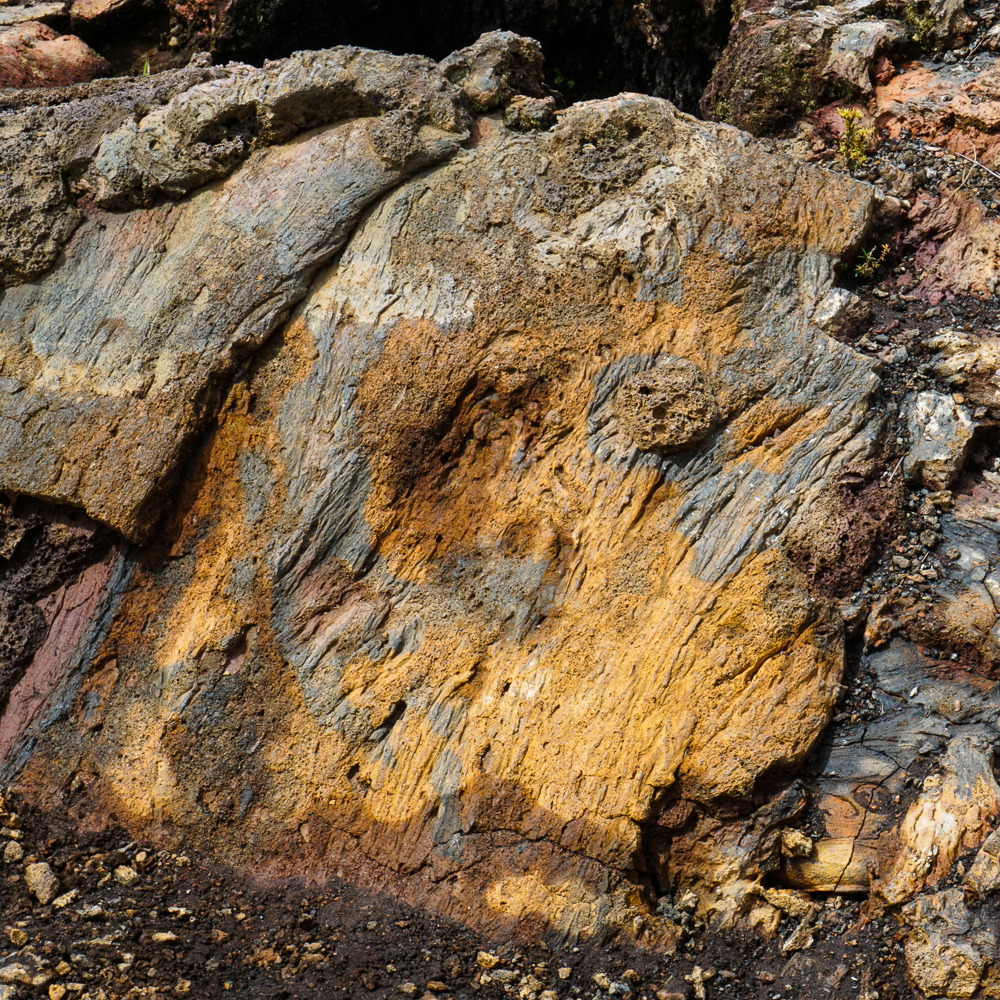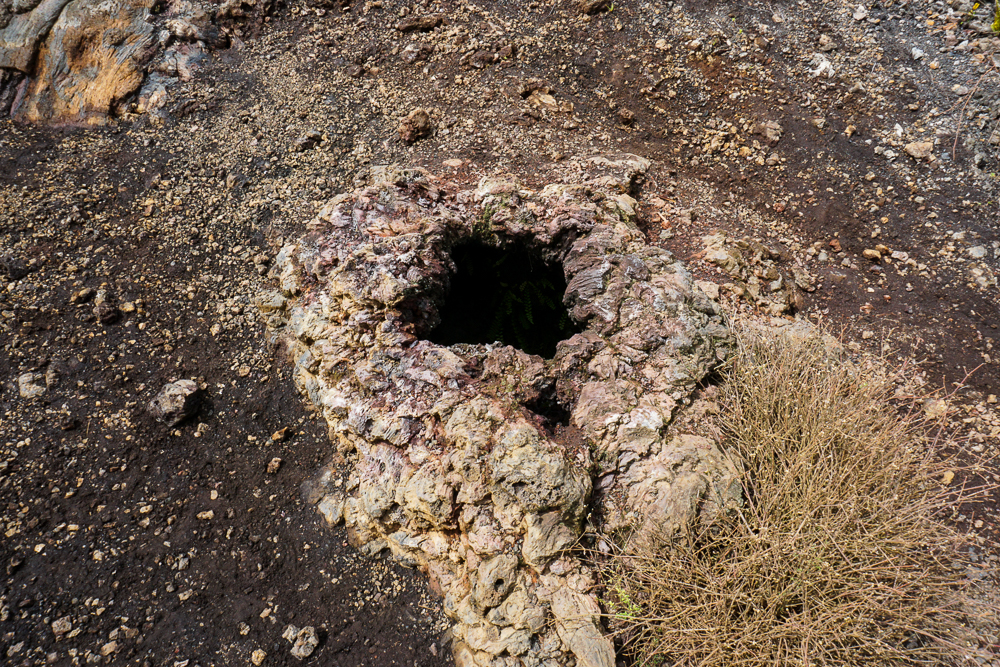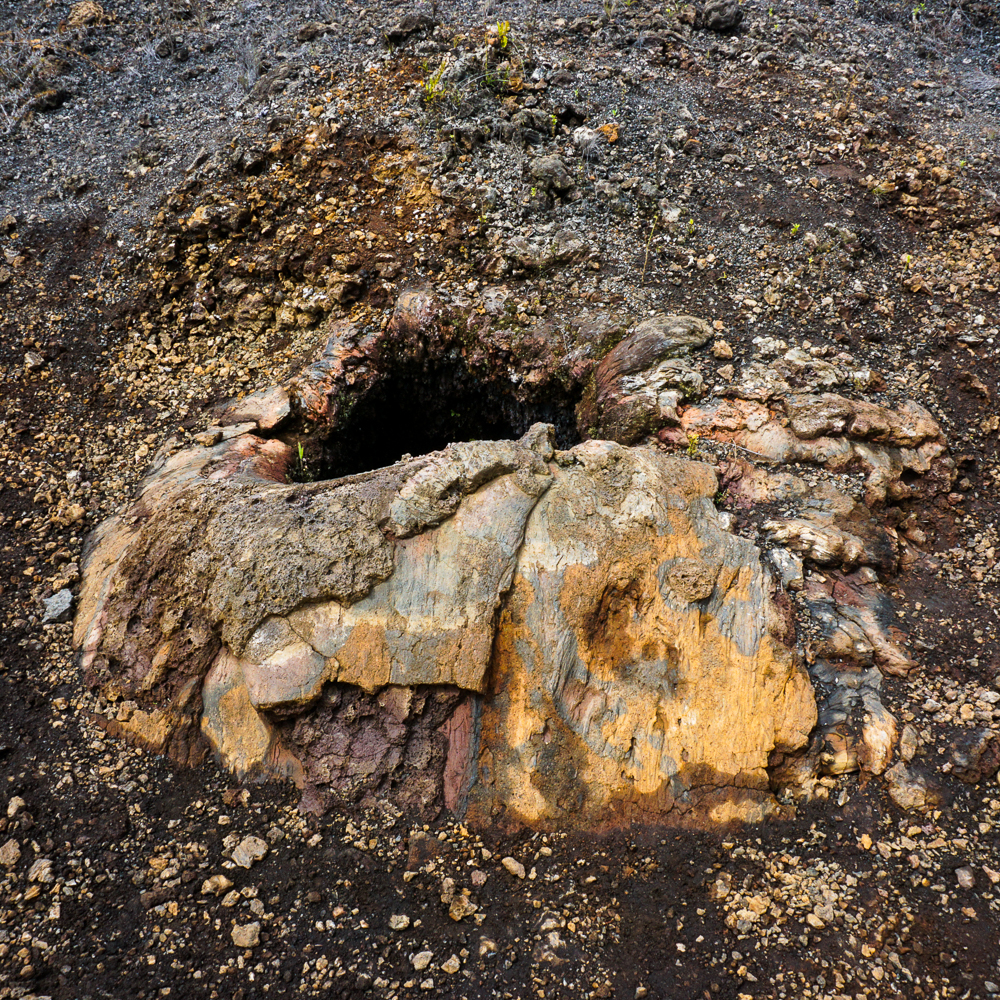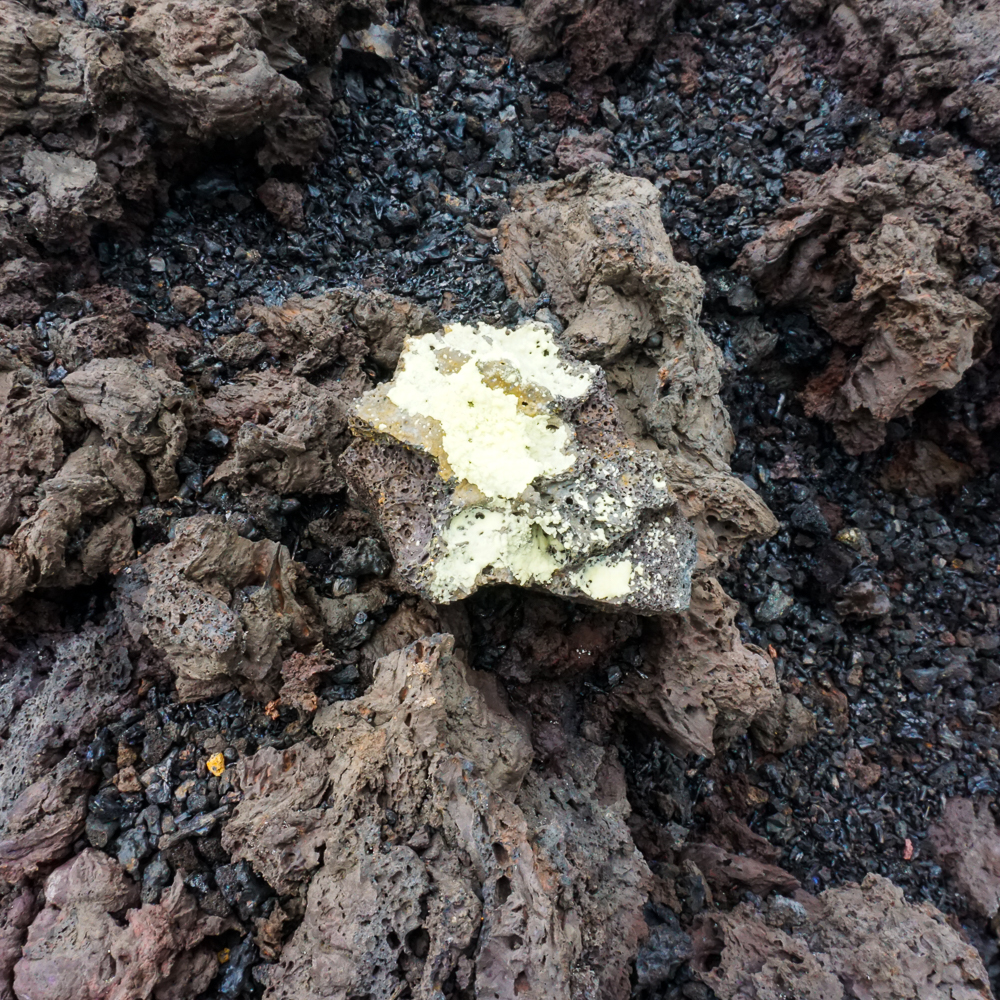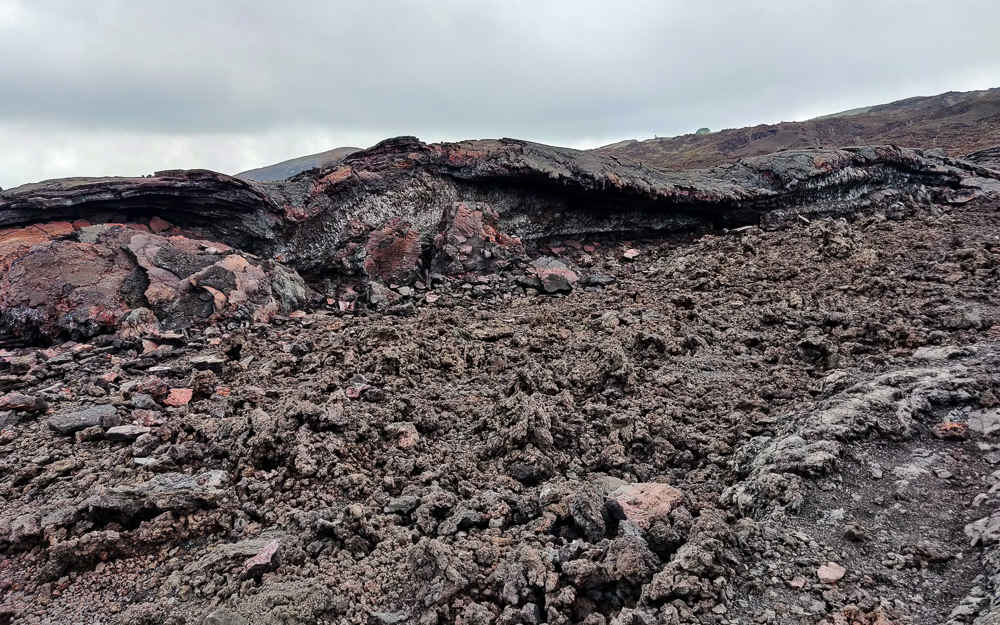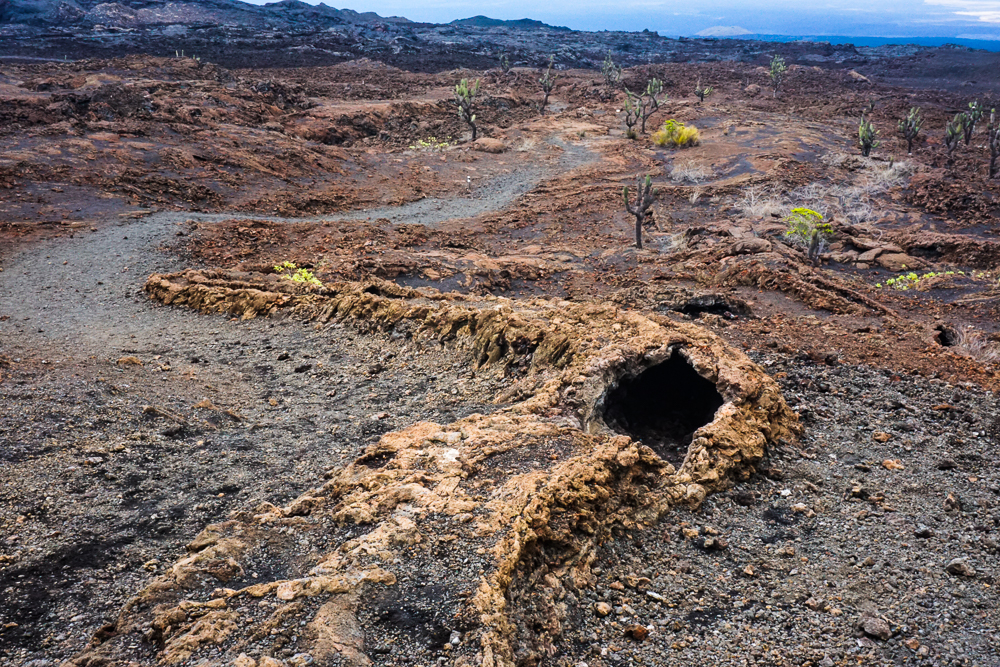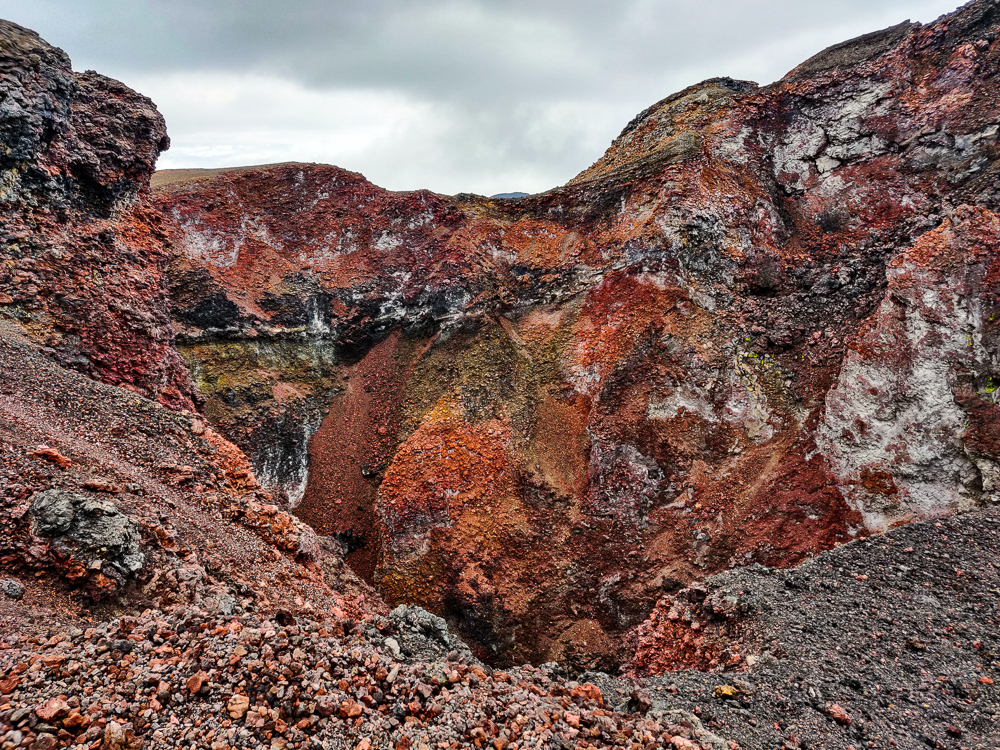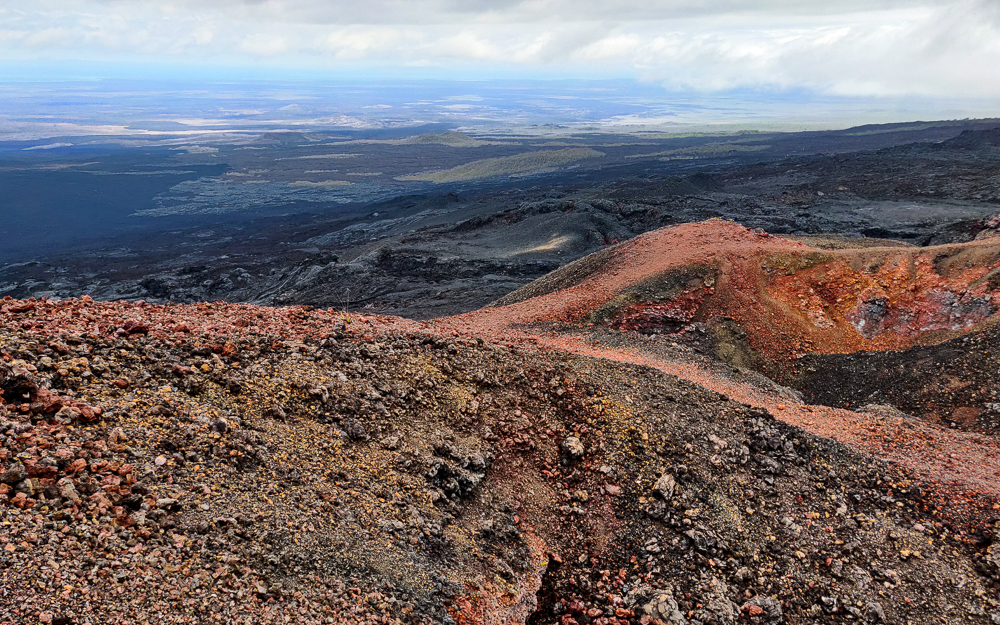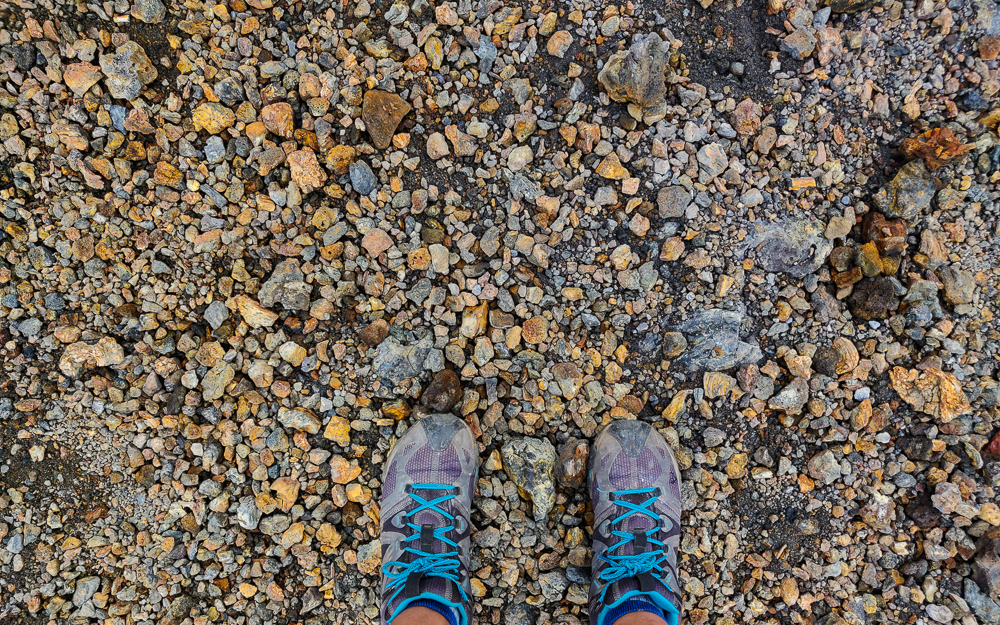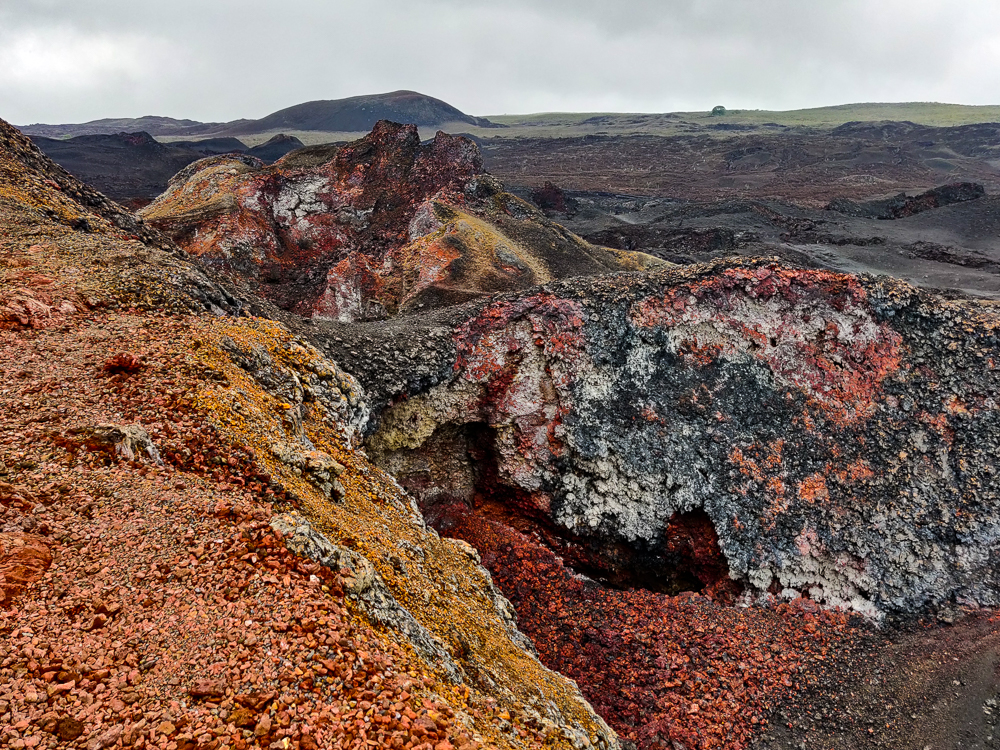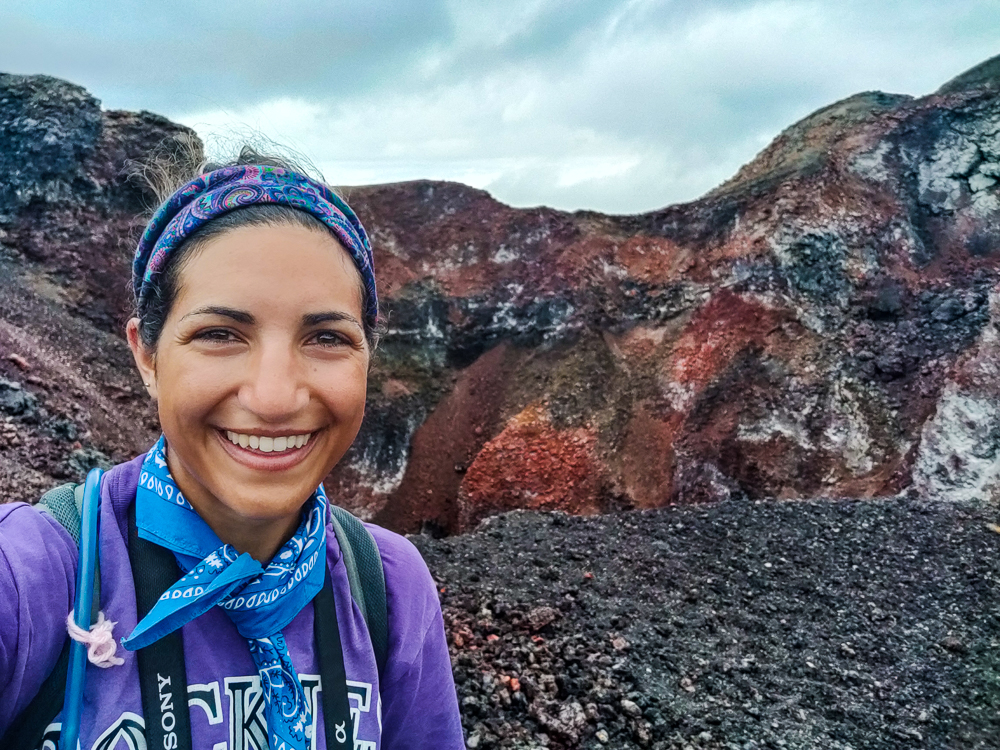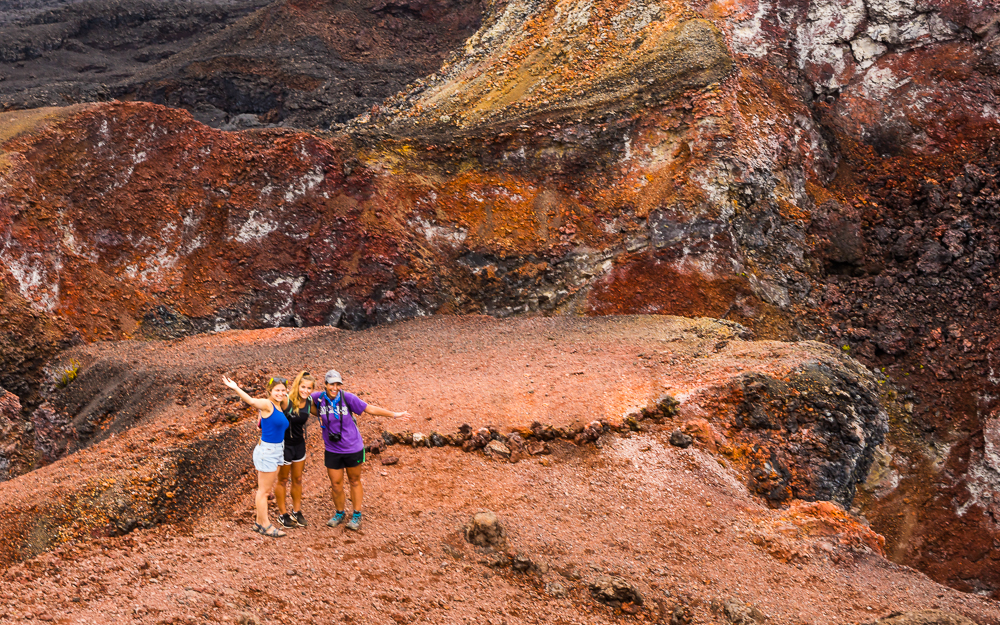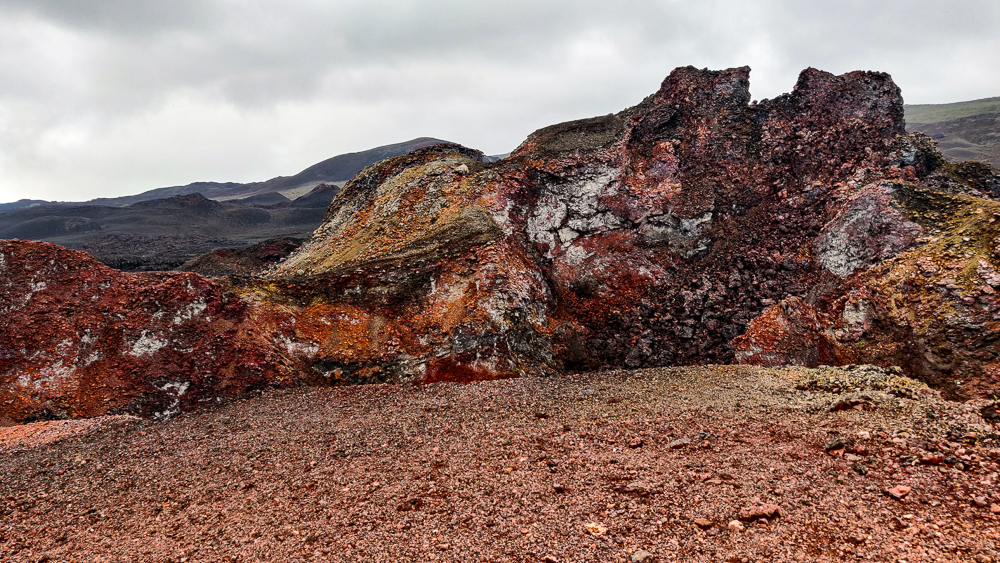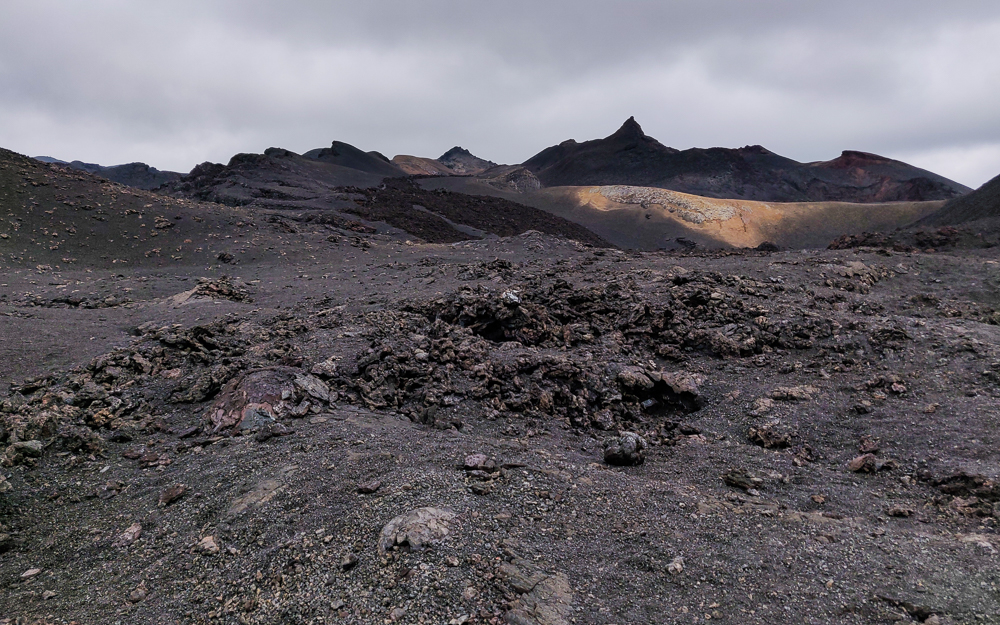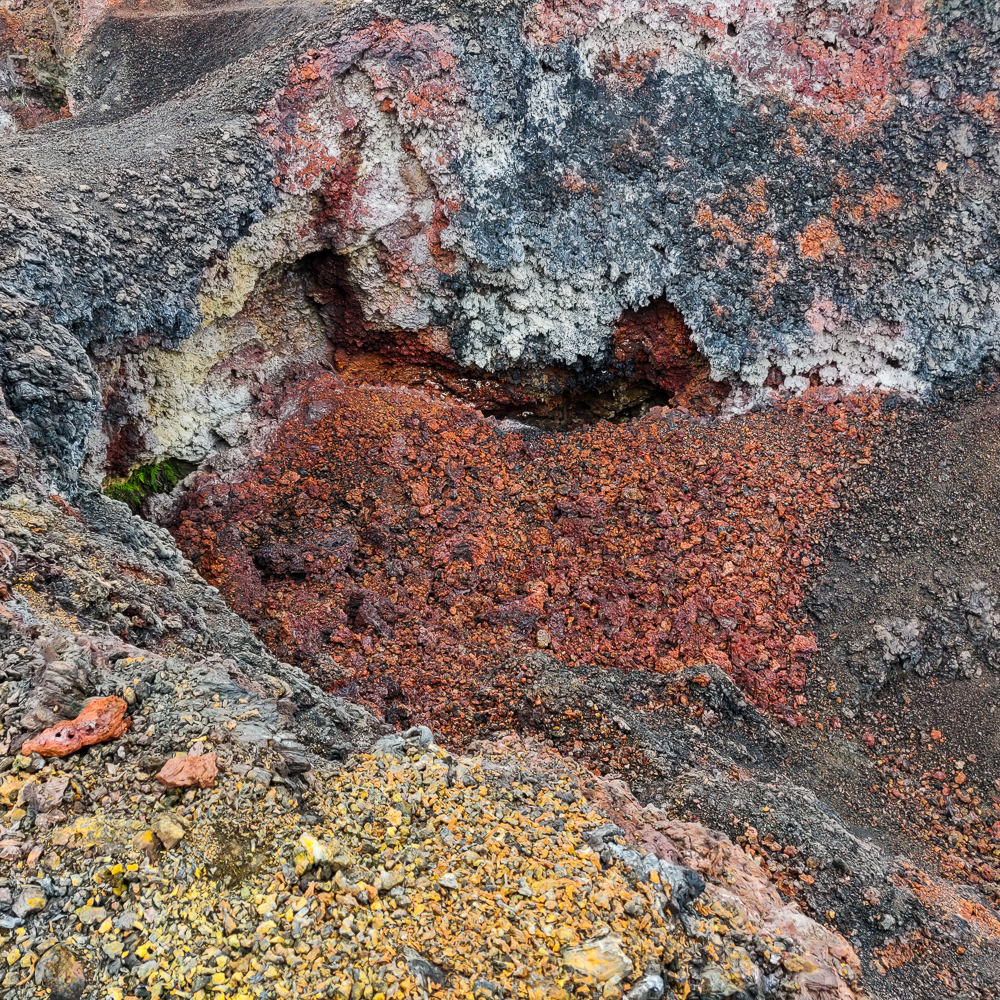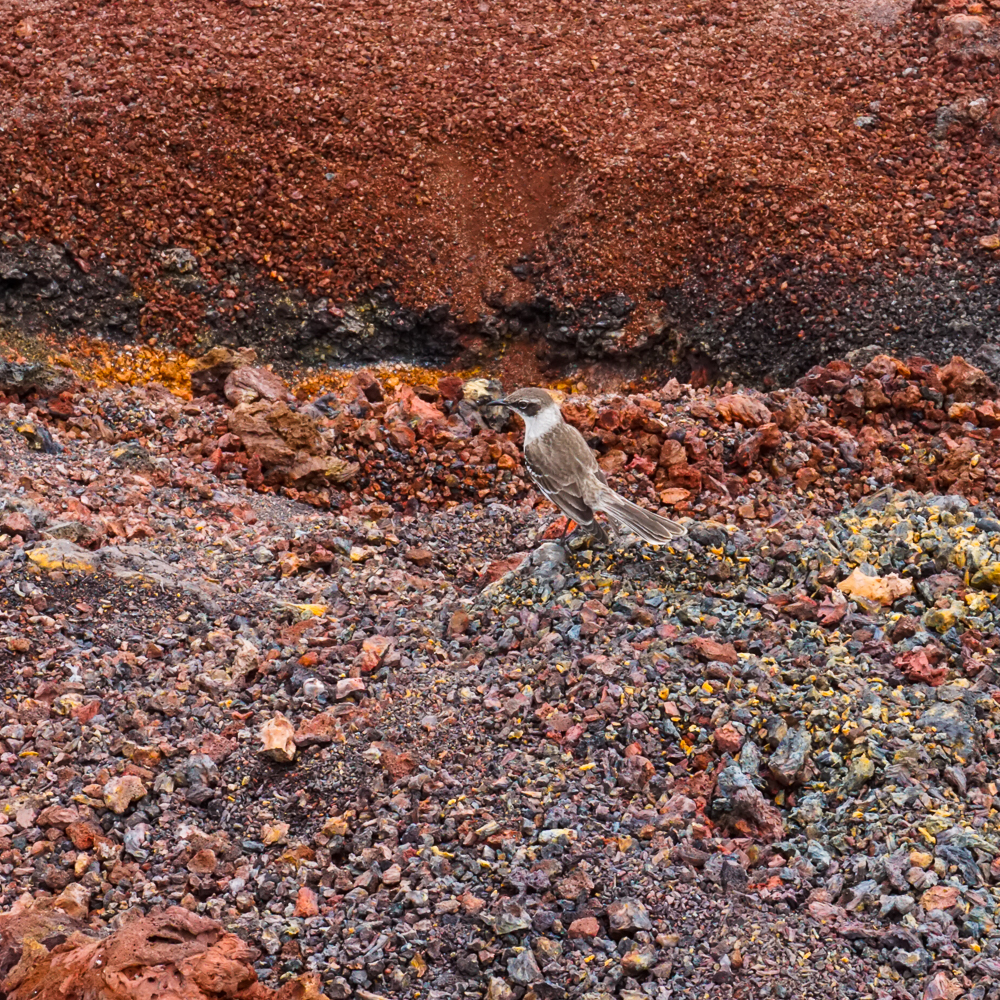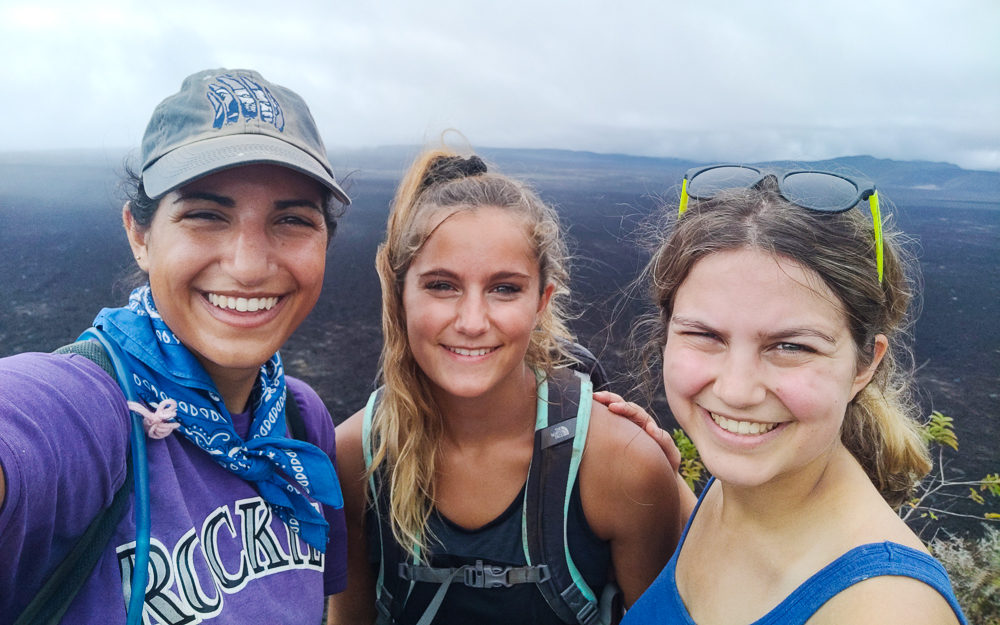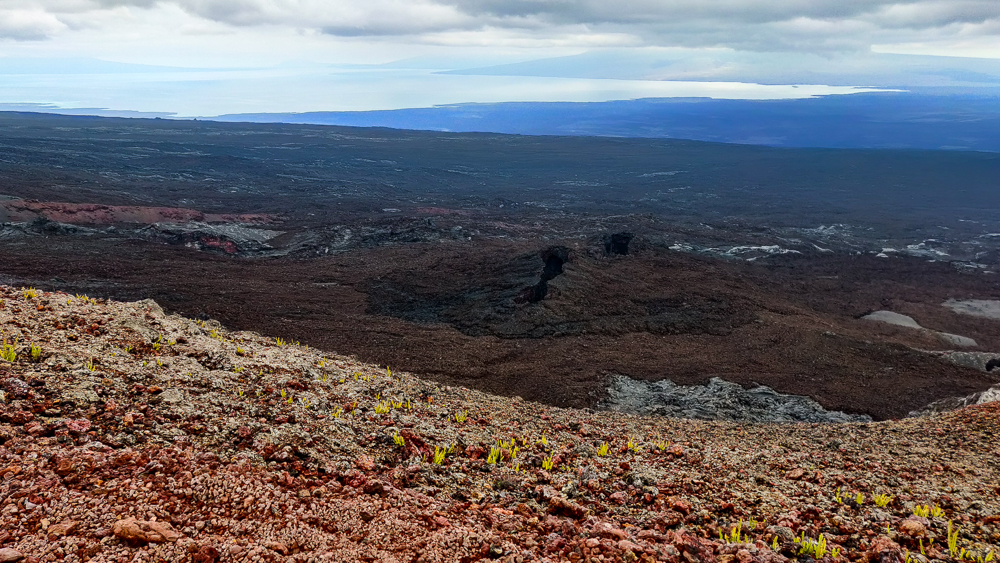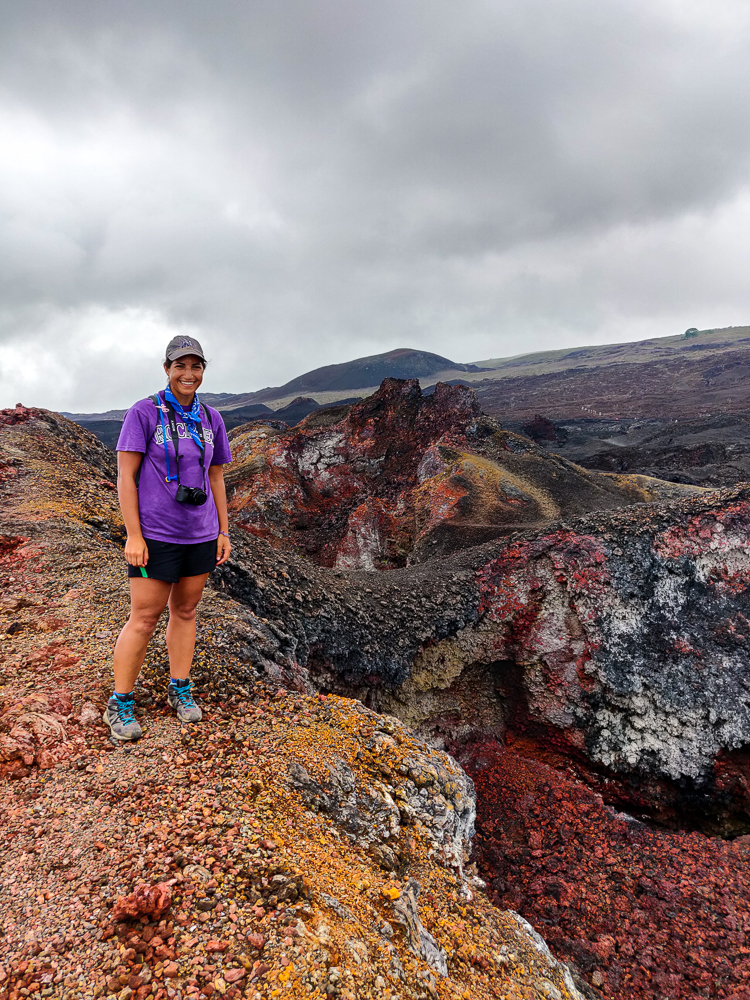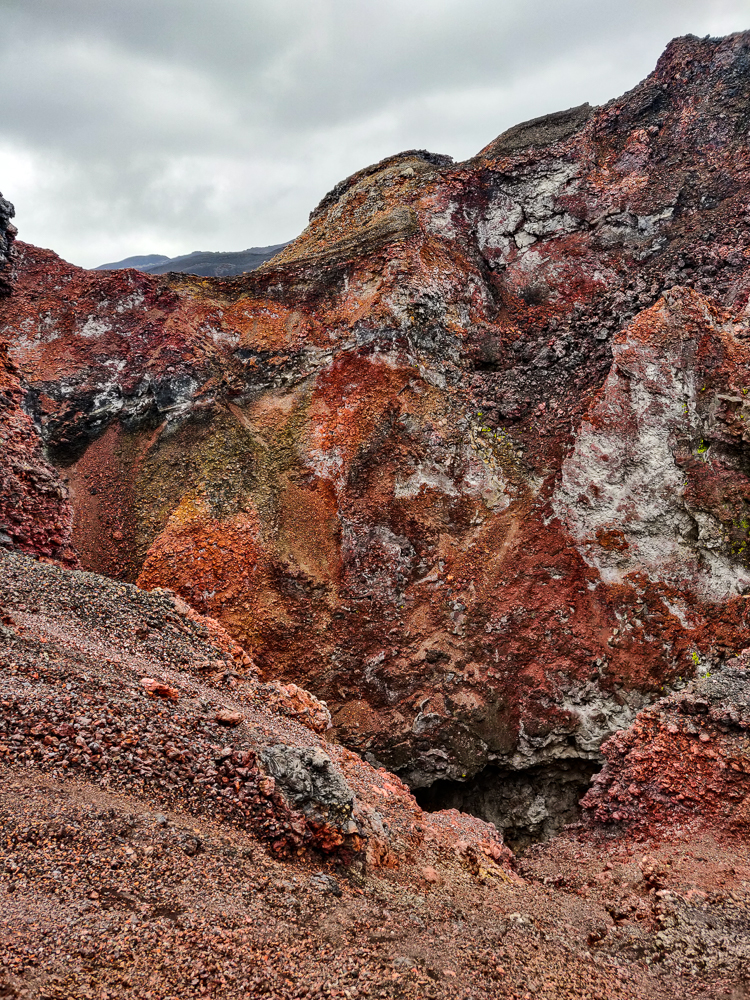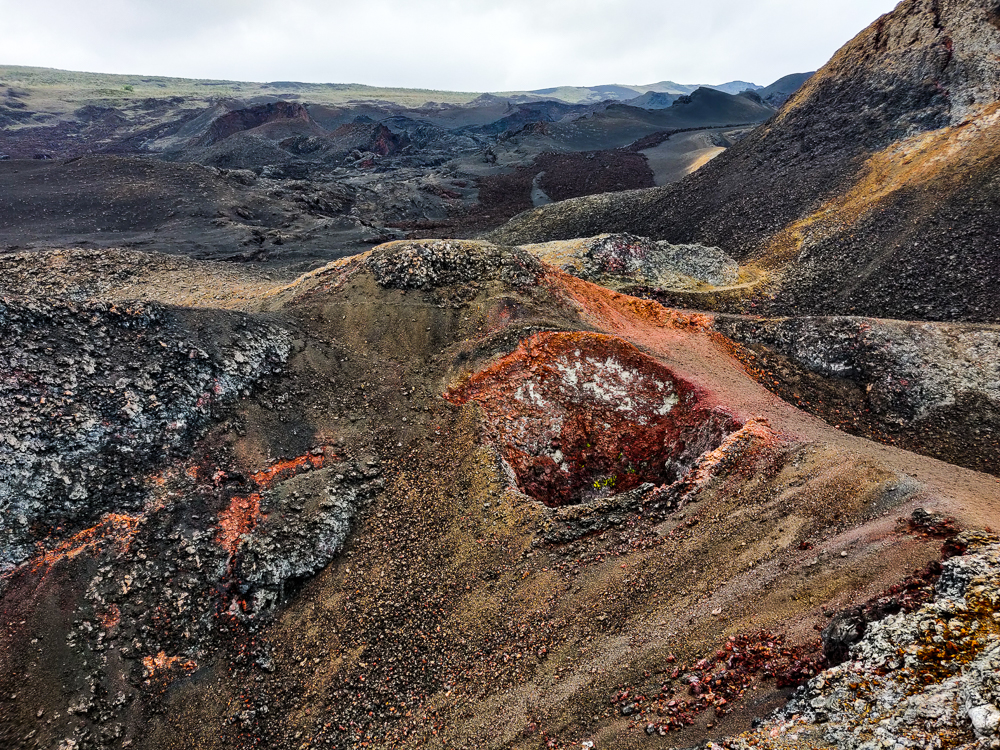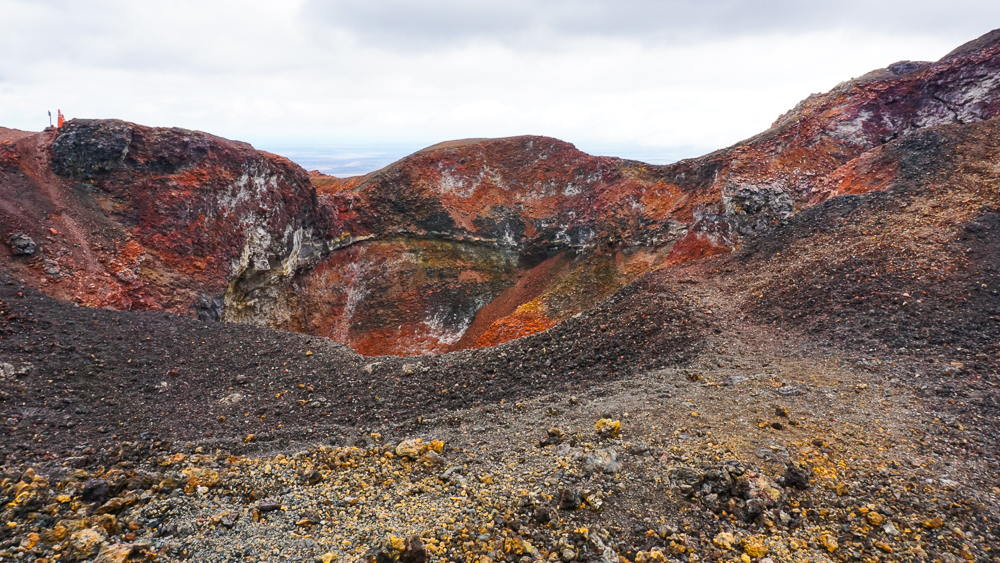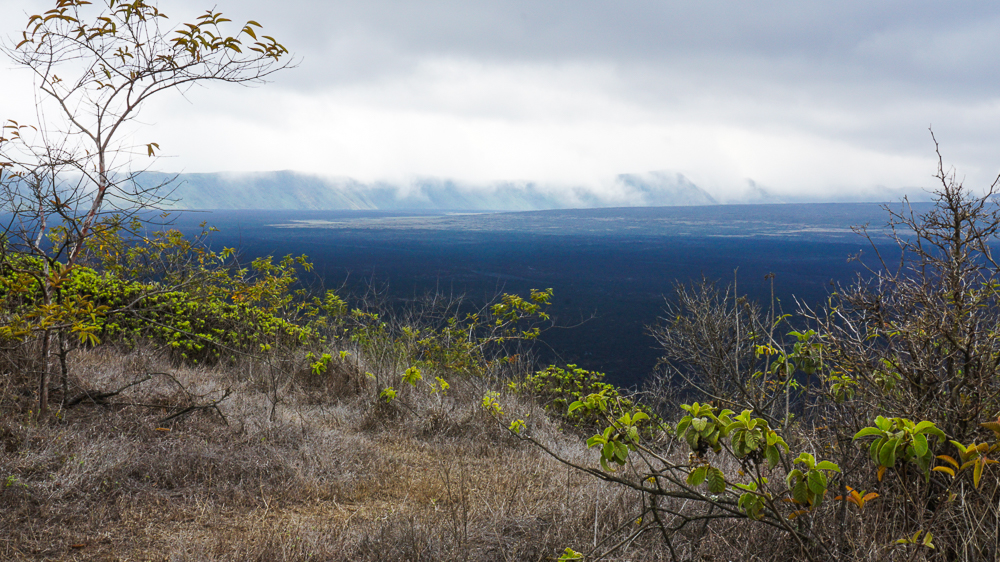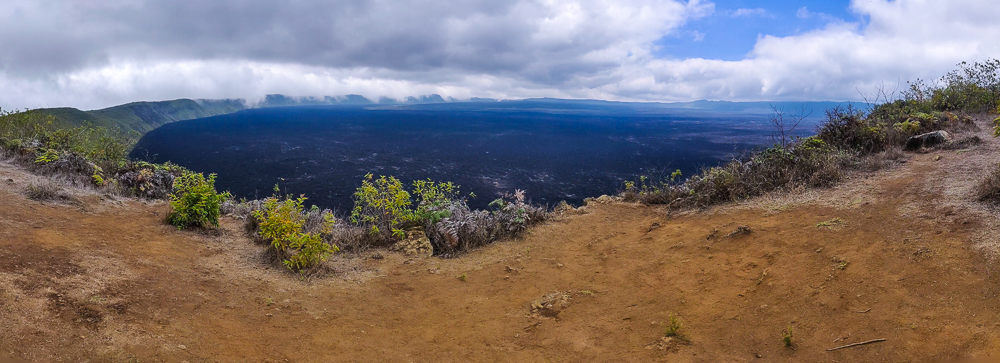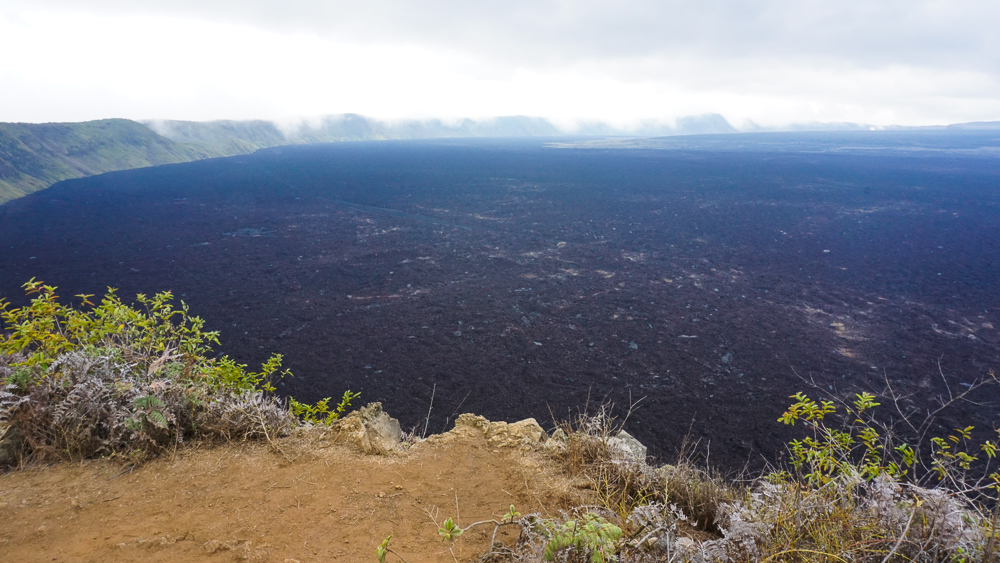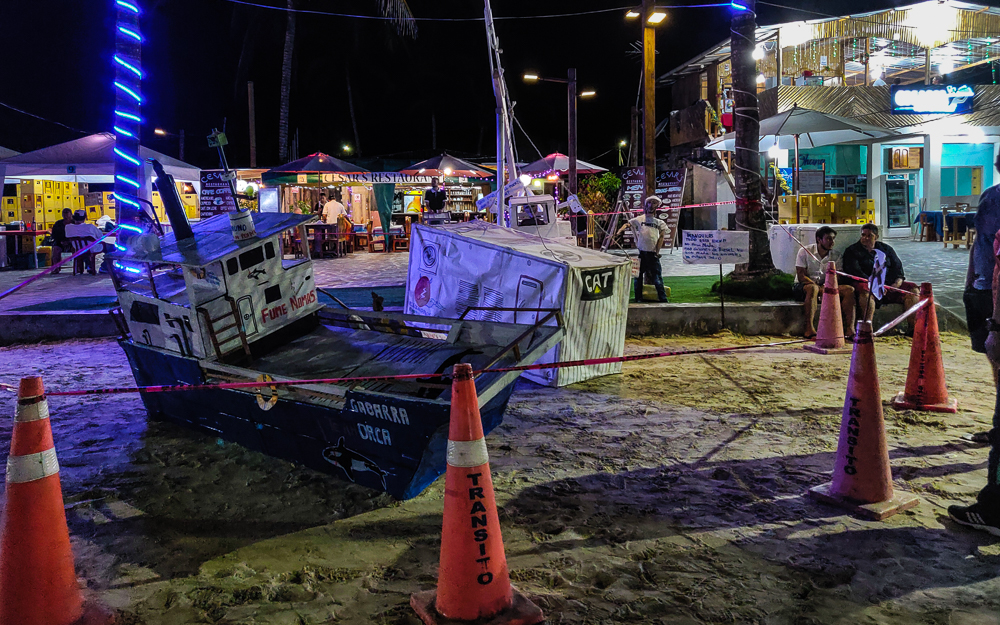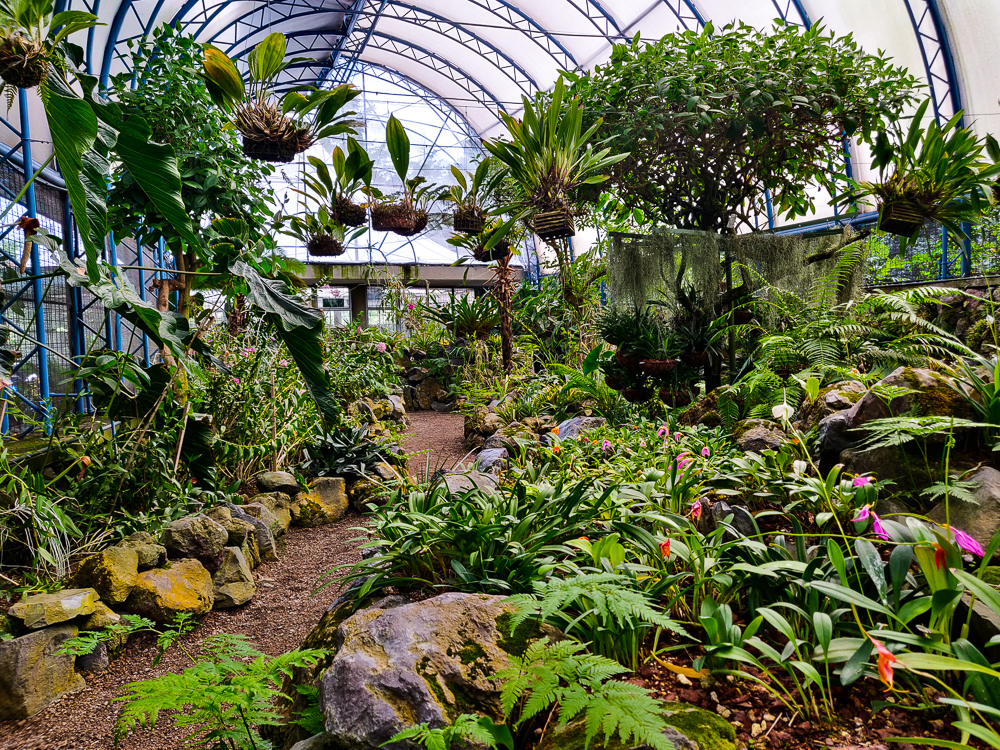
Welcome to Quito! After nearly two weeks of baking in the Galapagos sun, the cool, night air that greeted me in Quito, Ecuador’s capital, was a welcome change! Quito is way up in the highlands, built on the side of a volcano at an altitude of 9,350ft (2,850m) (for a couple of reference points, Denver, CO is at 5,280ft/1,600m, and Cusco, Peru is at 11,200ft/3,400m… so Quito is somewhere in between). Unfortunately for me, the cool temperatures didn’t extend to daytime hours, so I was still sweating my brains out most of the time.
Last time, we left off on Isabela Island, and the trek from there to my Quito hostel was… lengthy. It involved a 2-ish hour ferry back to Santa Cruz (this was a rough one… I did that thing where I closed my eyes and repeatedly told myself that I didn’t feel nauseous in the spirit of “fake it ‘til you make it”. Didn’t work), a 40-minute taxi ride across Santa Cruz to the northern dock (with our good friend Fredy from our visit to the Santa Cruz highlands!), a 5-minute ferry ride to Baltra Island (where the airport is located), a 10-minute bus ride to the airport, a 4-hour wait at the airport (my family’s flight was earlier, but it didn’t make sense to go separately), a 2-hour flight to Quito, and finally, a 1-hour taxi ride to the city (I researched public transit and it was NOT worth it). Woof.
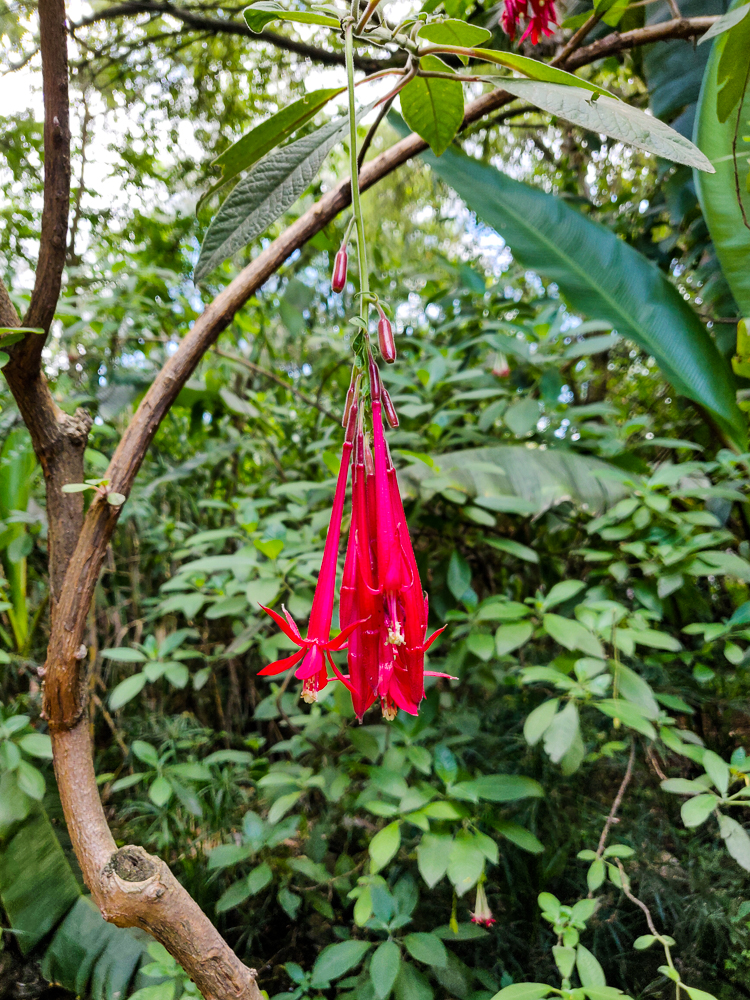
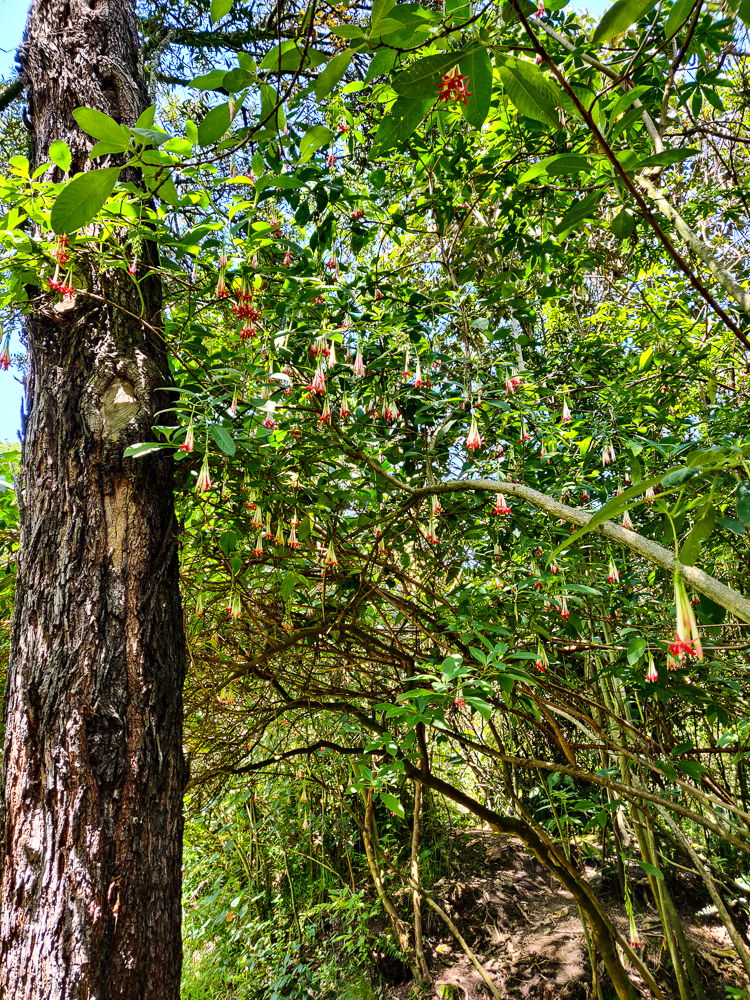
I gave myself one “chill/get organized” day in Quito before reentering sightseeing mode. After nearly 4 weeks of constant go-go-go, first with my parents in Peru and then with my aunt, uncle, and cousins in the Galapagos, I needed to pull myself back together, take a few deep breaths, and most of all, do some laundry! My clothes were all gross, to the point where it was a struggle to decide what to wear/forgo washing while everything else was being cleaned. I lugged every single item of clothing that I had (7lbs, apparently) to a nearby laundry shop and paid a lady $4.50 to wash it all. Not bad. When I got them back, I think my clothes were the cleanest they’d been in 10 months.
The next day, I rejoined the world. It was a Sunday, so I found an English-speaking church online, got some public transit advice, and set out on my first adventure. Well. The day got off to a rough start. On Sundays, some of Quito’s major roads close to car traffic for the “Ciclopaseo” (bike path). It’s actually awesome – people can bike/walk on 18 miles (29km) of closed roads! But for me, it was a headache. Bus routes on those roads are rerouted, so I hopped on the first bus that was headed in the right direction and figured I’d walk the rest of the way once I got close.
Okay, great, except Quito is HUGE. Since it’s in a valley, it’s somewhat narrow but very long, and for some reason, I could not get a handle on its scale while looking at google maps. I would look up the location of something, see where it was in relation to me, and think, “Okay, looks like maybe a 10-minute walk.” Get directions… “40 minutes”. WHAT.
So, I got off the bus thinking, “I’m pretty close now!” NOPE. 25 minutes. Church started in 20, so I powerwalked it. That would have been fine… except that the high elevation soon had me panting, and surprise! HILLS. My gosh. I juuust made it on time but had to pause outside for a minute to avoid passing out. Inside, I spent the beginning of the service attempting to silently breathe heavily (impossible) and trying (failing) to stop sweating. Well, the good news is that I’ll never see any of those people again. (The bad news is that I’ve gone to church a bunch of times throughout my travels, and no matter how much time I allow to get there… I show up nearly late/panting and sweaty EVERY TIME. I guess that’s just kind of my thing now.)
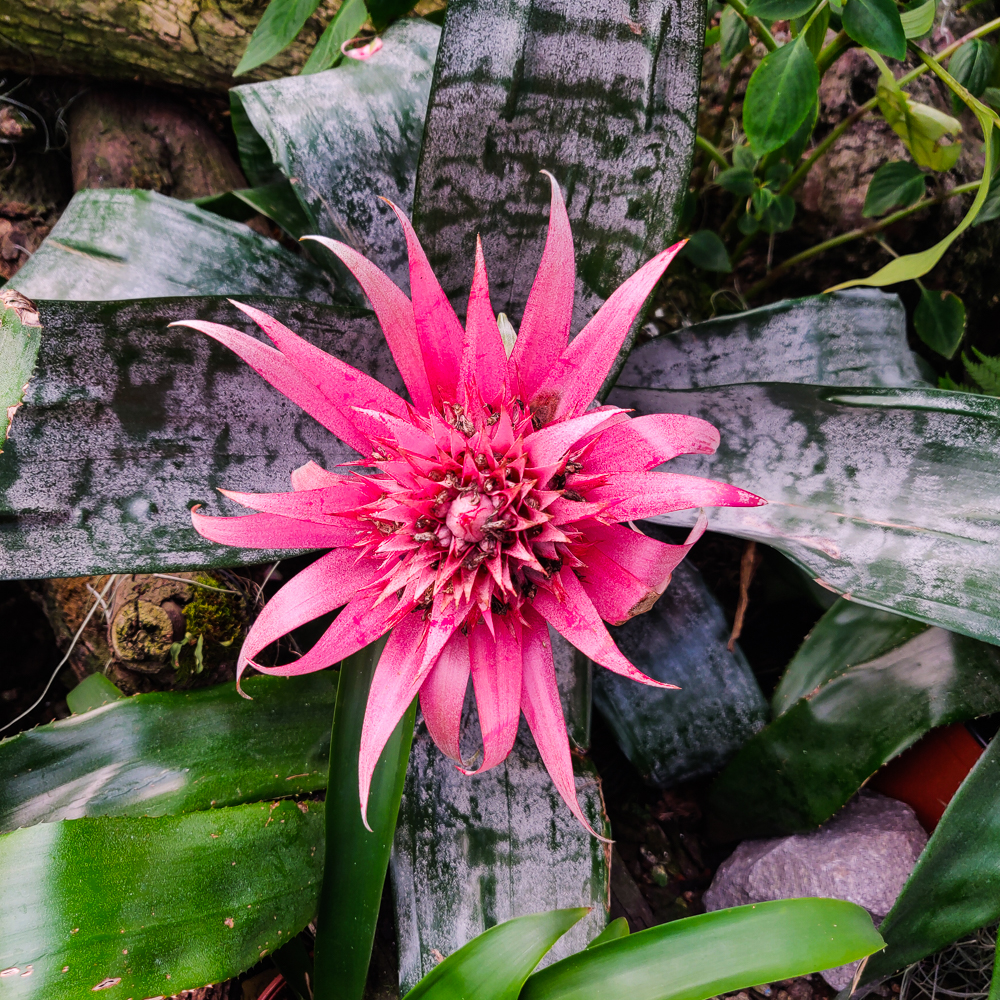
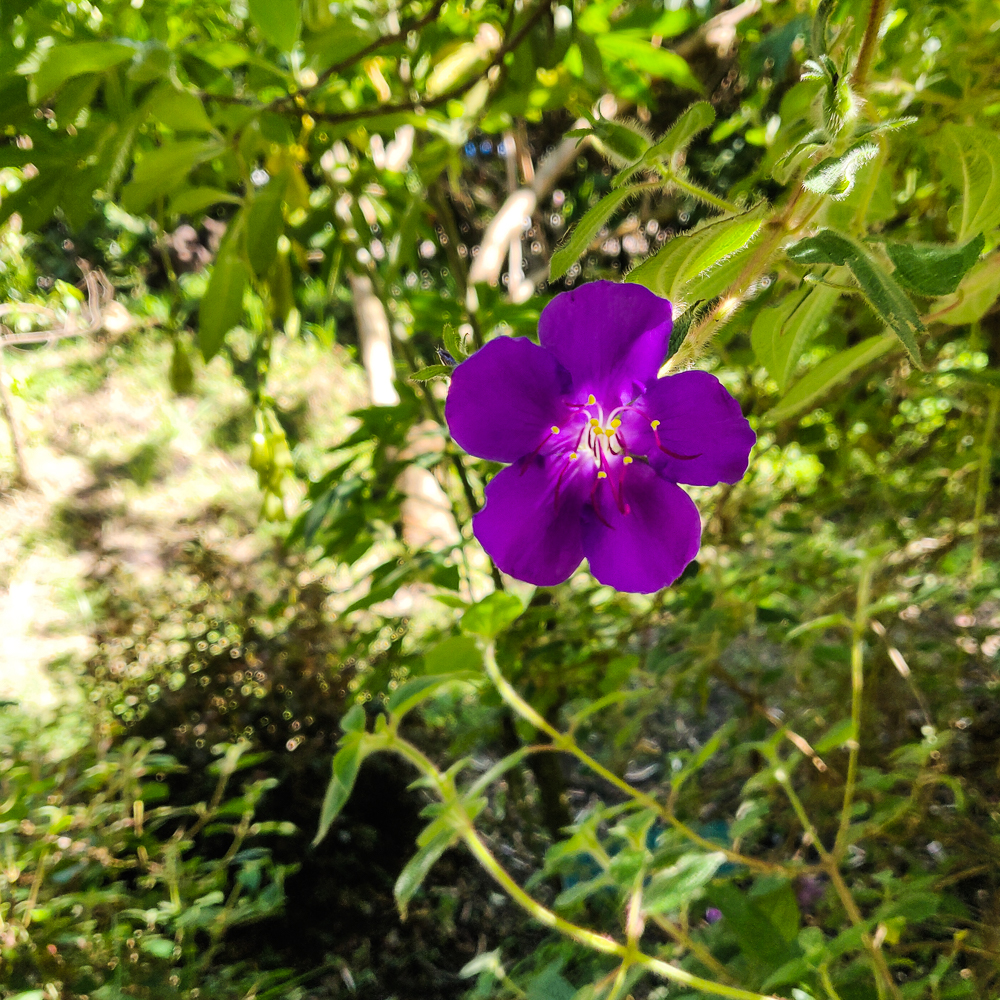
After church, I made my way, at a much more leisurely pace, to the Quito Botanical Gardens. I estimated it should take 10 minutes to walk there. Ha. 30 minutes later…
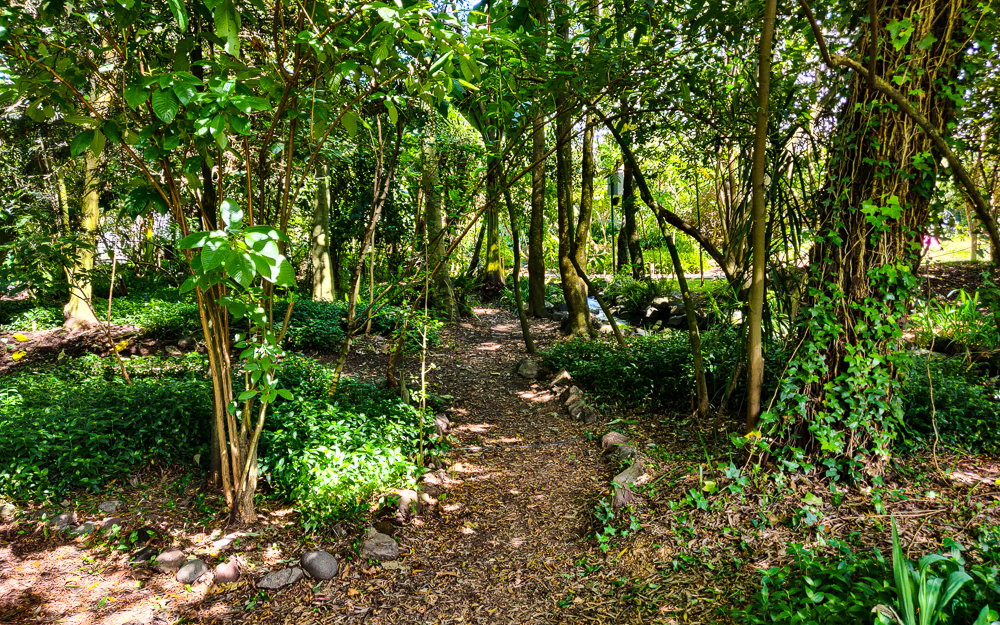
I LOVE BOTANICAL GARDENS. I don’t know anything about plants, but I love flowers. I mean, I also don’t know anything about flowers, but sometimes, it’s nice to have something that you enjoy without needing its whole backstory. And so, I’m going to tell you a little bit about the botanical gardens in general, but mostly, just enjoy the pretty pictures. I don’t know what anything is.
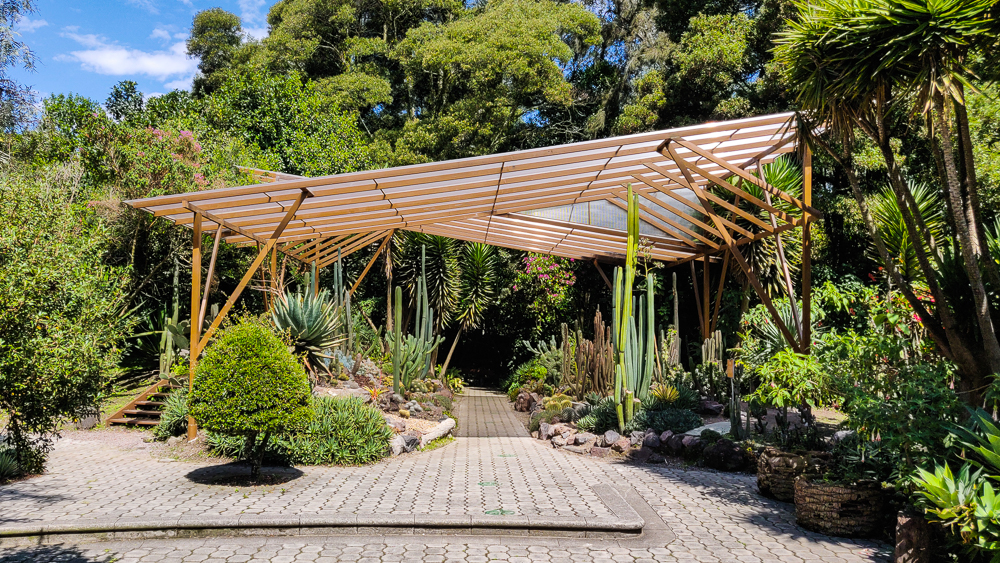
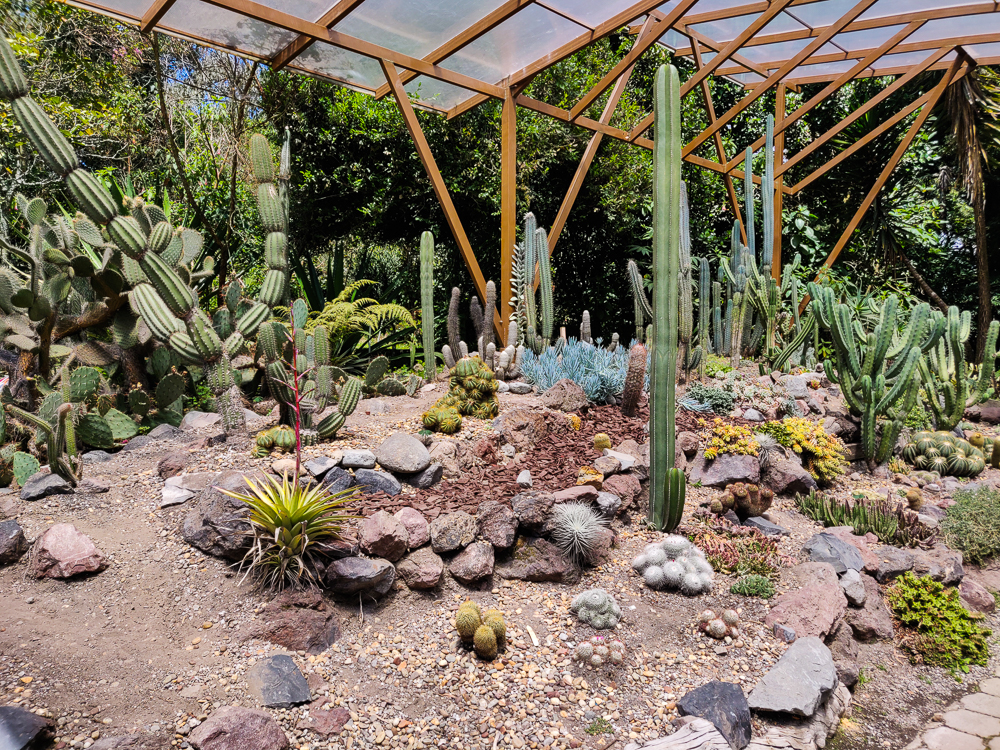
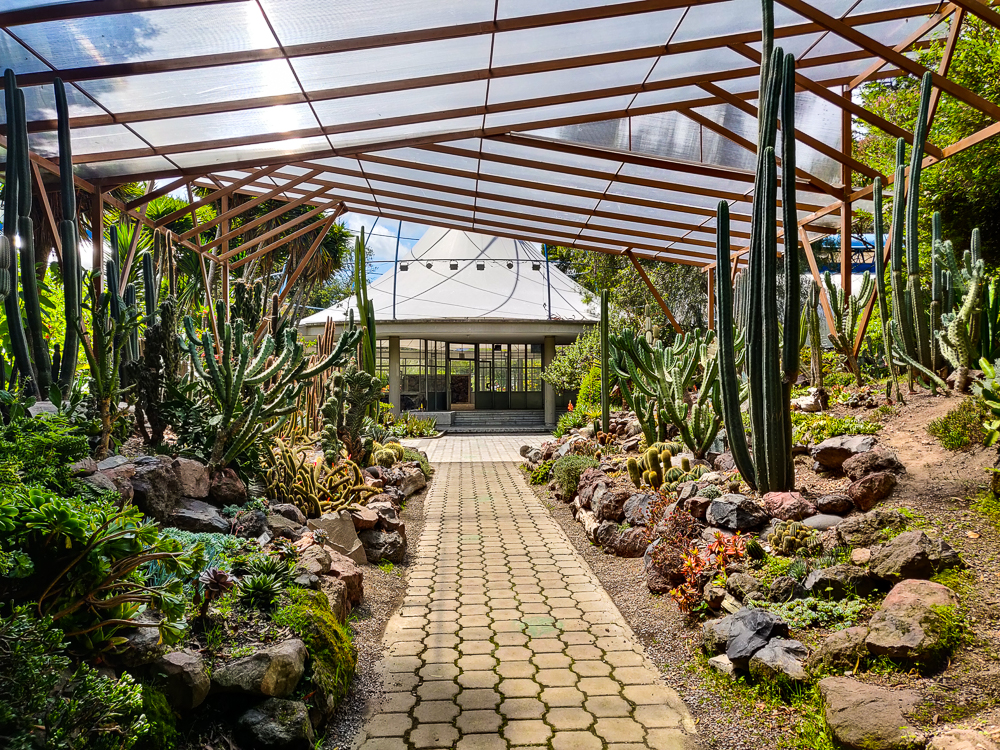
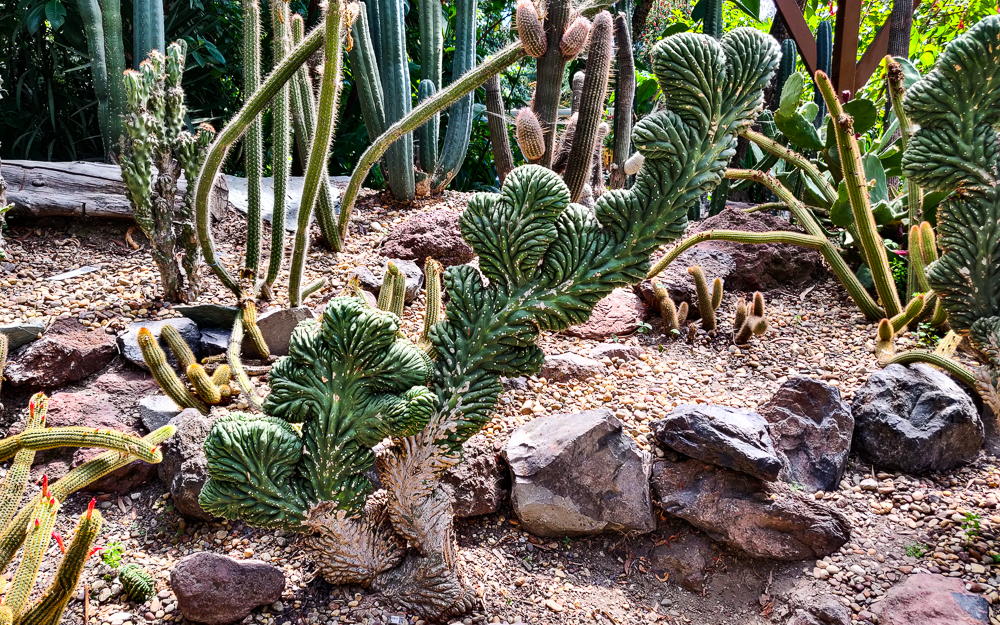
Ecuador has incredible ecological diversity, and the Quito Botanical Gardens attempt to capture that diversity in one place. There are plants from all of the country’s major ecosystems… I really appreciated the “tropical rainforest” greenhouse. I was already melting outside, and inside, it was EVEN HOTTER. It actually made the million-degree outside air feel cool when I finally exited (an effect that was, sadly, short-lived).
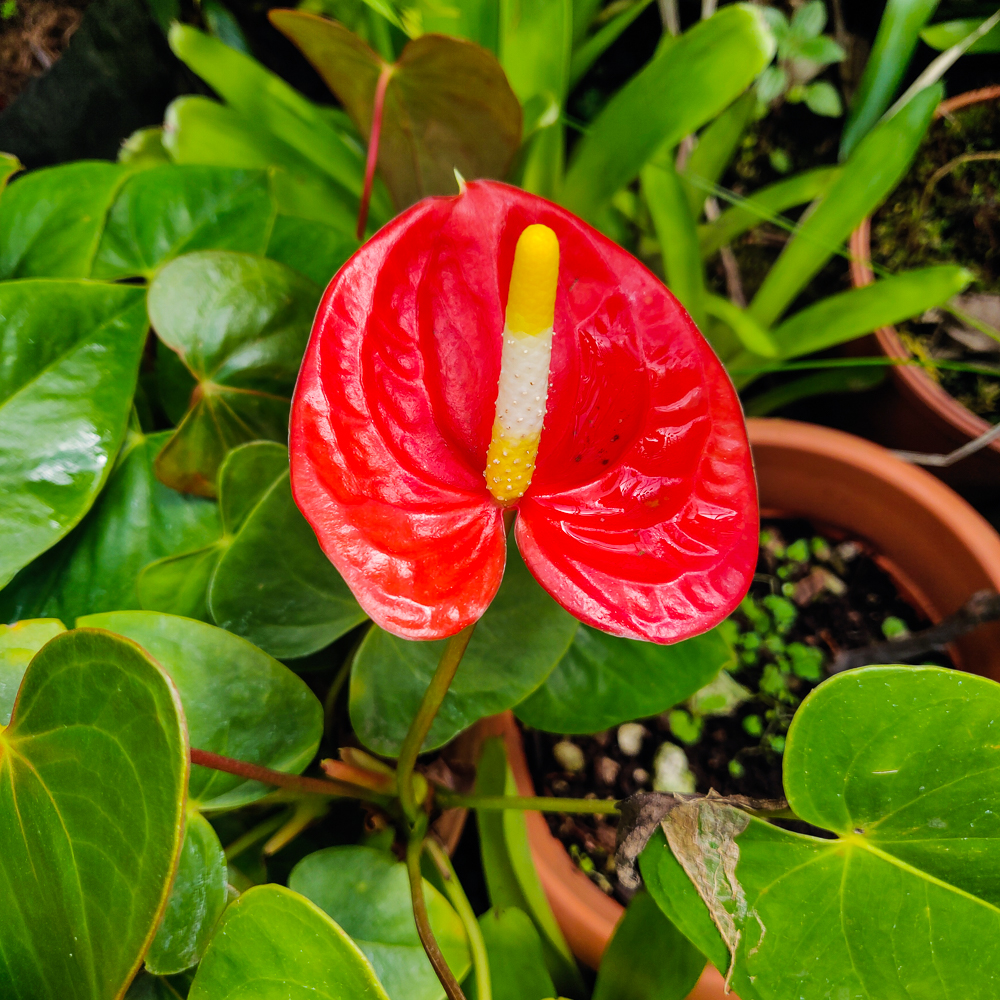
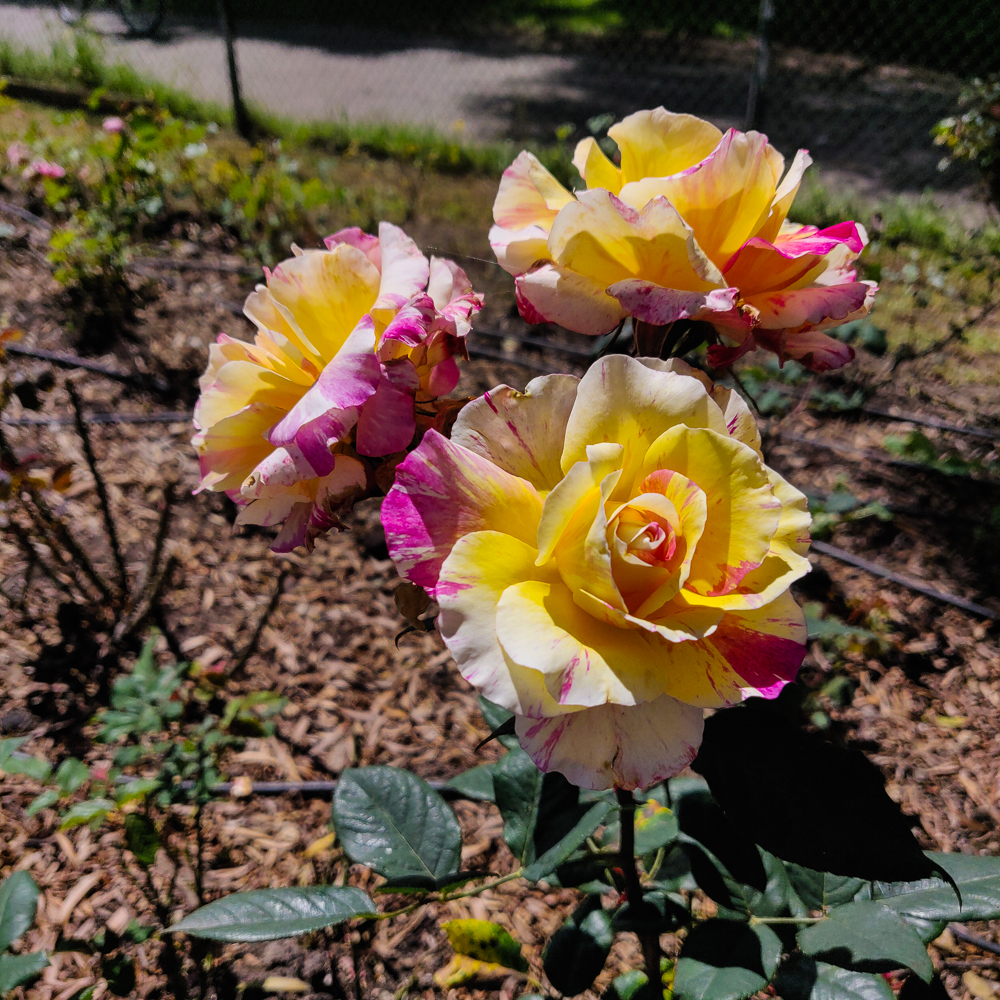
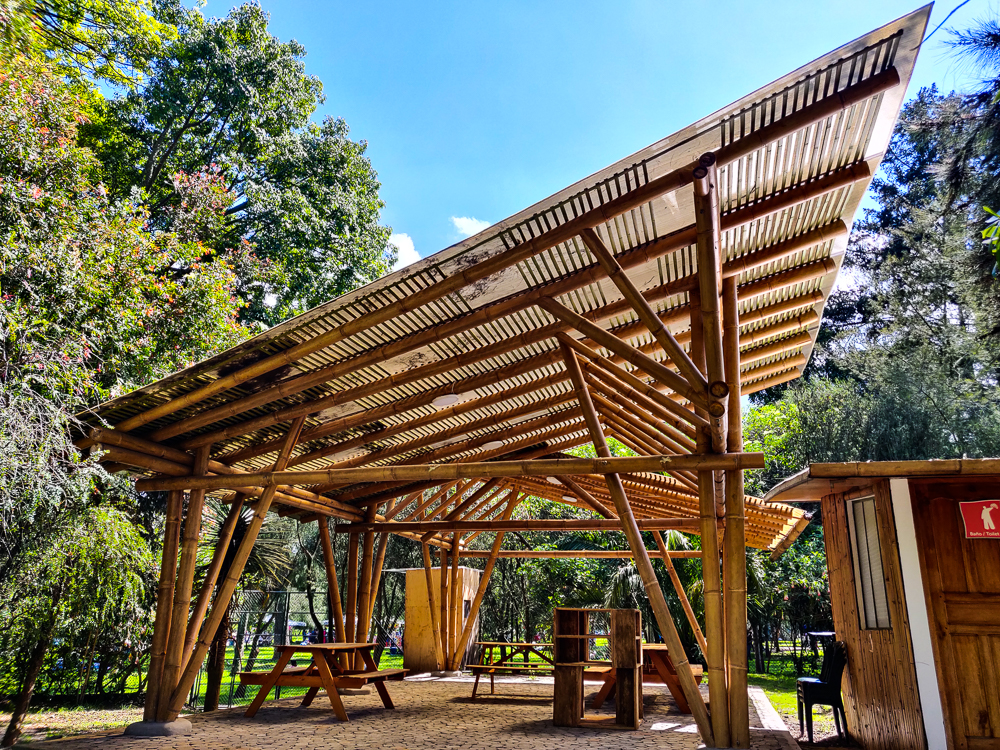

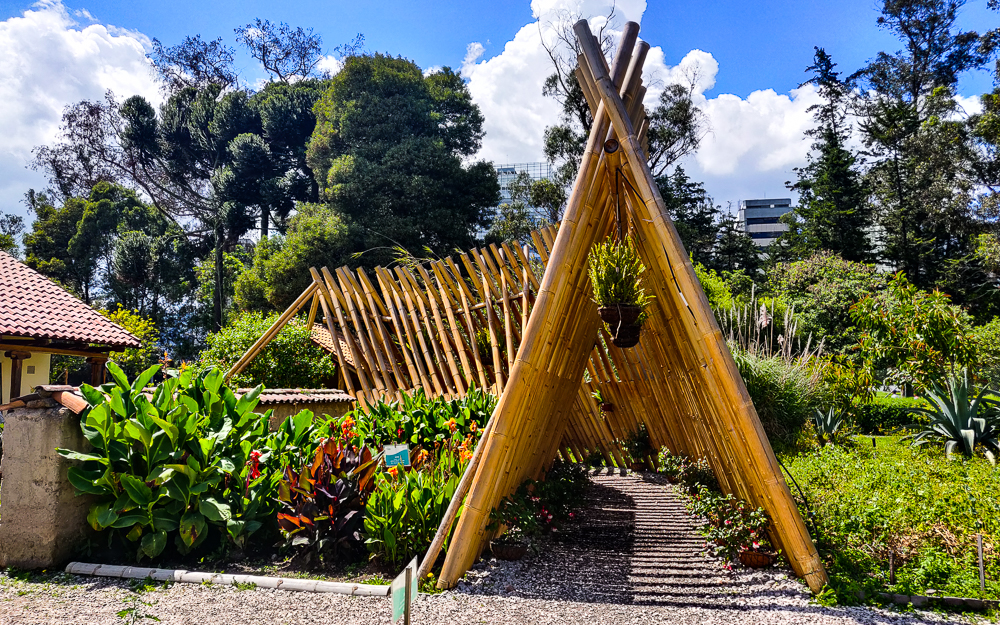
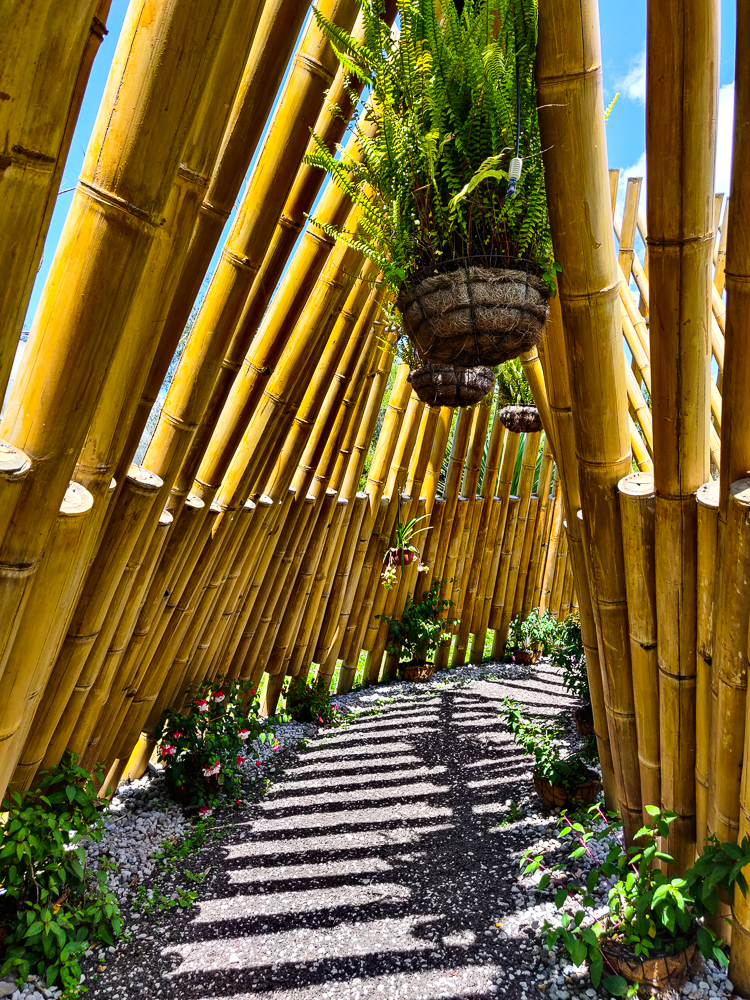
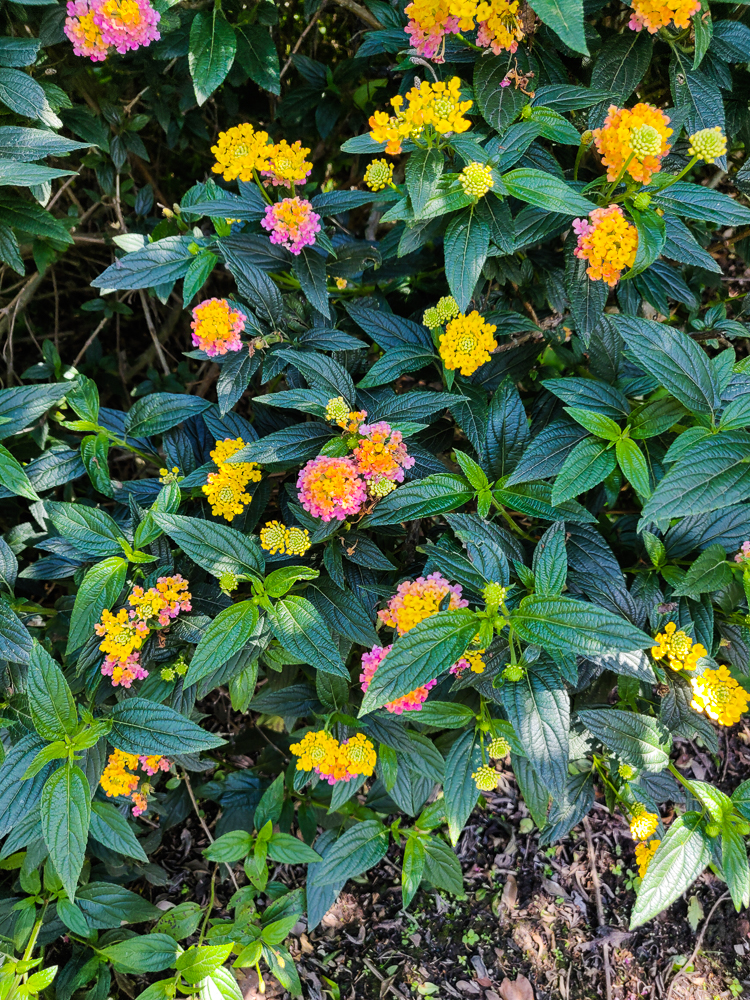
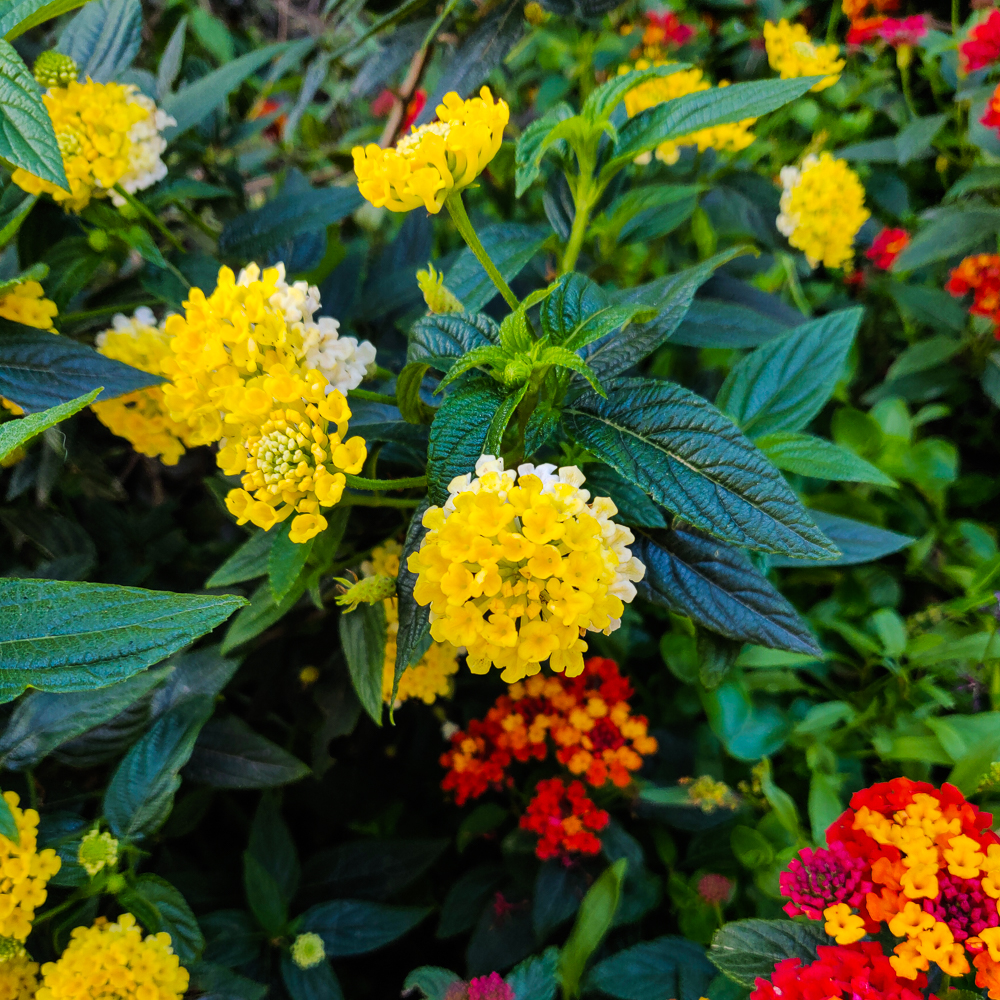
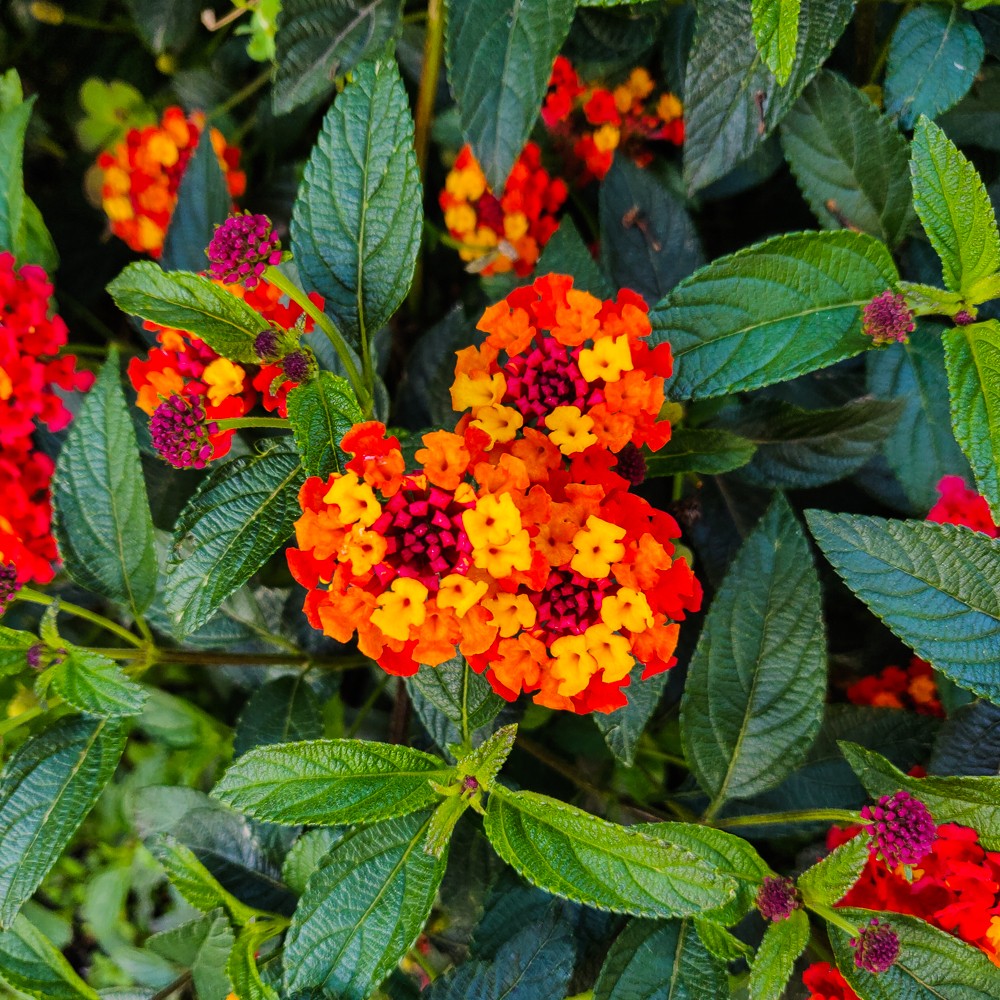
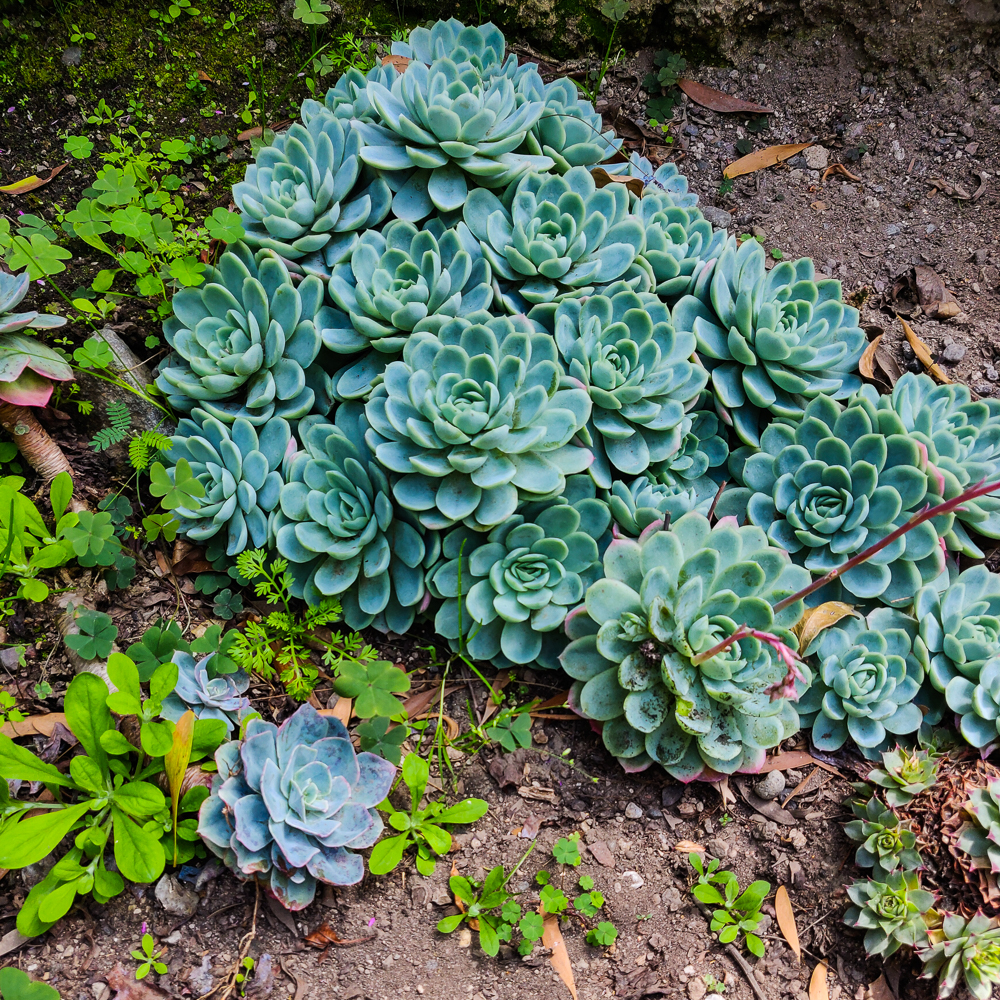
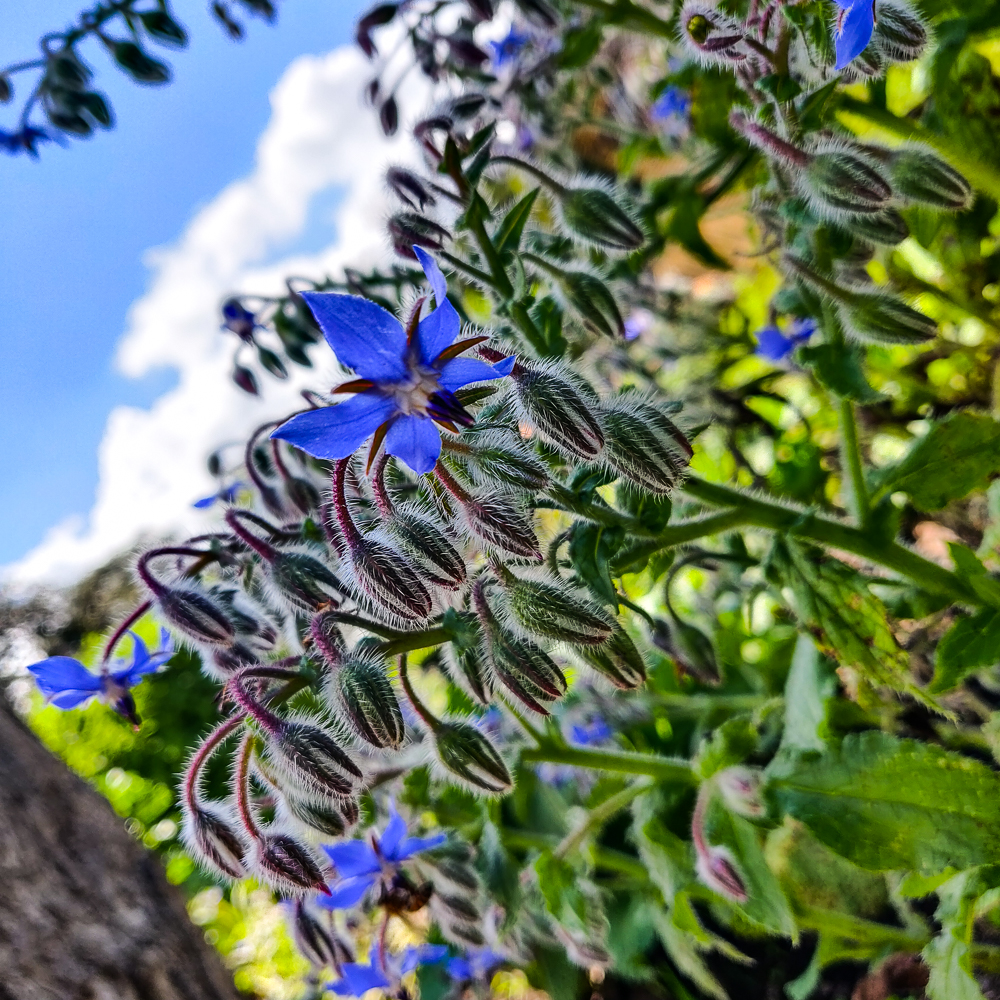

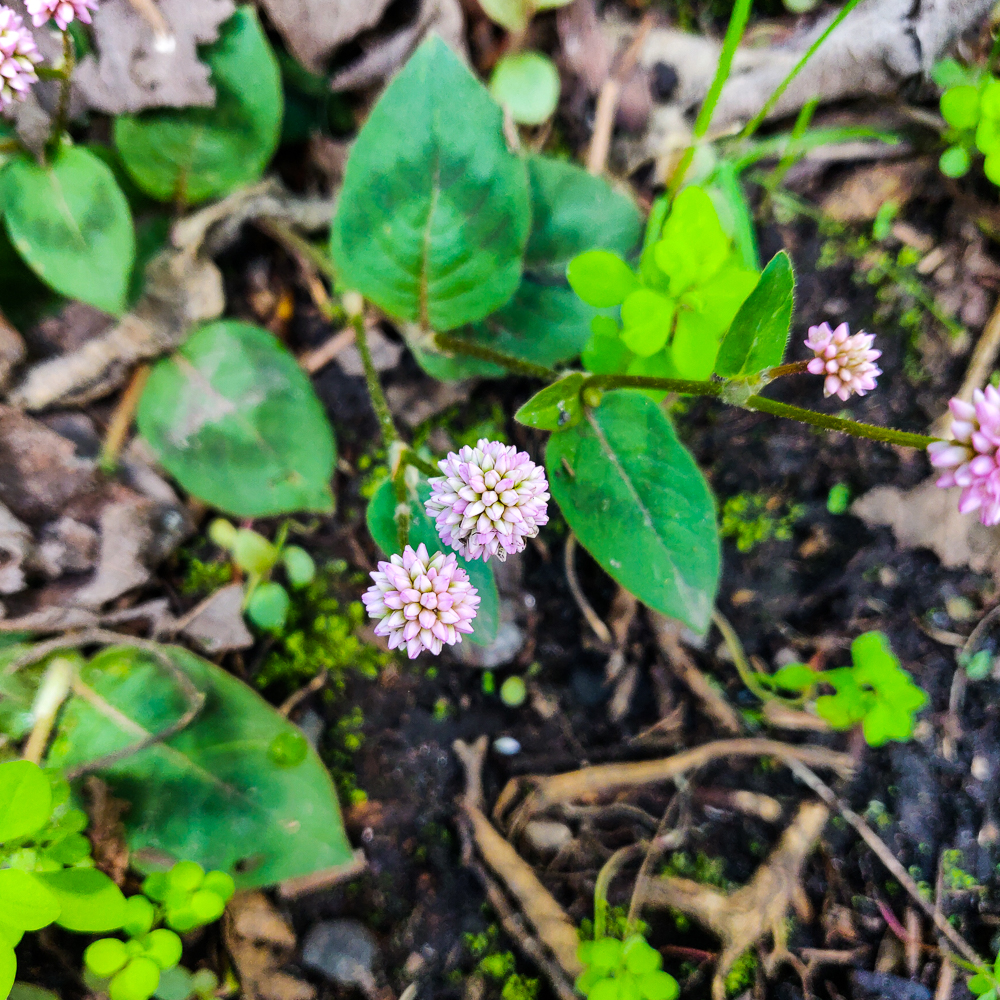
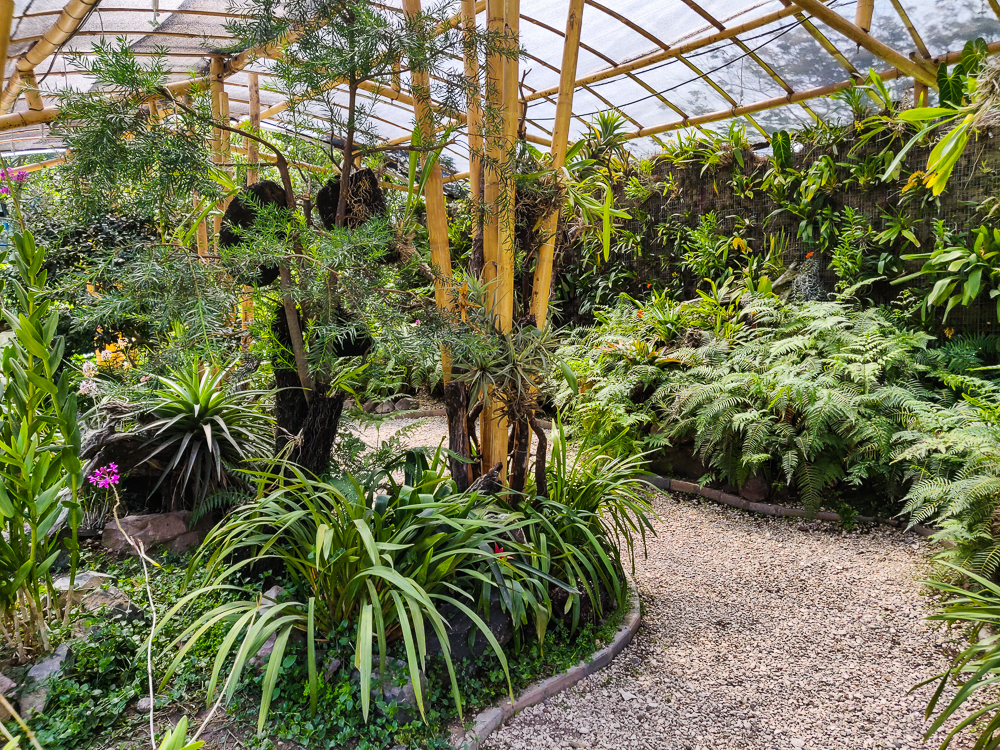
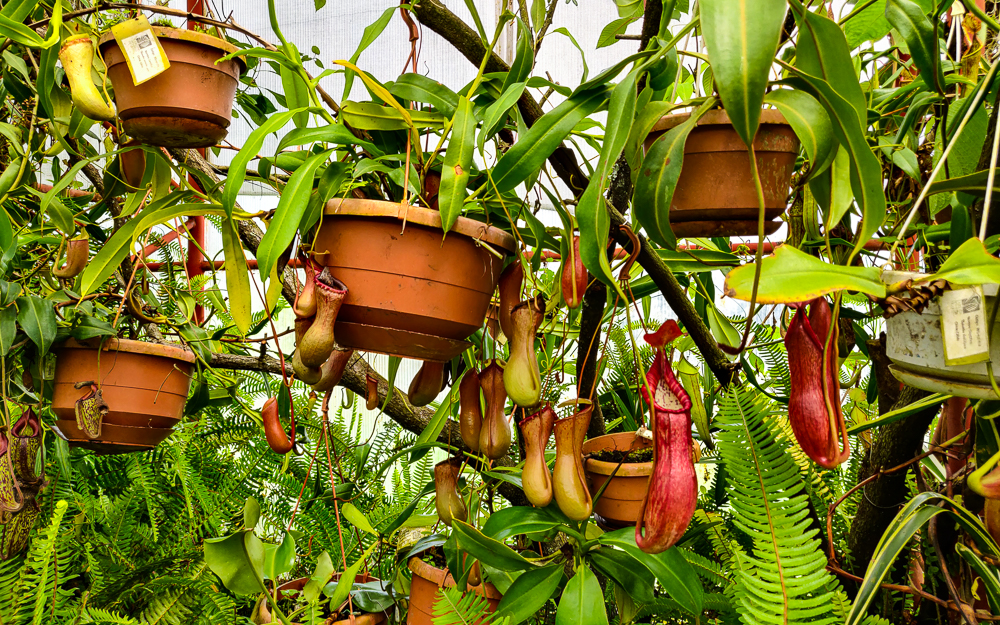
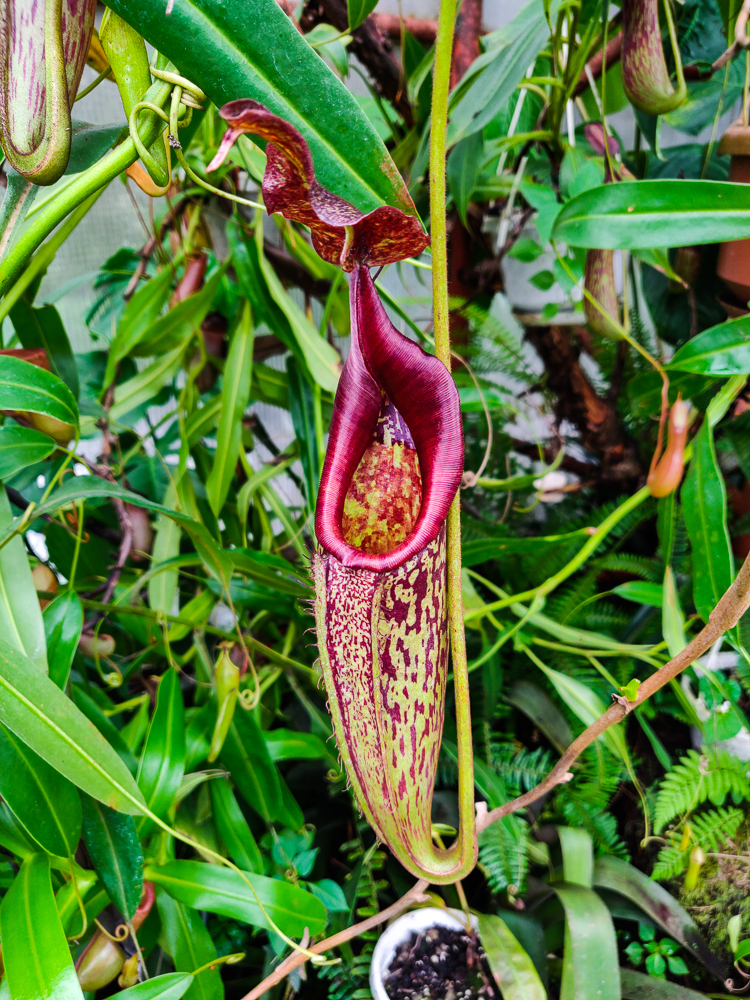
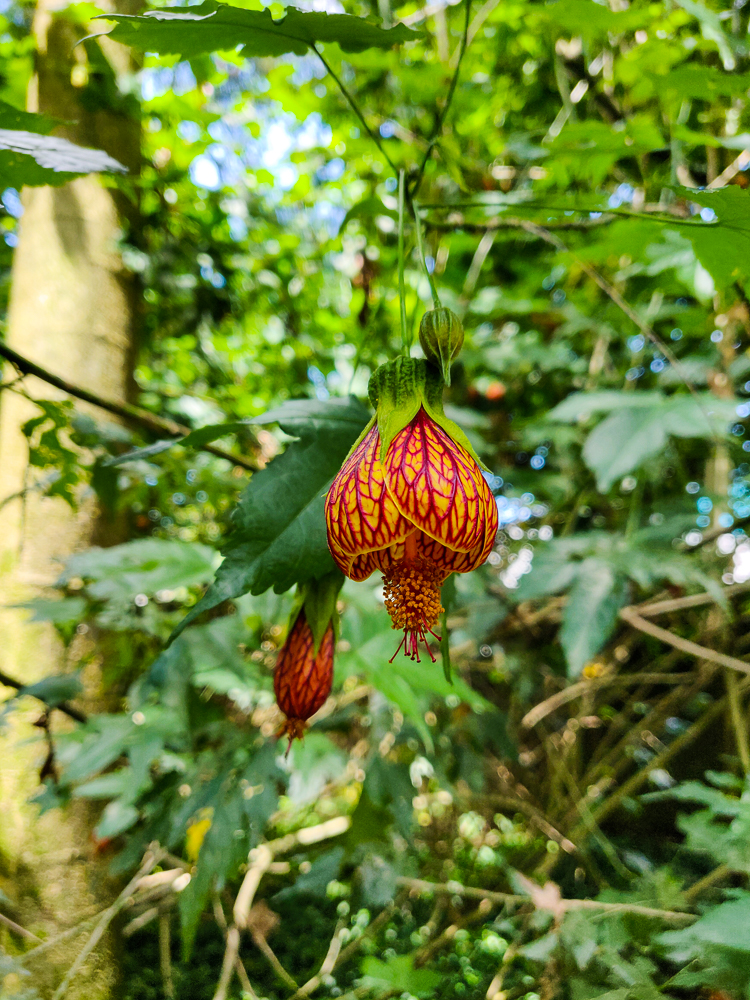
The orchid greenhouse was one of my favorites! There are over 4,000 identified species of orchids in Ecuador, and it has the most endemic orchid species (meaning they occur naturally ONLY in Ecuador) of any country – over 1,700! The botanical garden hosts more than 1,200 species. I didn’t know much about orchids and still don’t… BUT, now I’ve seen a ton of them, and I love them.
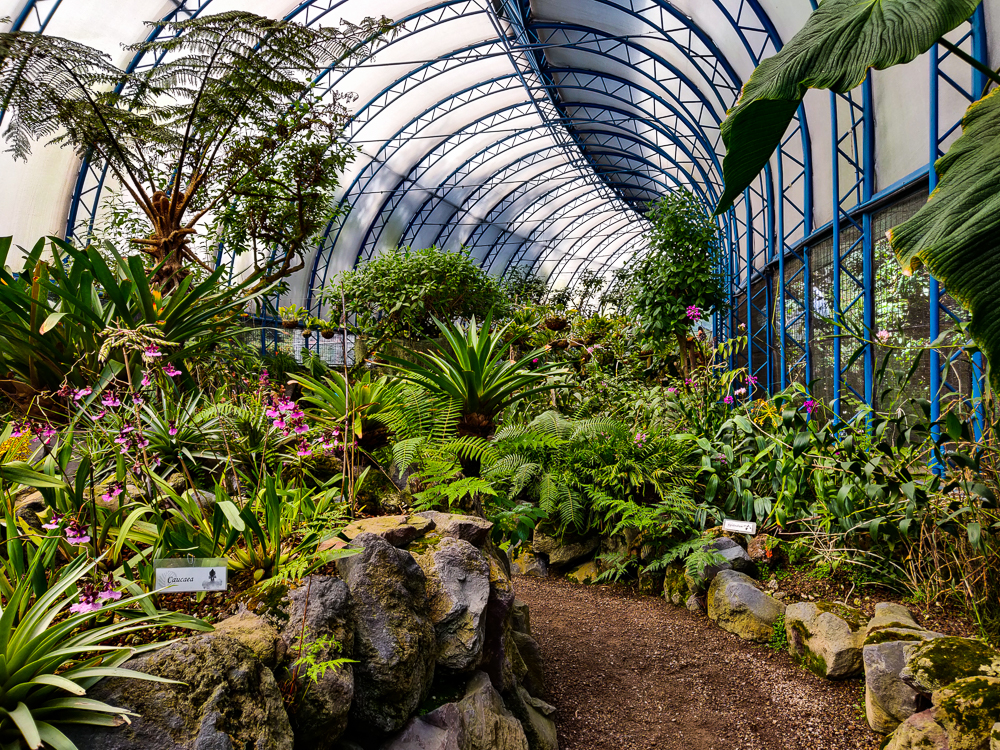
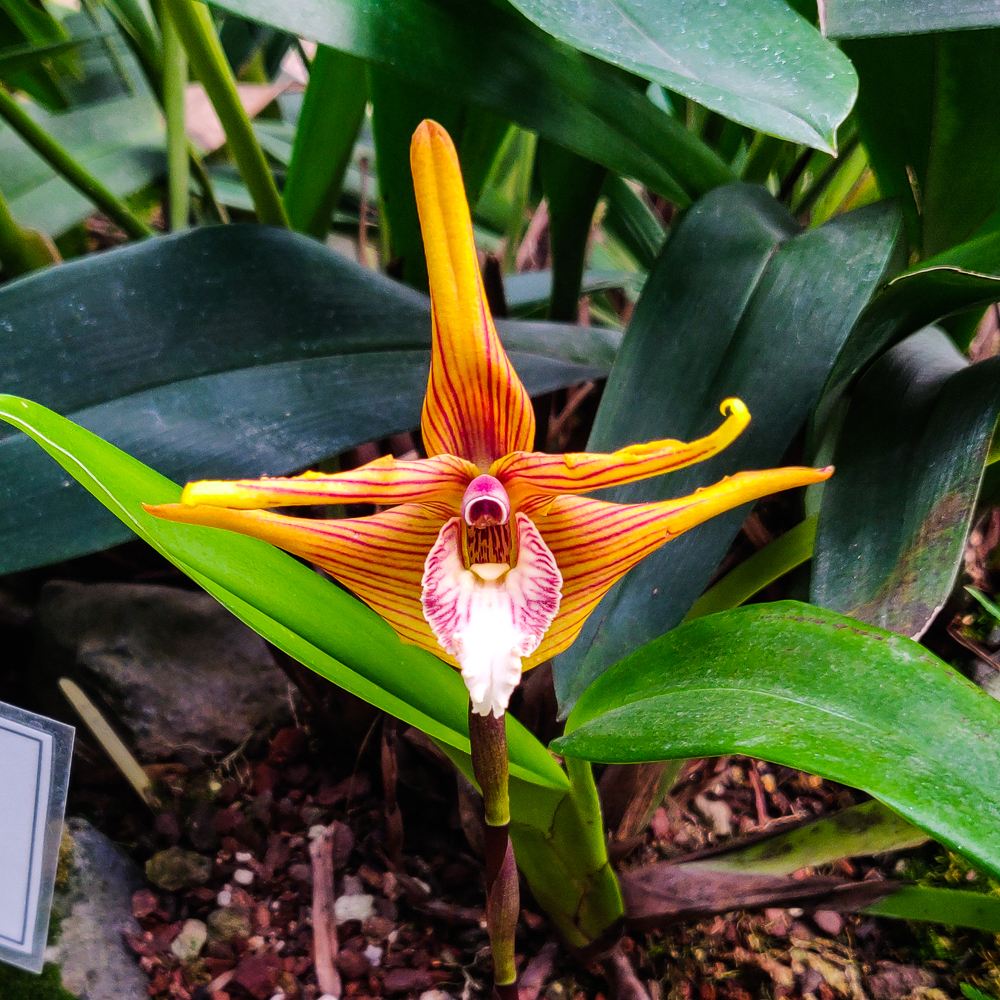
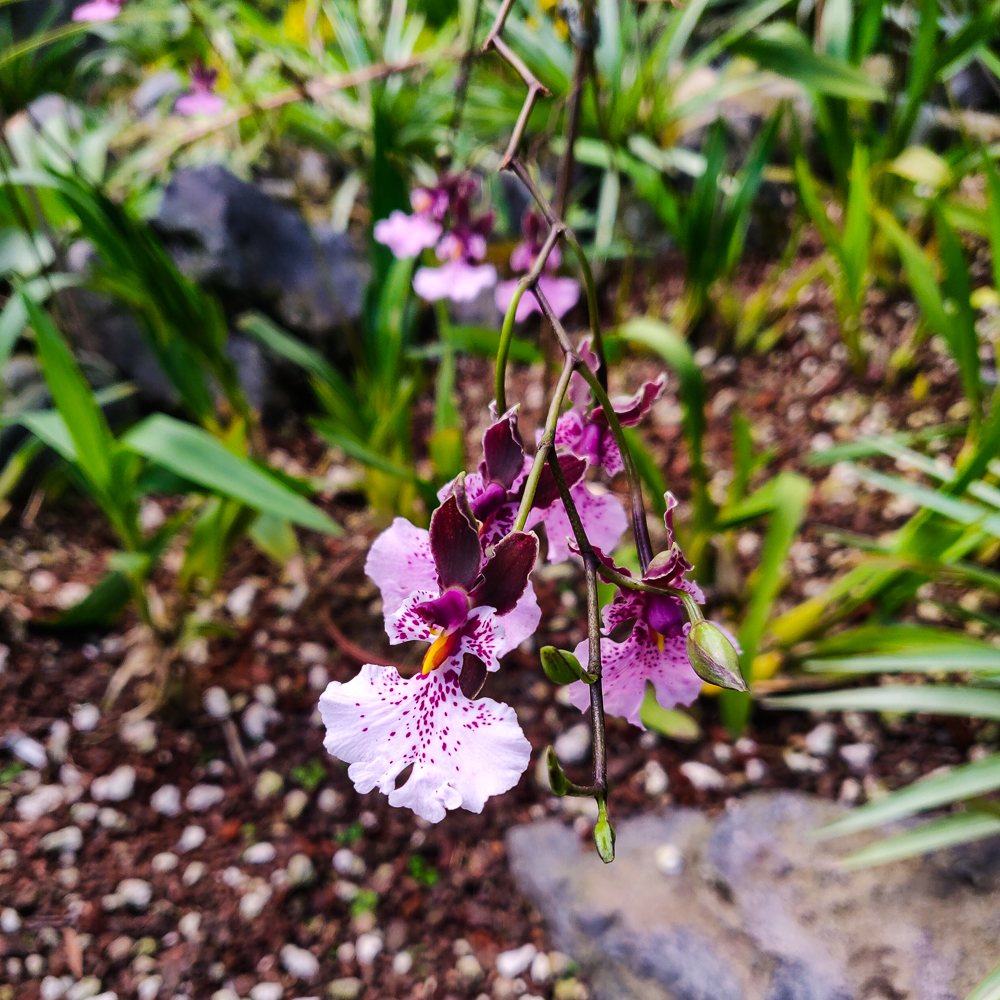
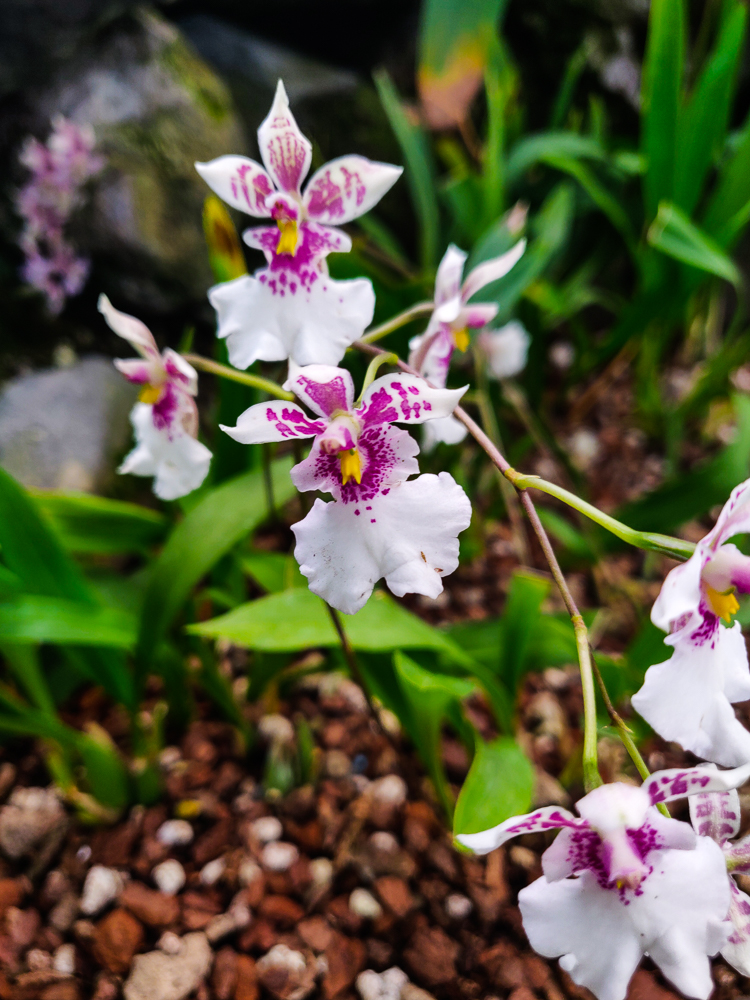
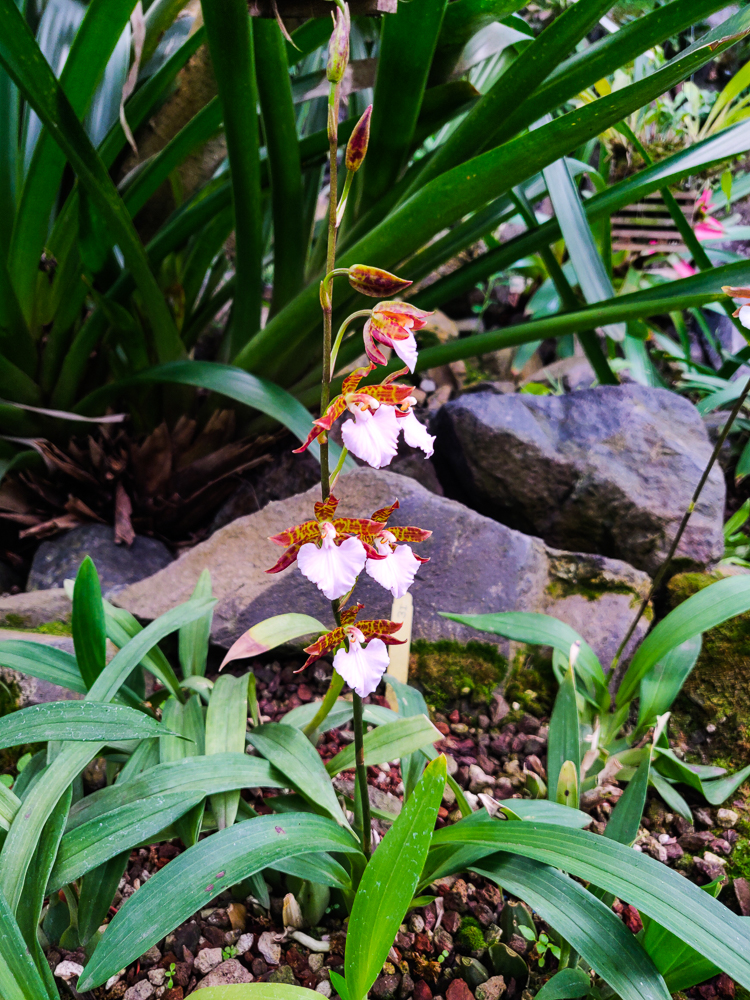

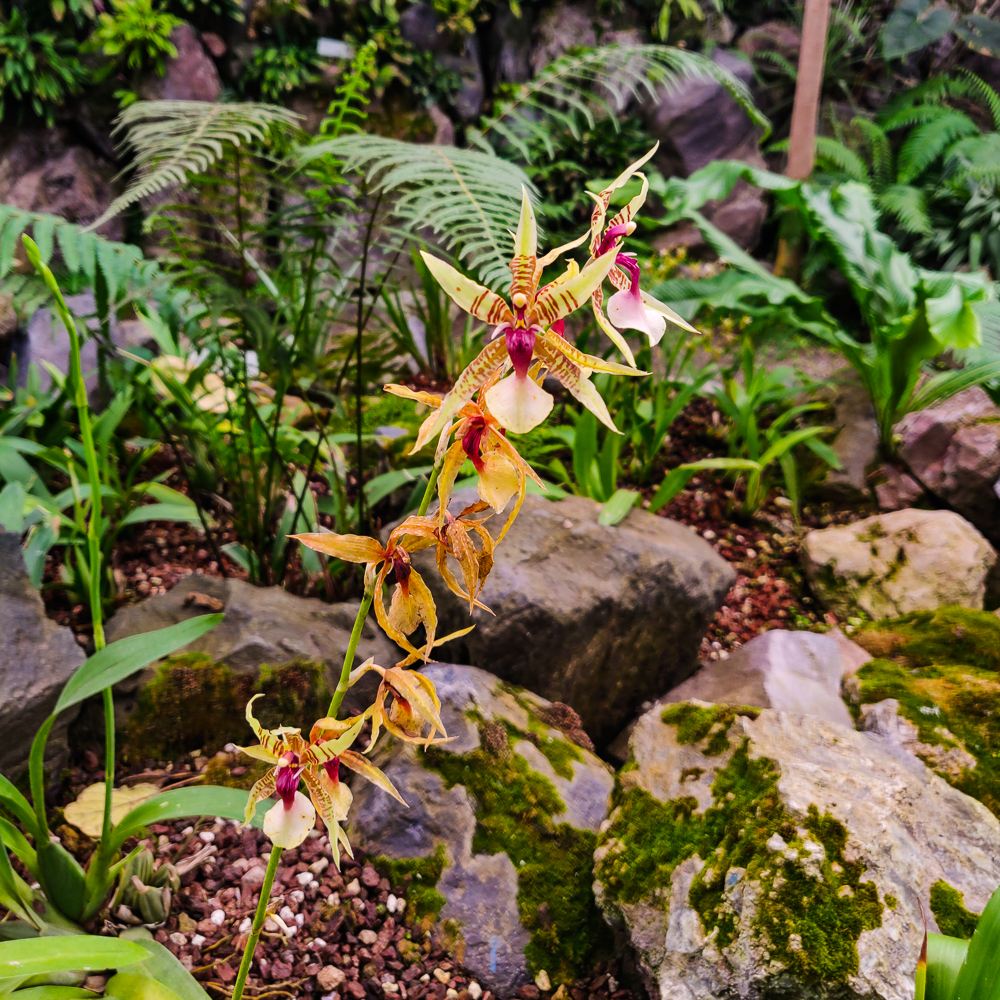
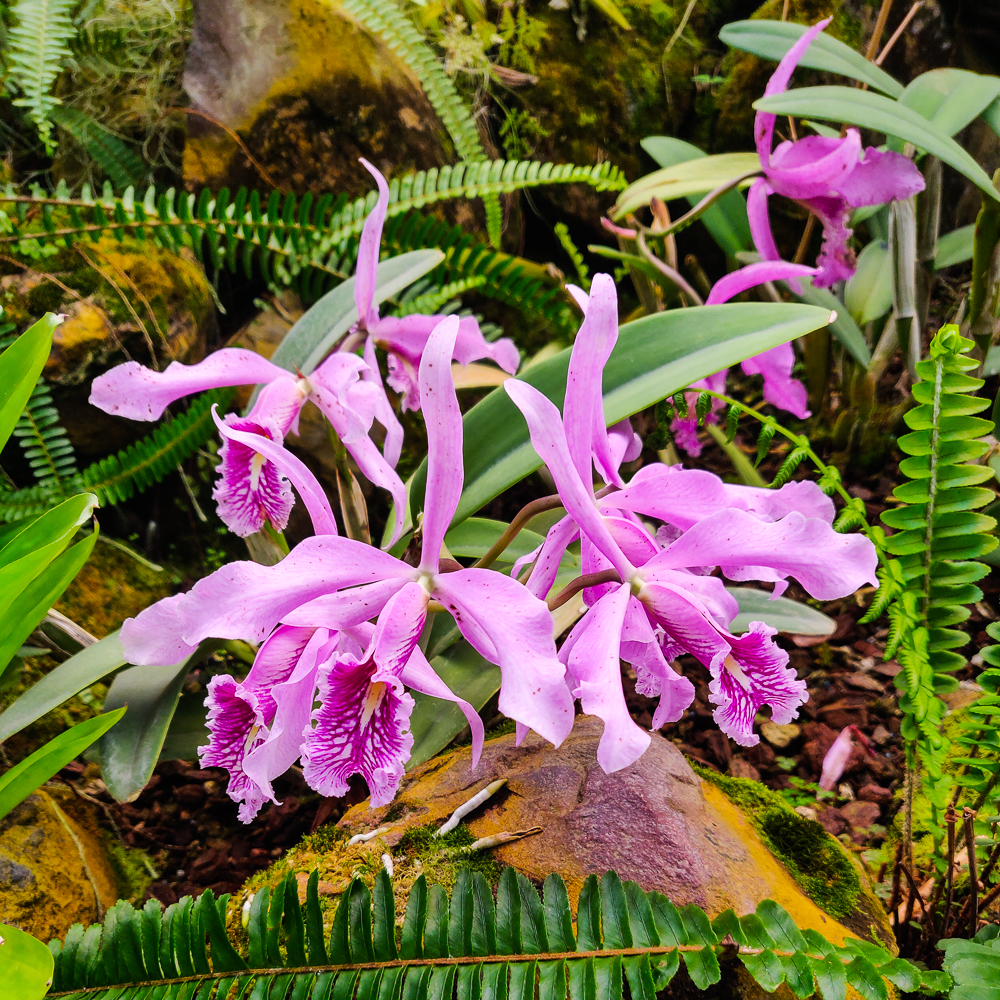
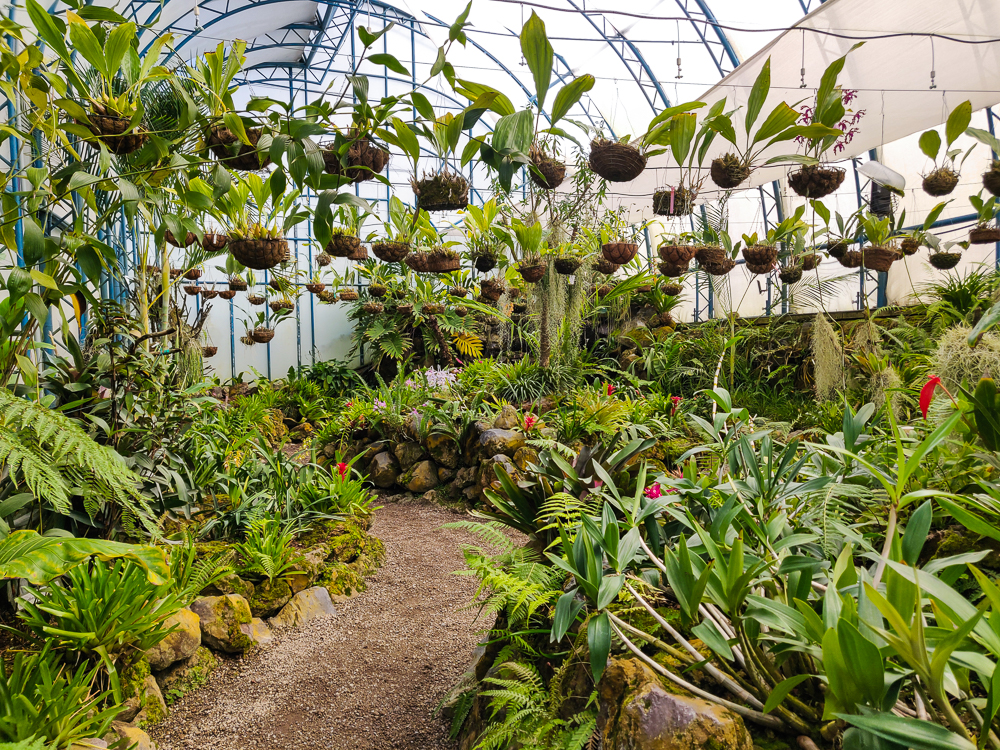
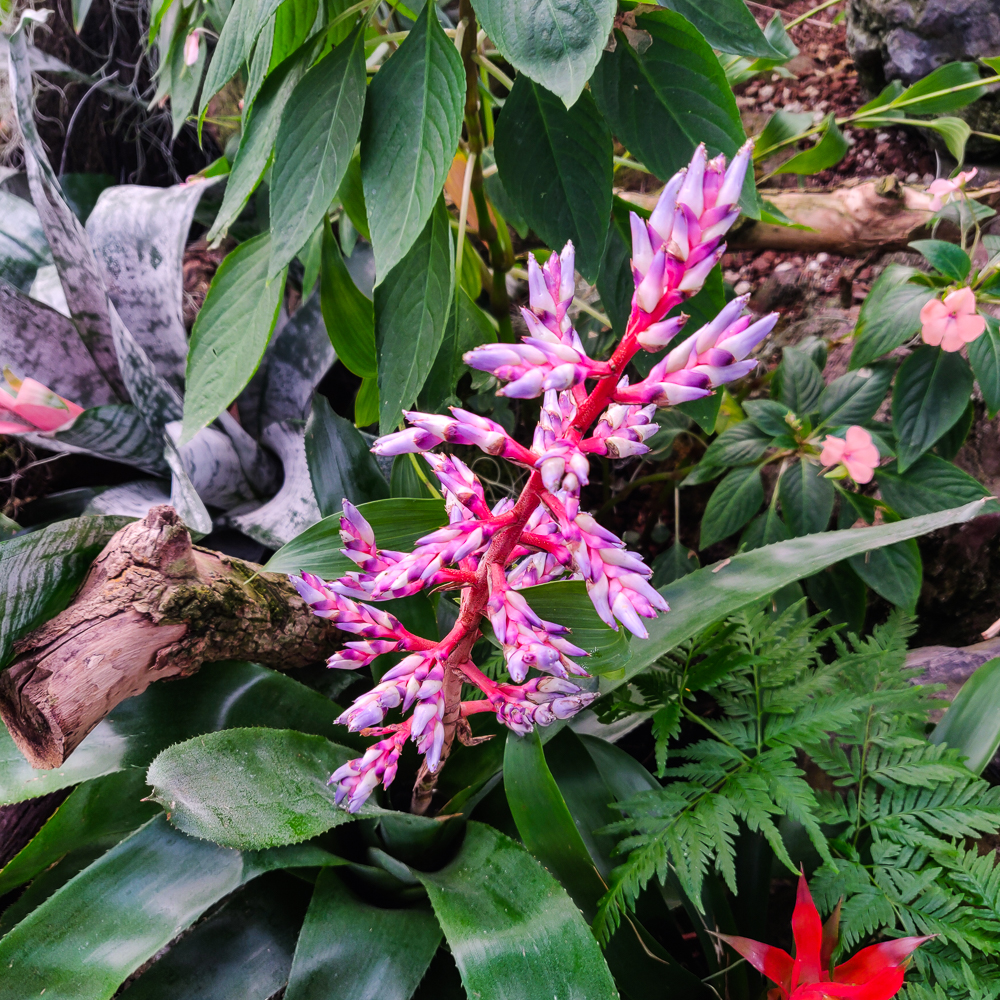
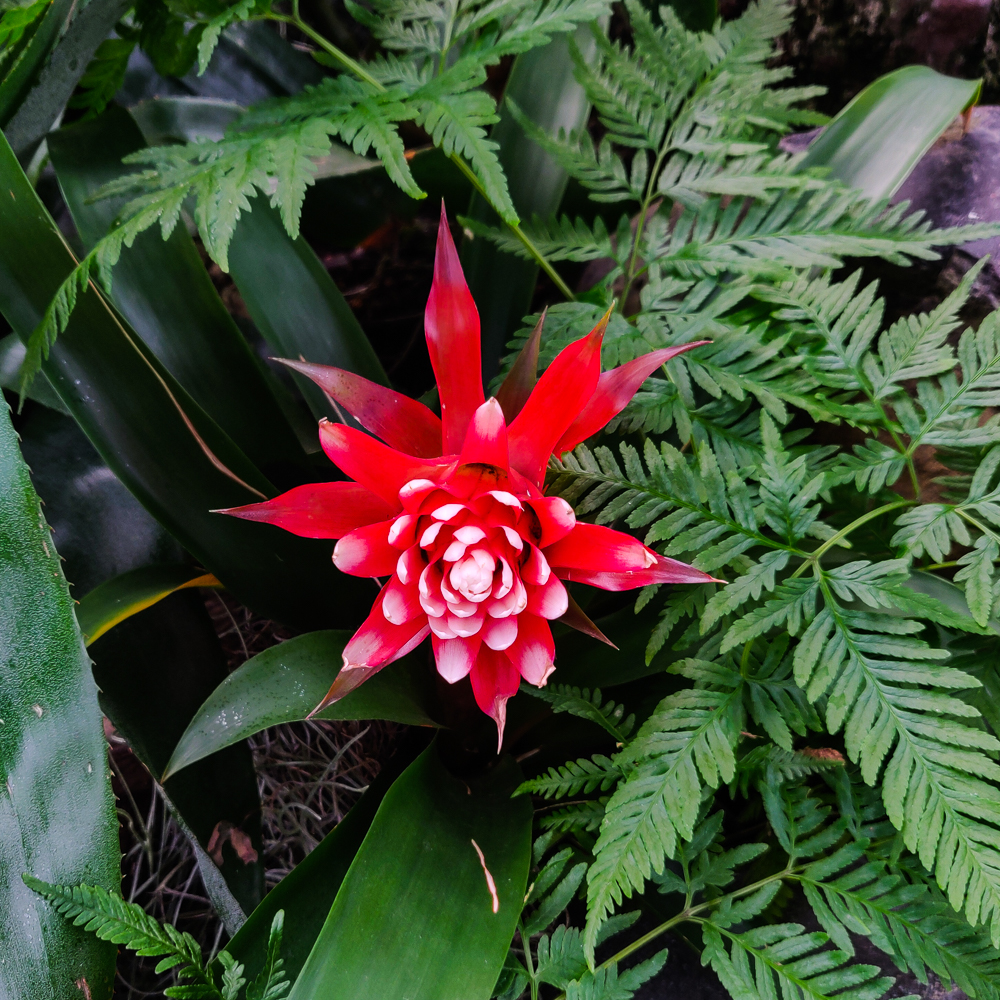
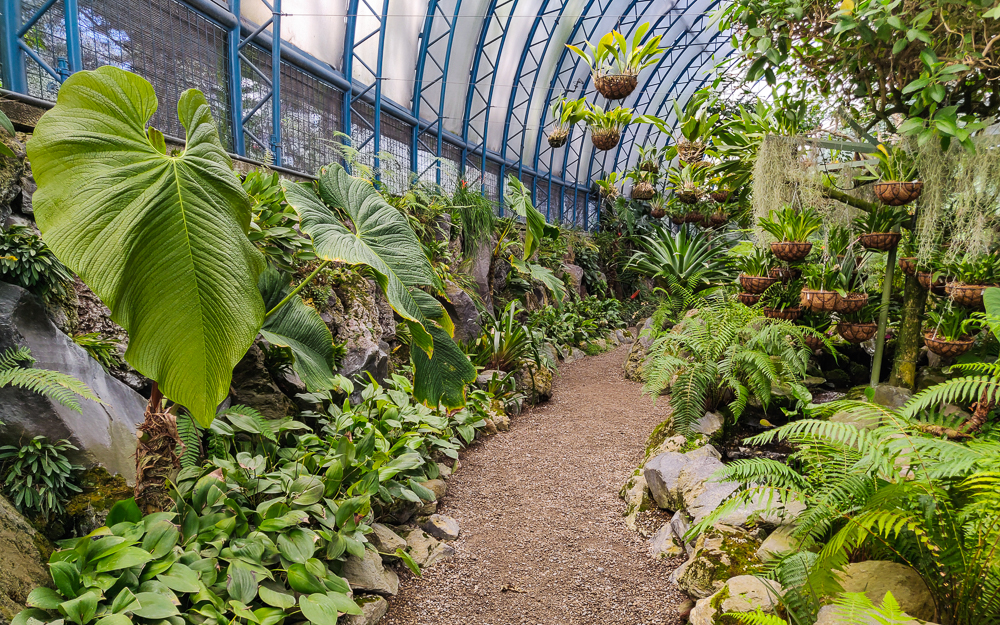
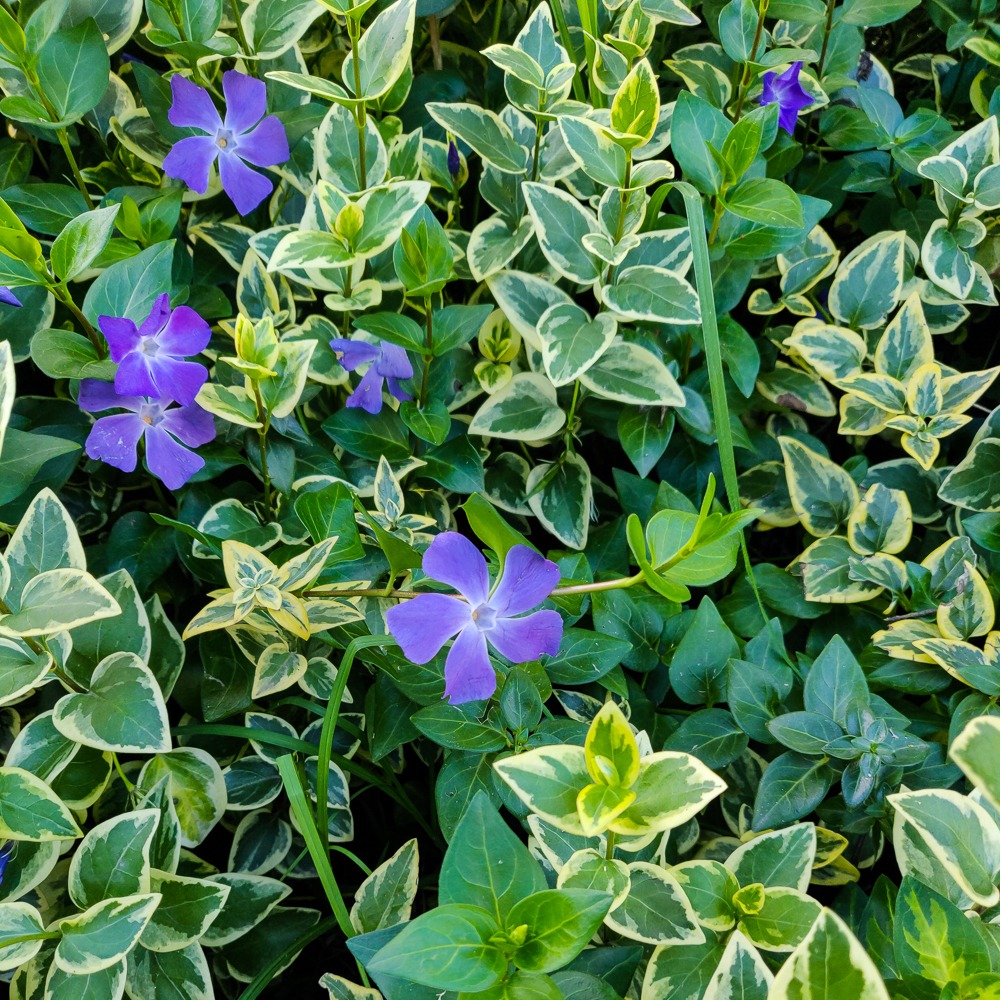
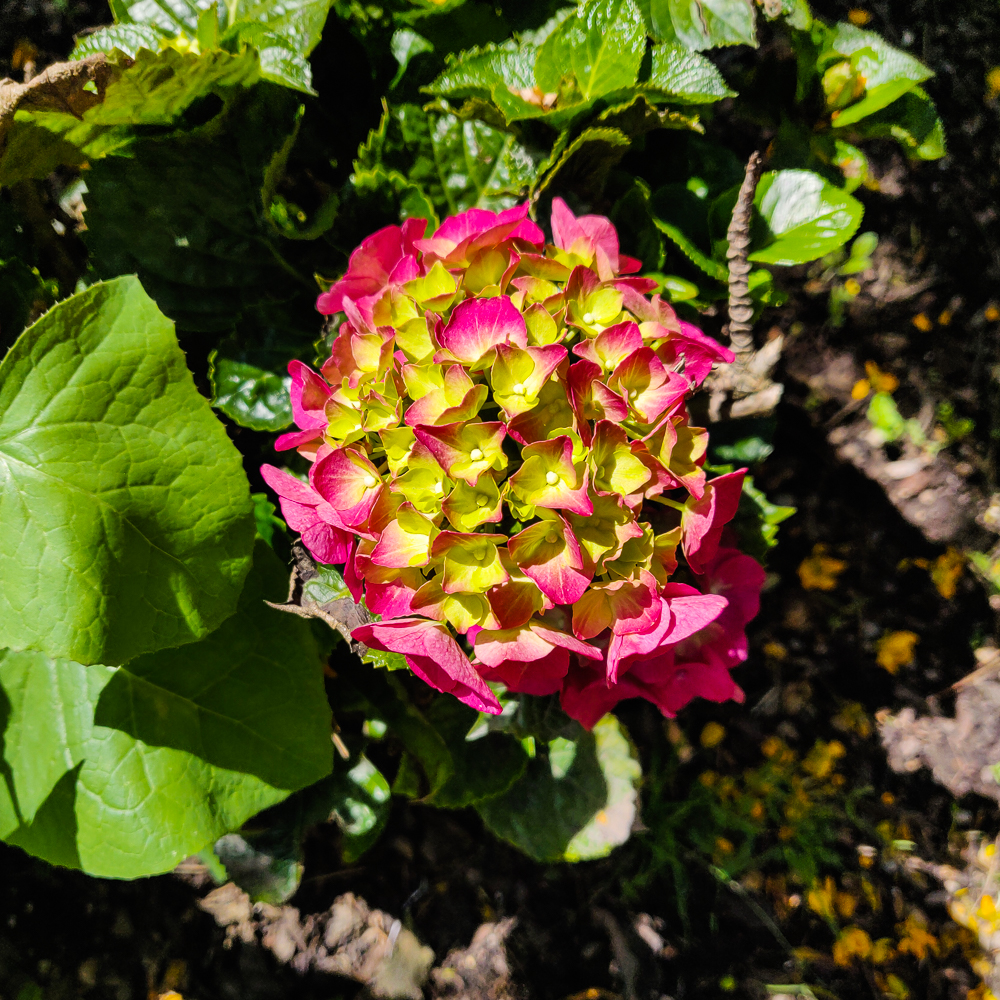
Eventually, my wanderings led me to the botanical gardens’ collection of bonsai trees. This was fantastic for multiple reasons. First, bonsai trees are fascinating. Second, they’re housed in the most incredible bamboo structure. I spent more time looking at the bamboo than I did the trees… oops. But come on, can you blame me? Check it out.
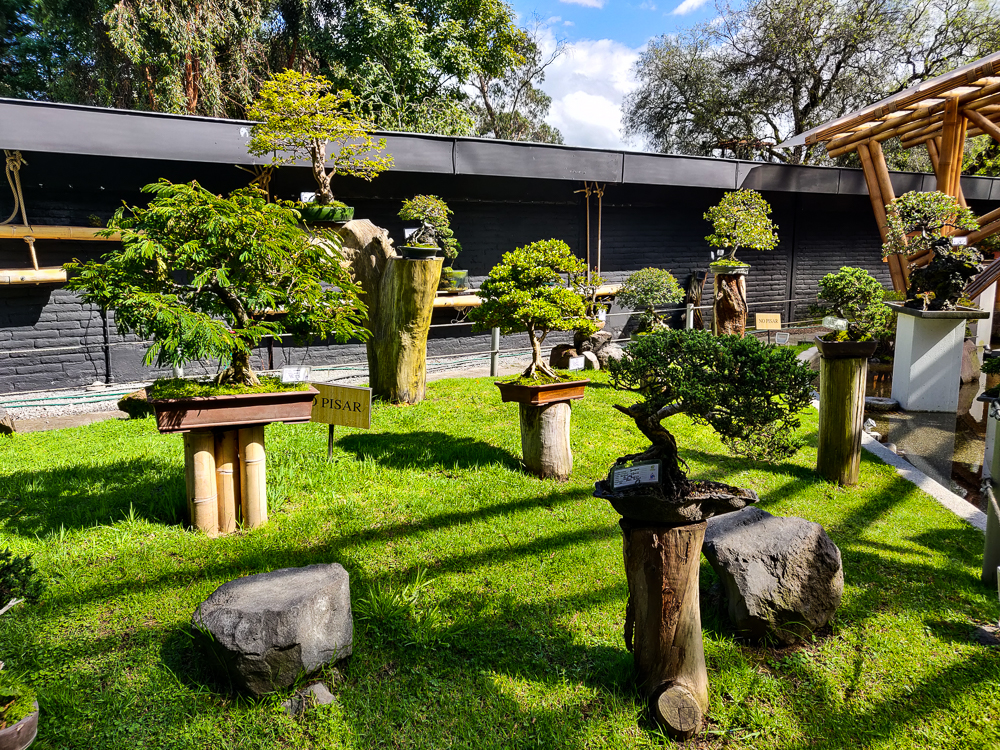
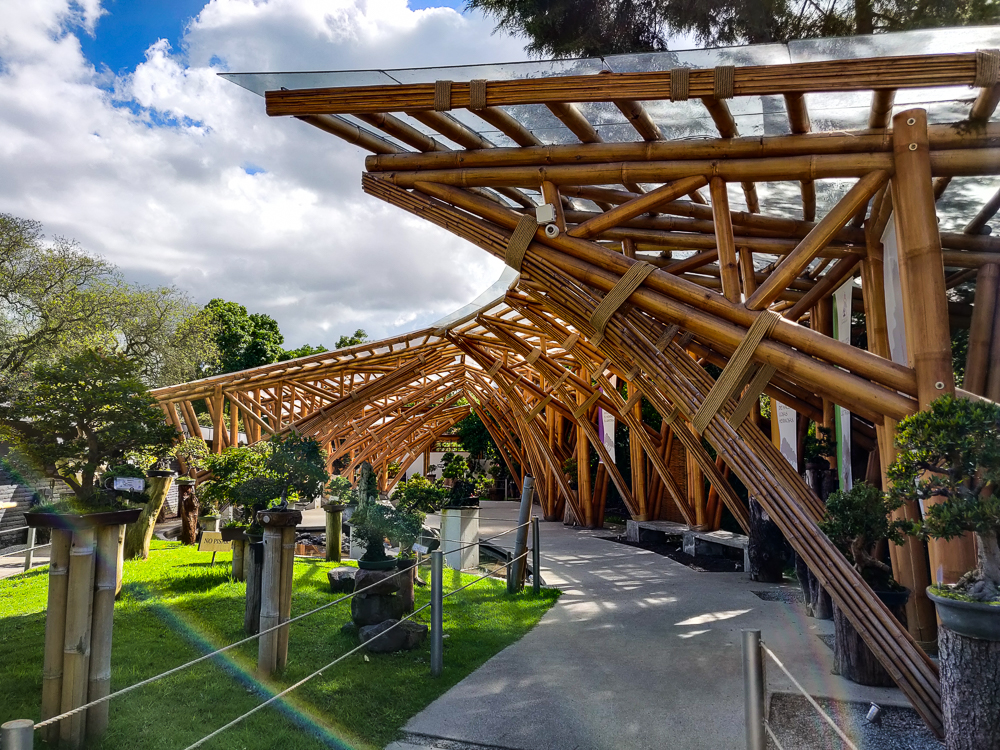
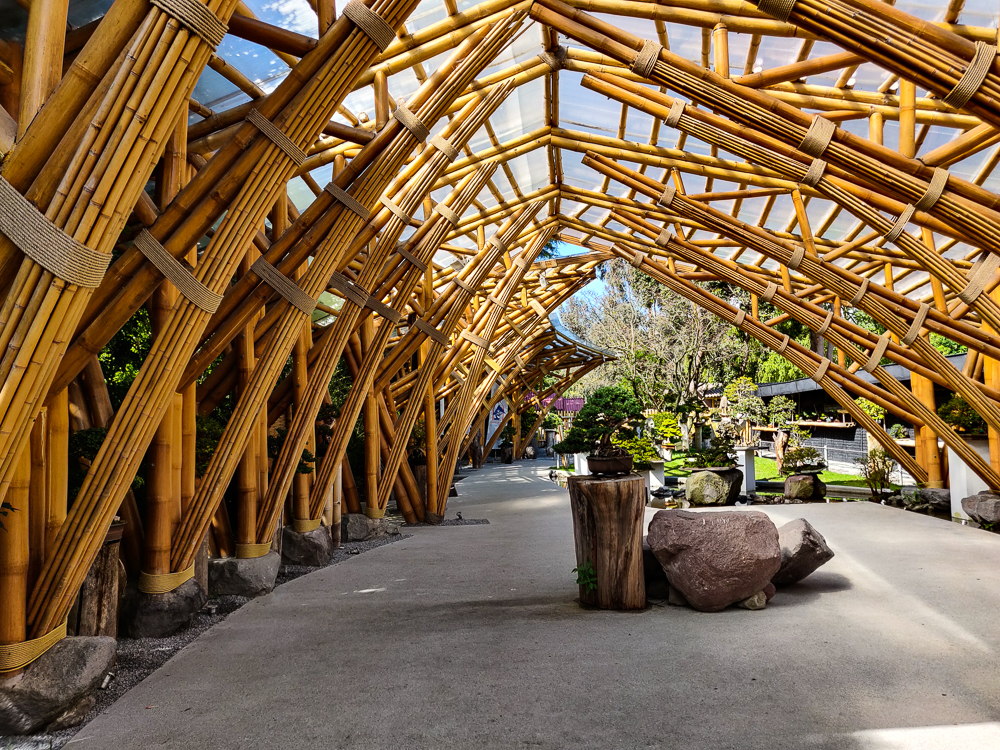

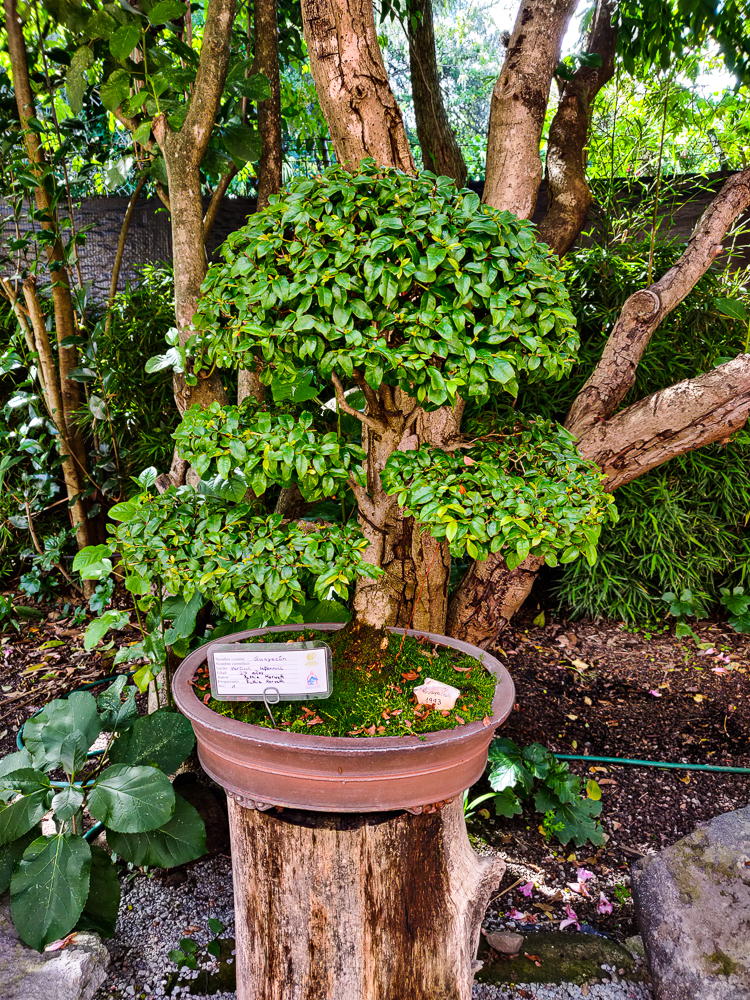
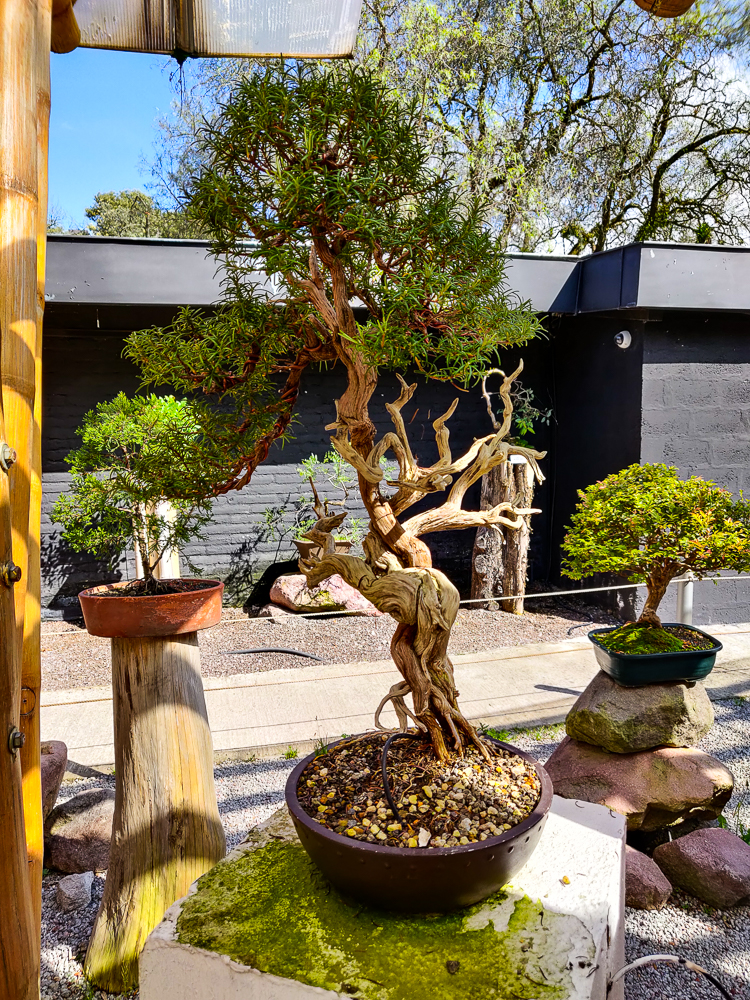
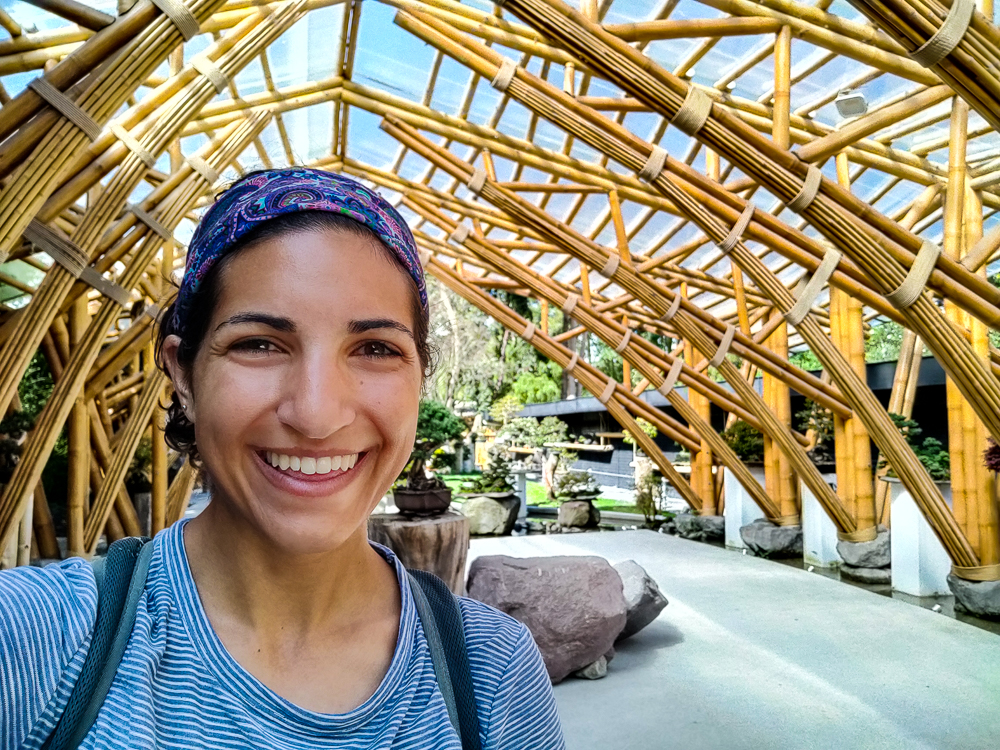
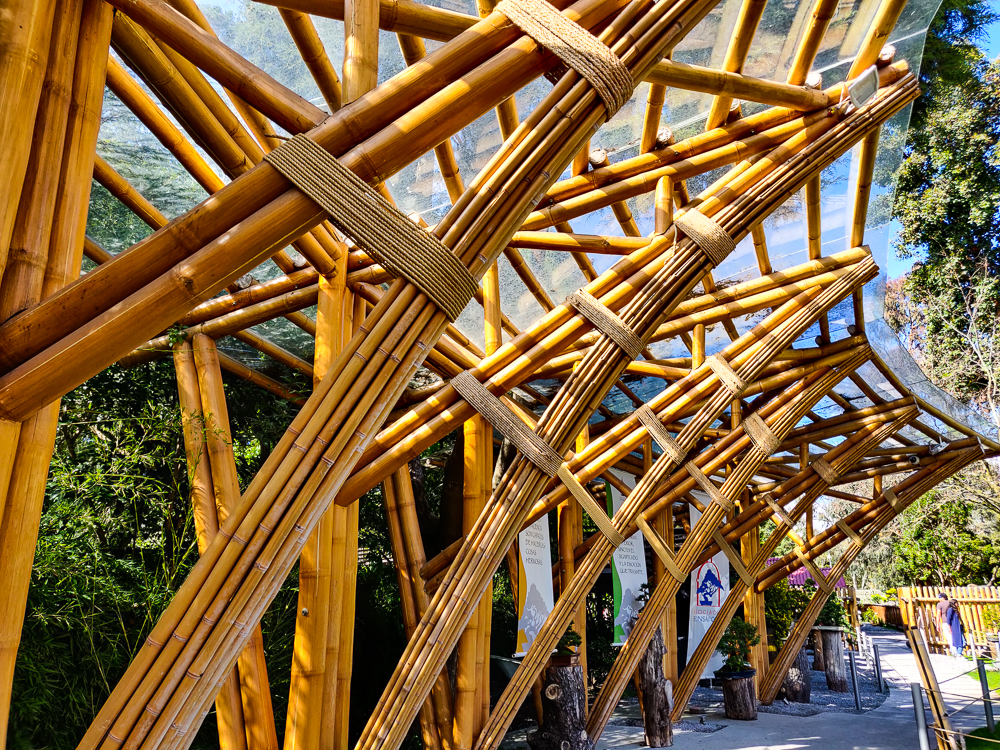
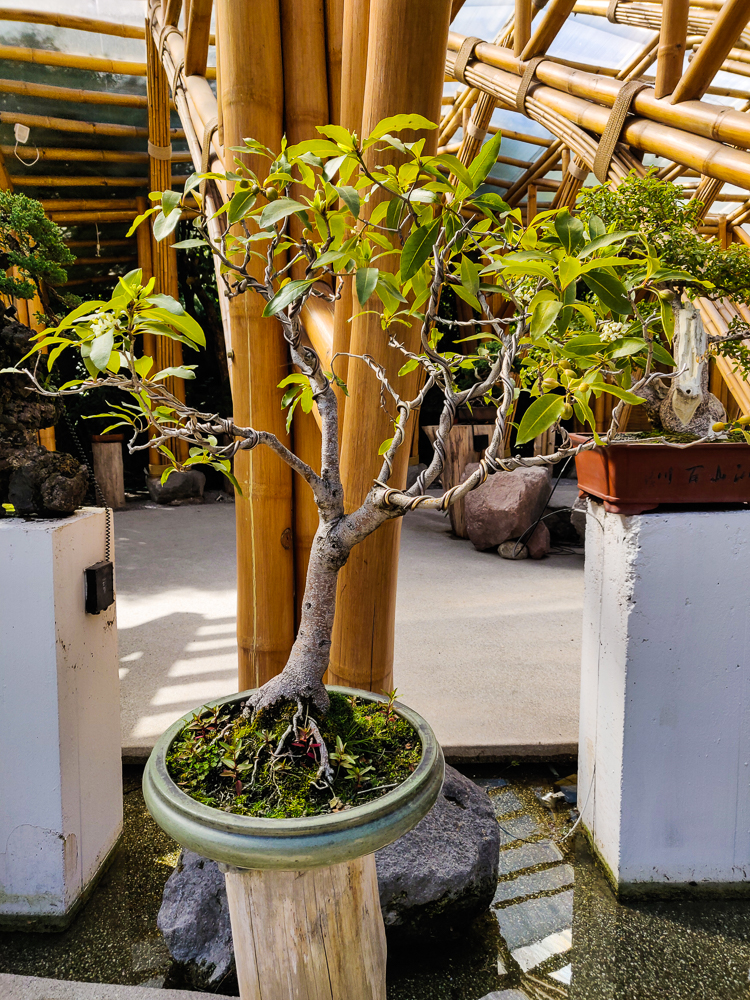
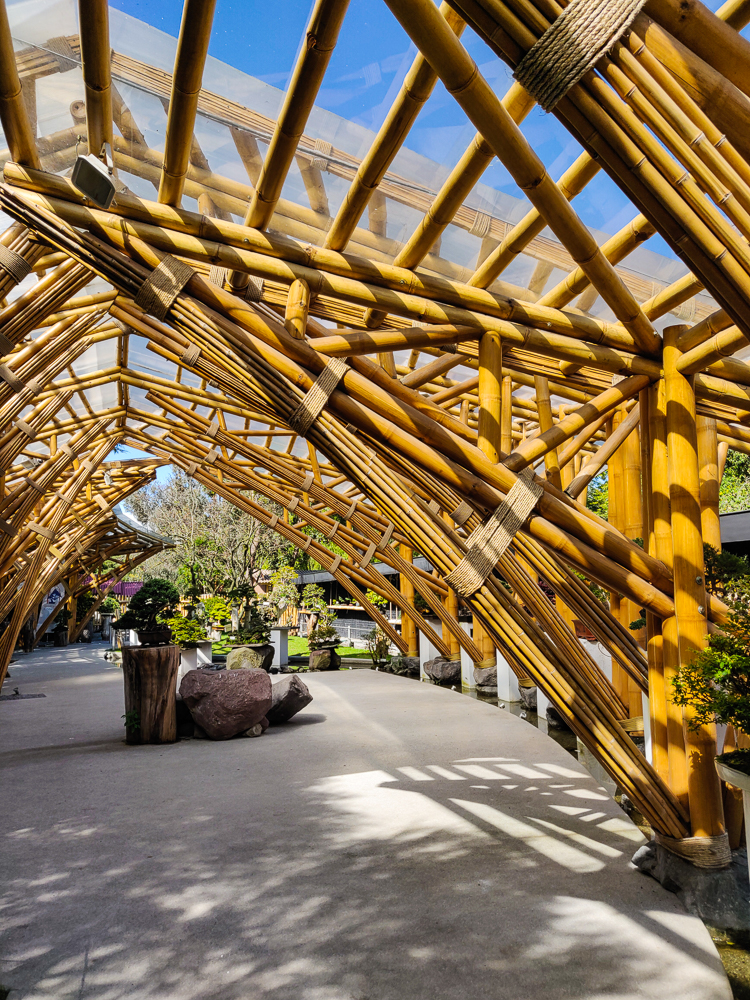
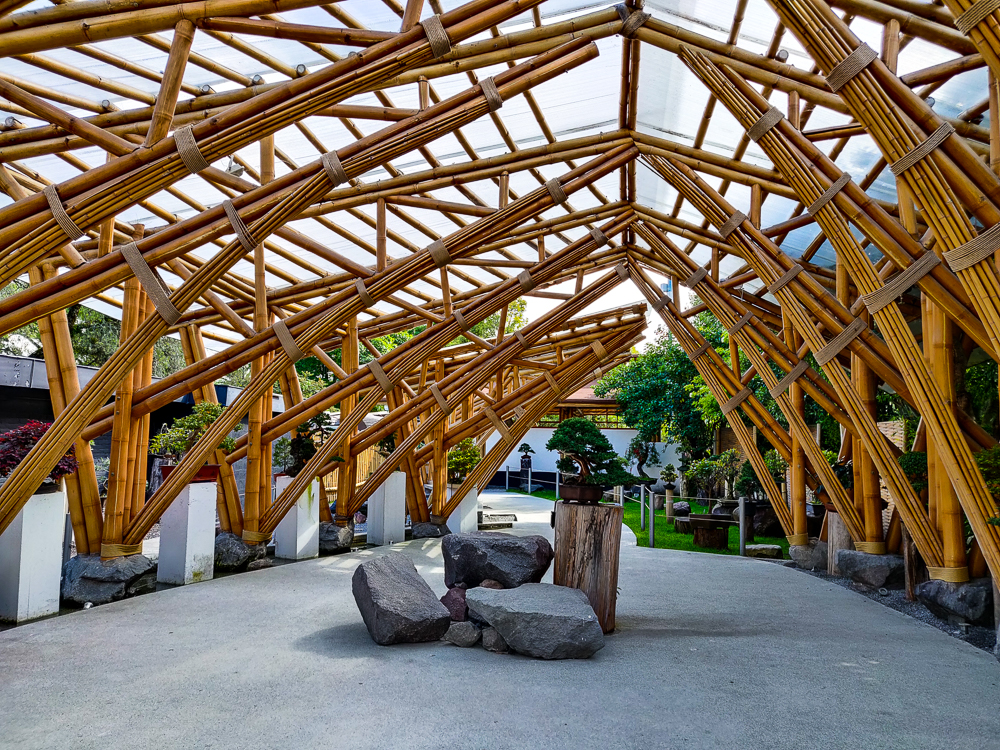
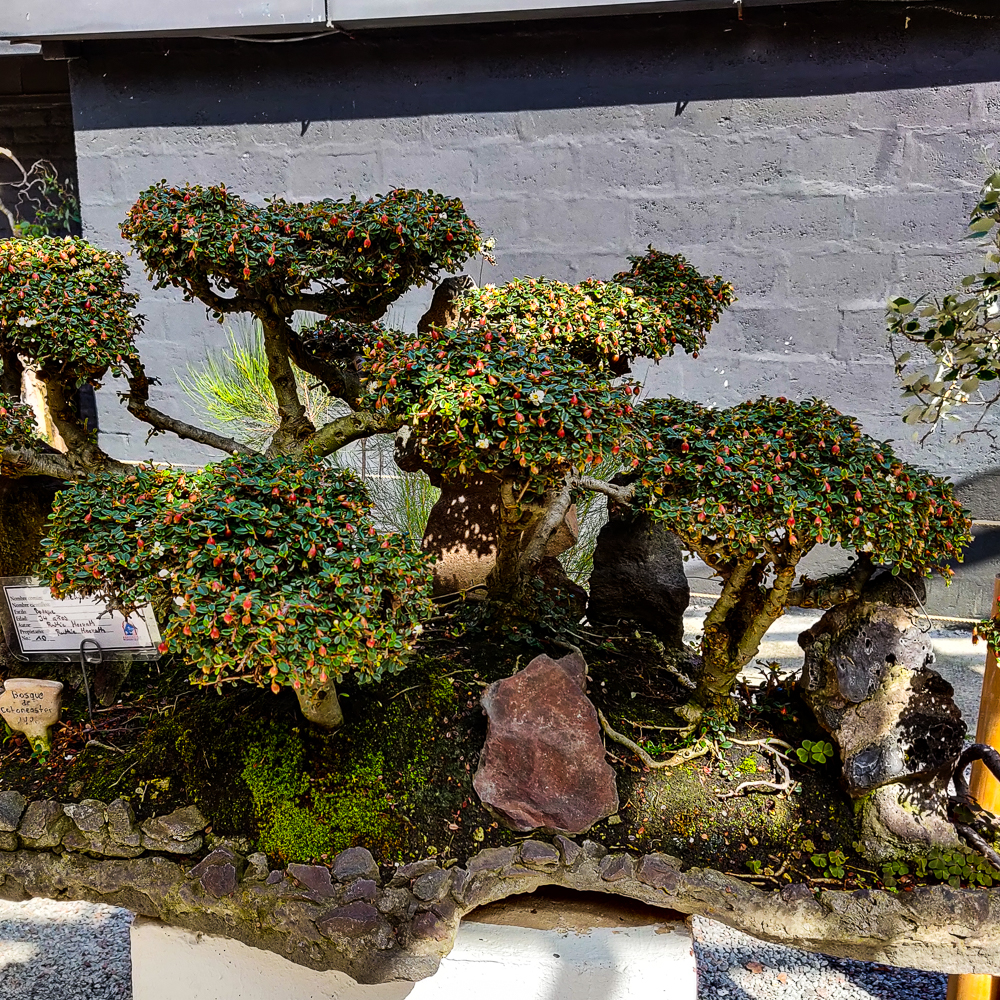
I ended my visit in the Zen garden and, since I had nowhere to be, I spent nearly an hour sitting by the pond, enjoying the peace and quiet and reading a book. The botanical gardens are in the middle of a busy park, but somehow, they block out the noise and feel like a secret, silent oasis.
Altogether, I spent about 4 hours in the gardens. I was shocked when I checked my watch. It was like a time warp! It was also the perfect way to start my time in Quito and ease back into sightseeing mode. Calm, relaxing, and beautiful… what more could you want?
